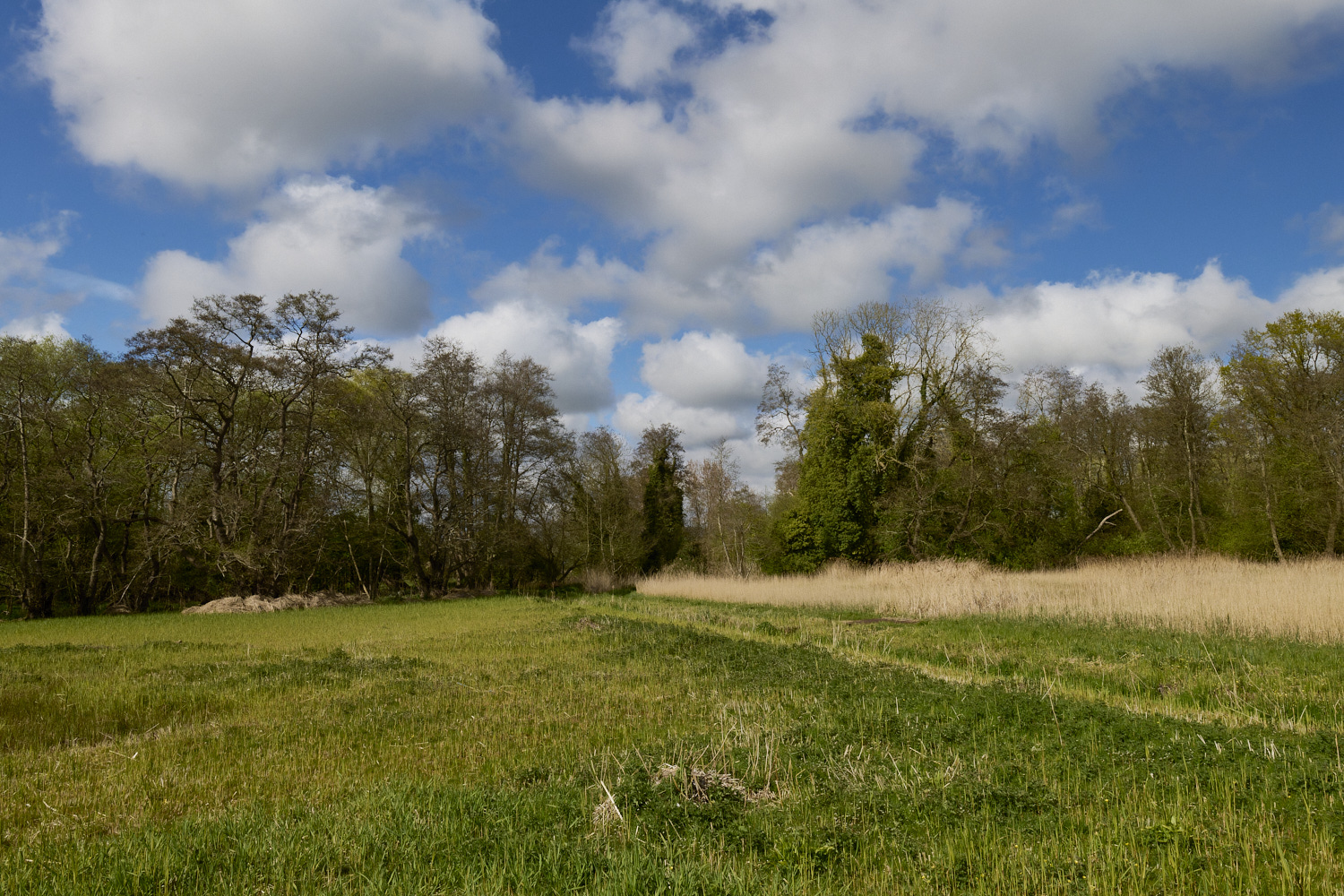Upton Fen

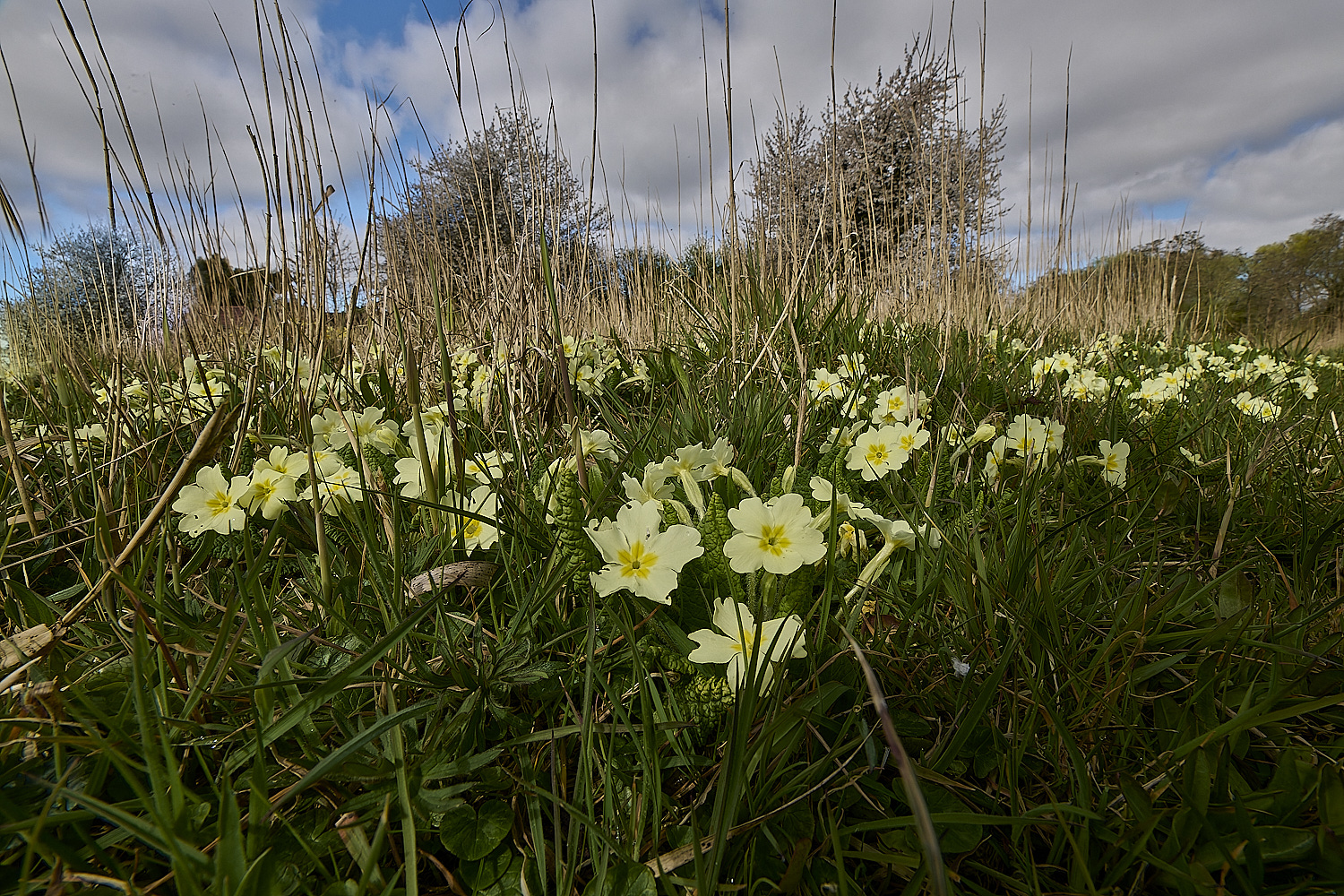
Primrose (Primula vulgaris)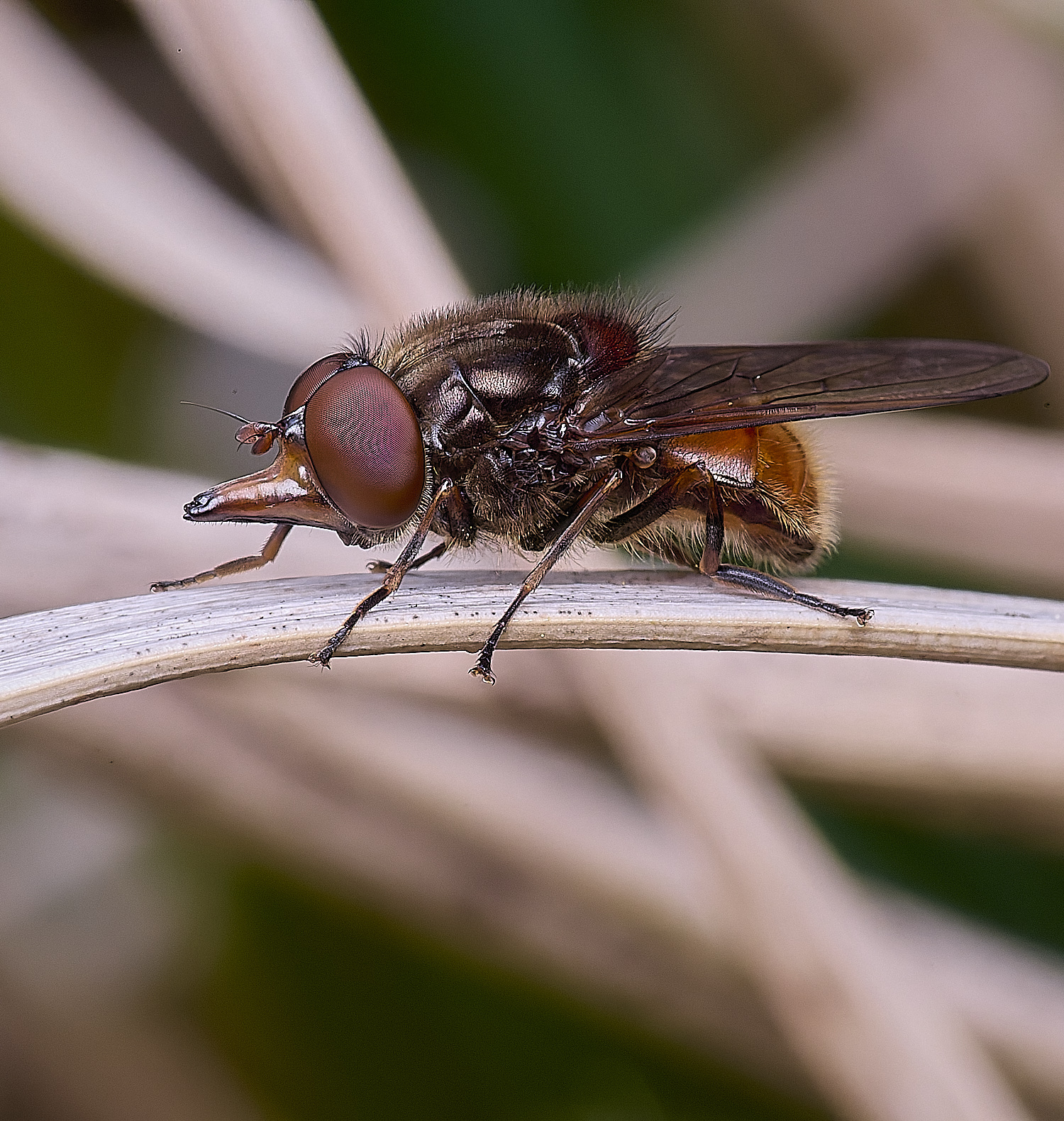
Common Snout (Rhinga campestris) 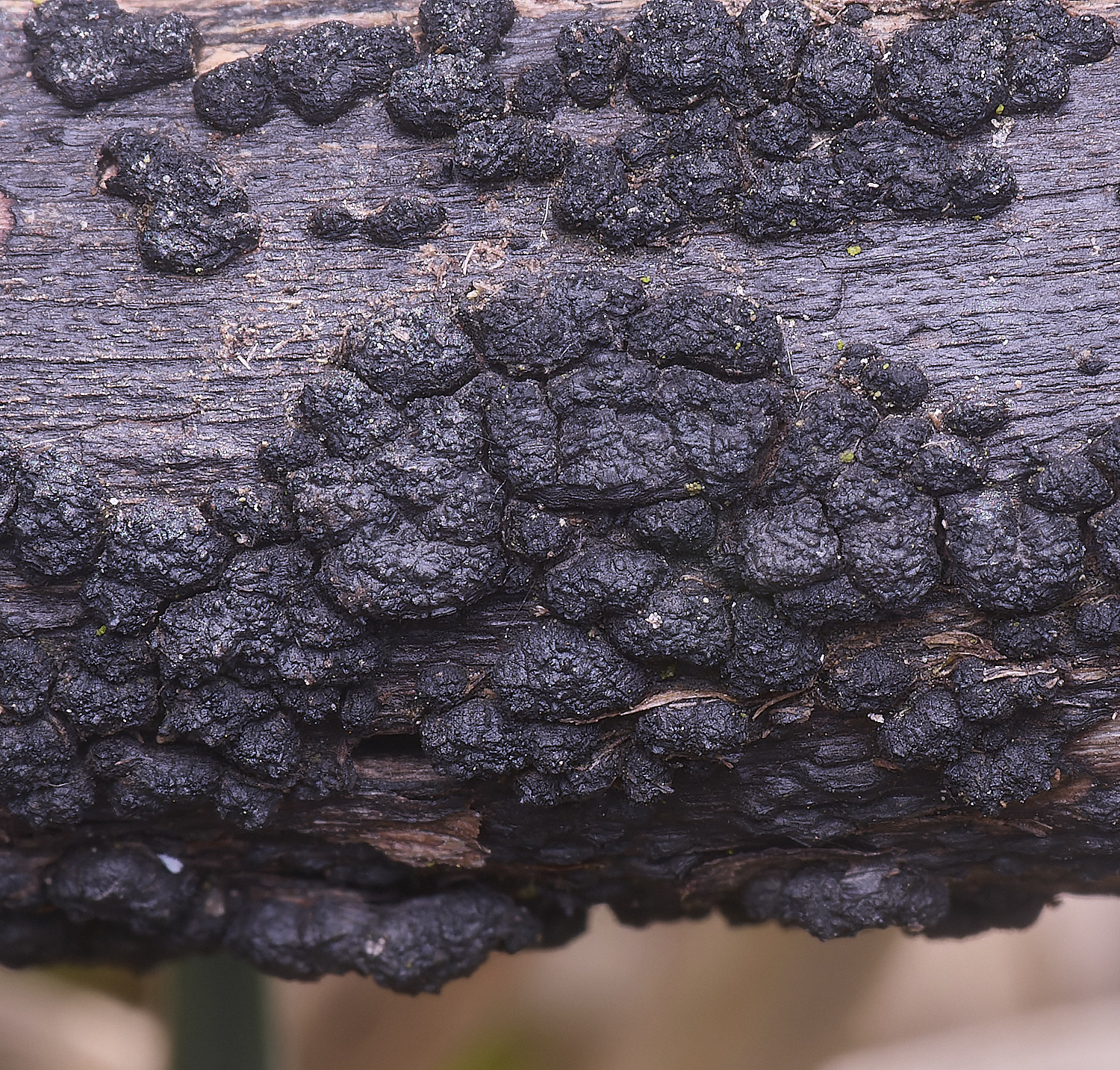
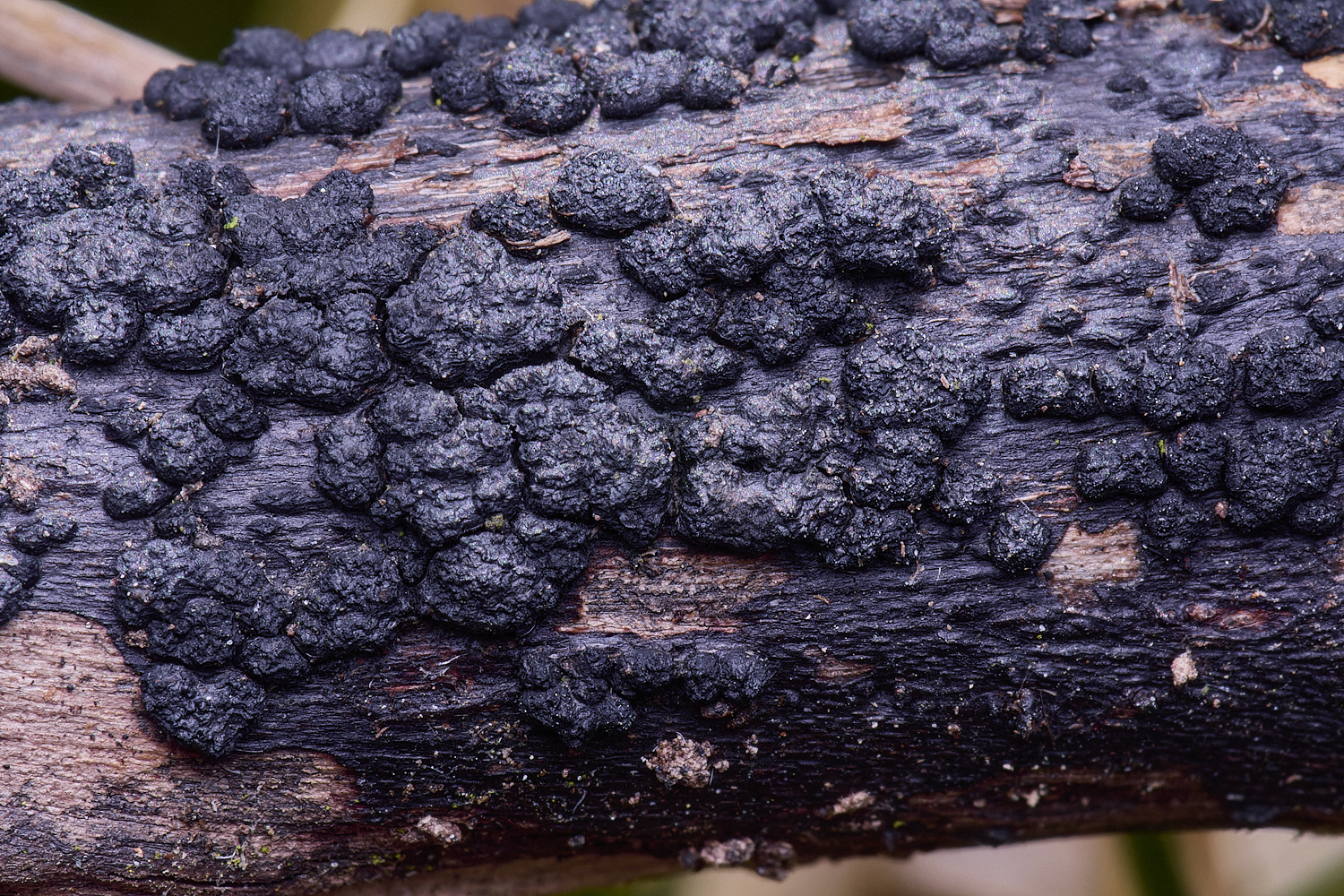
Eutypella leprosa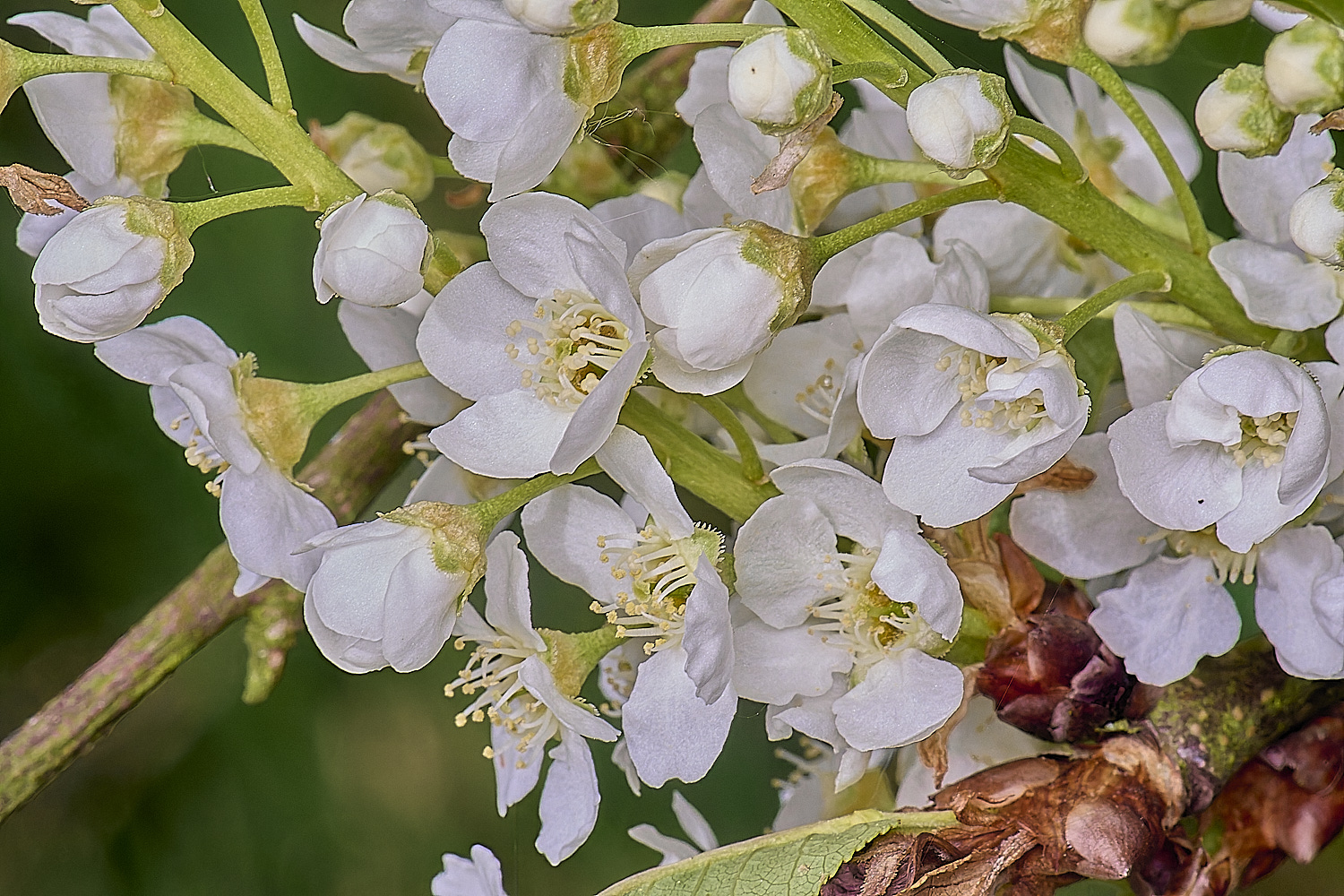



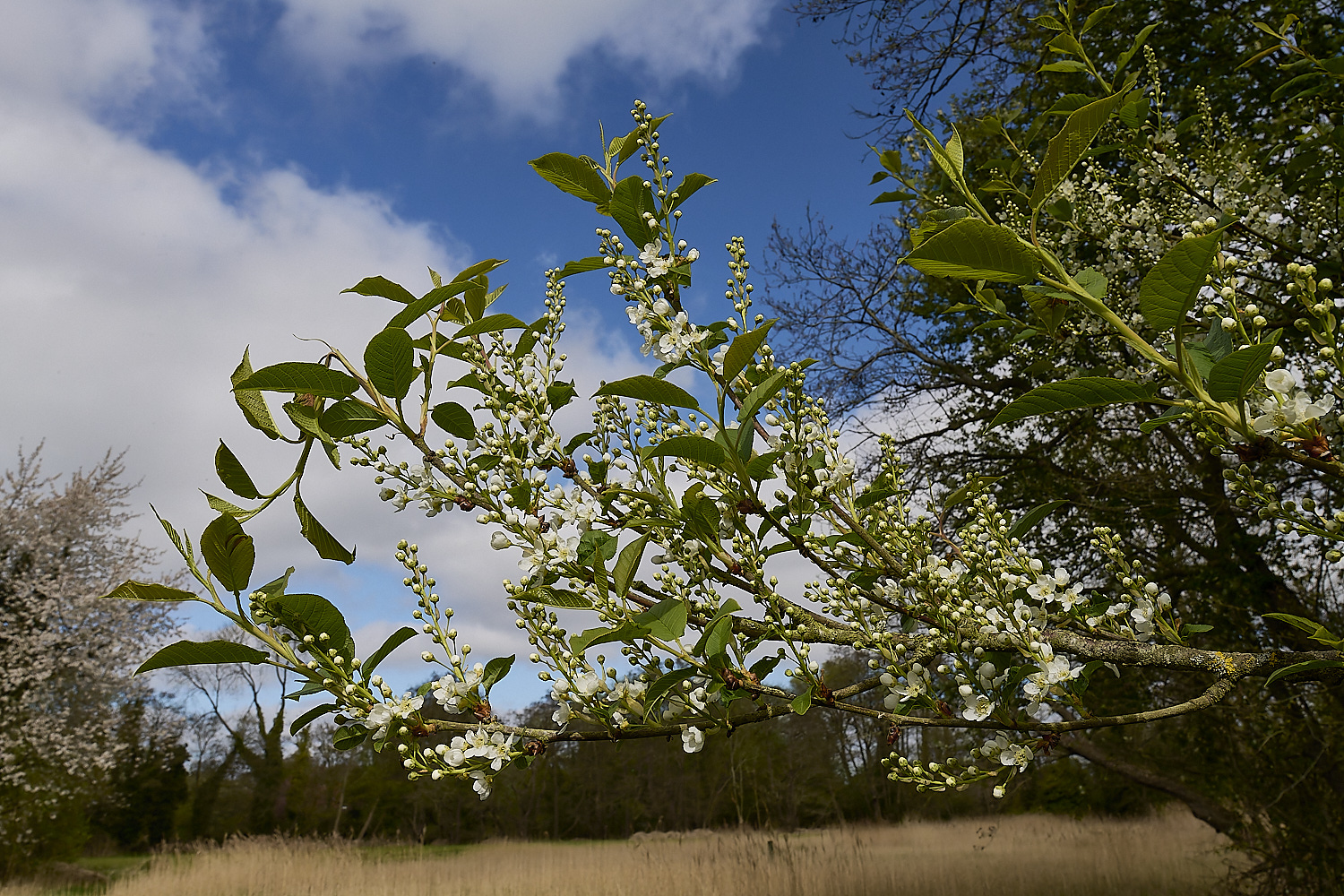
Bird Cherry (Prunus padus)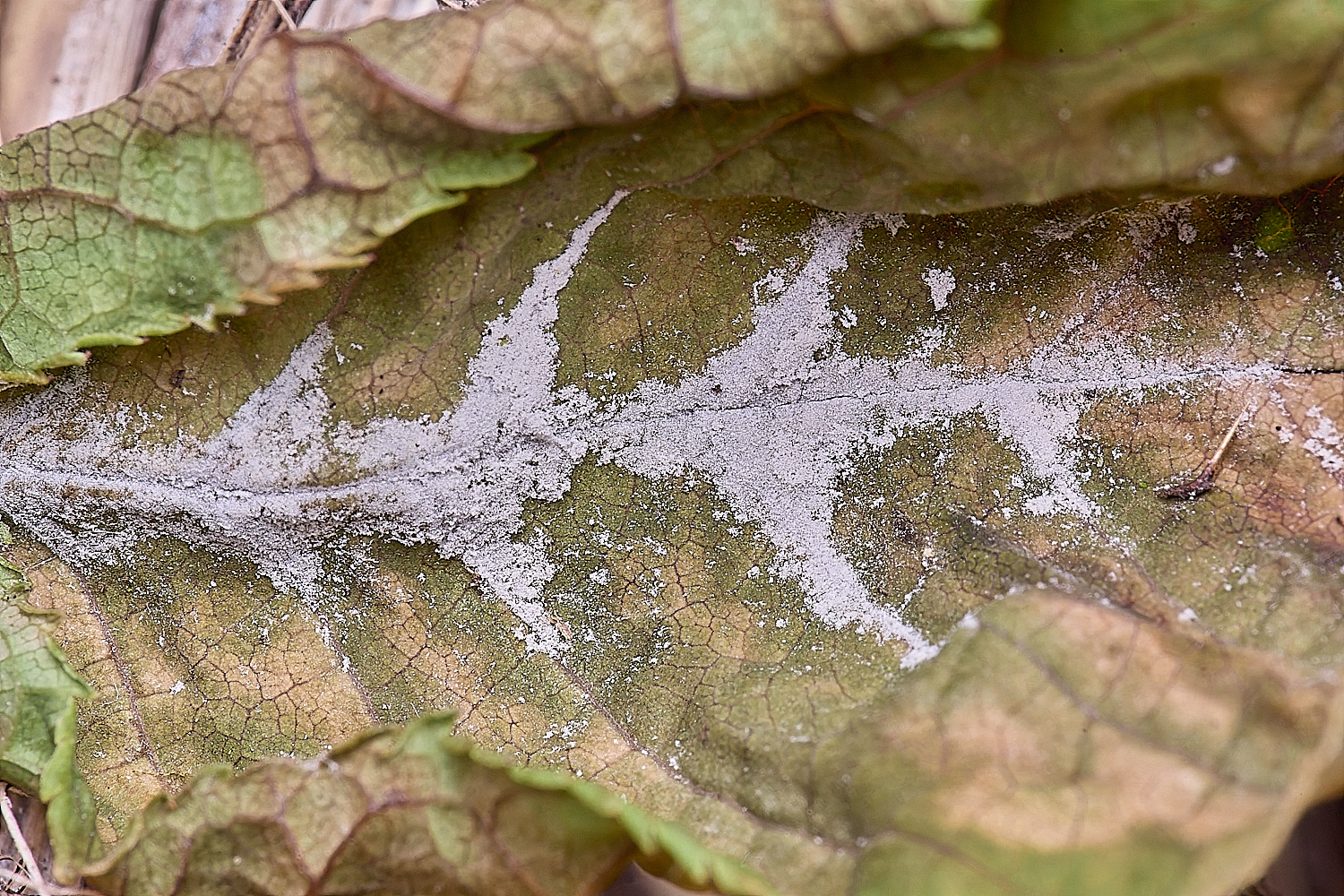
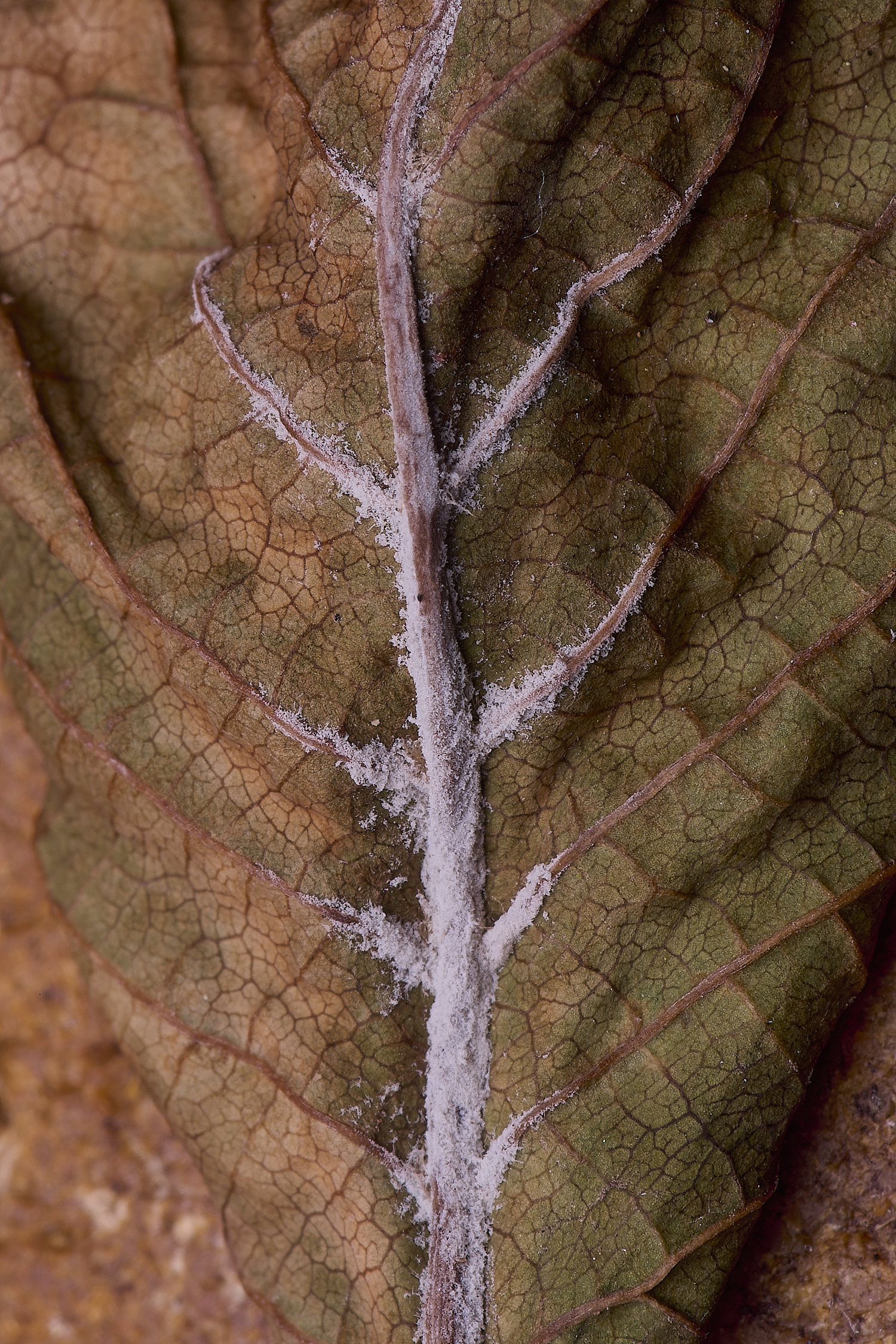
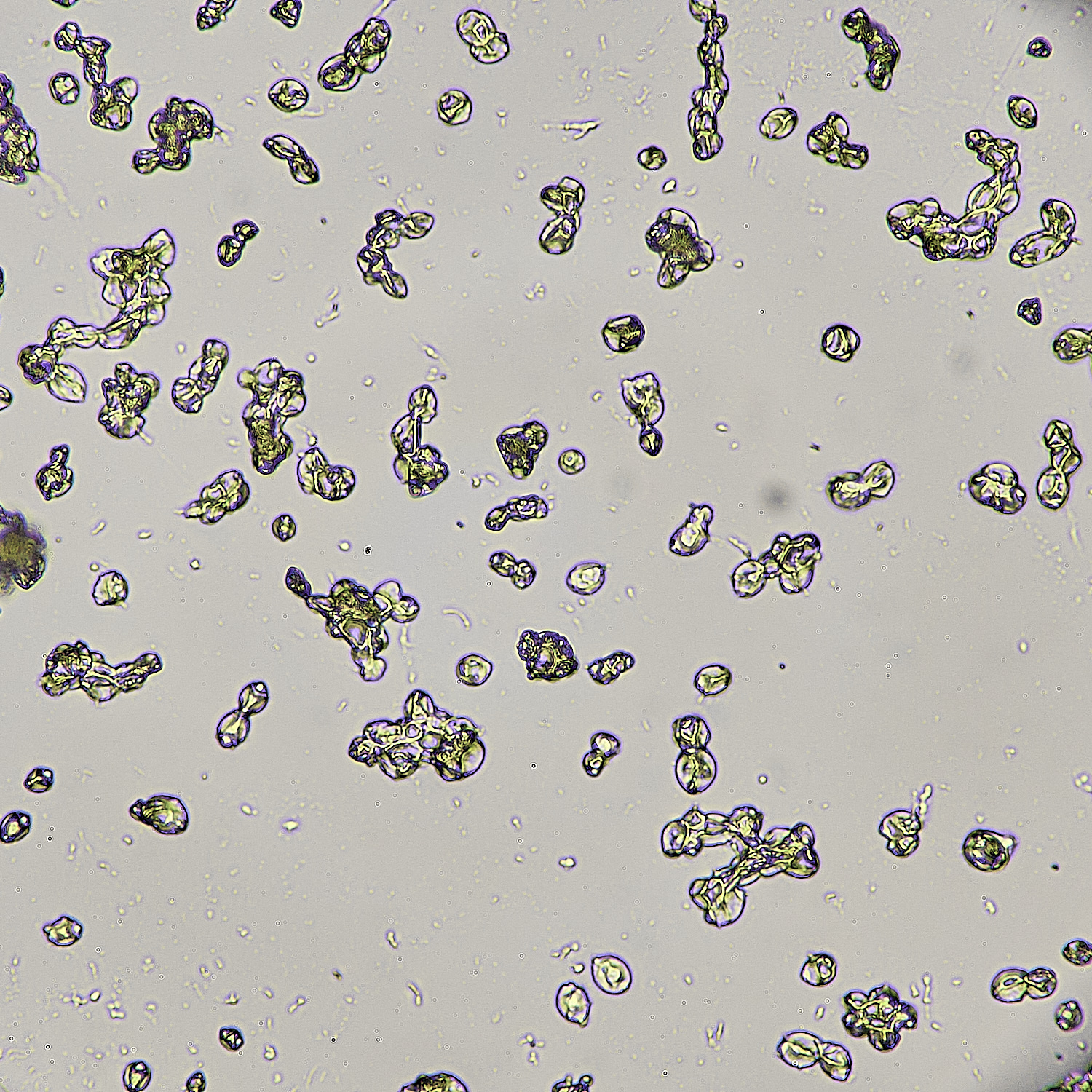

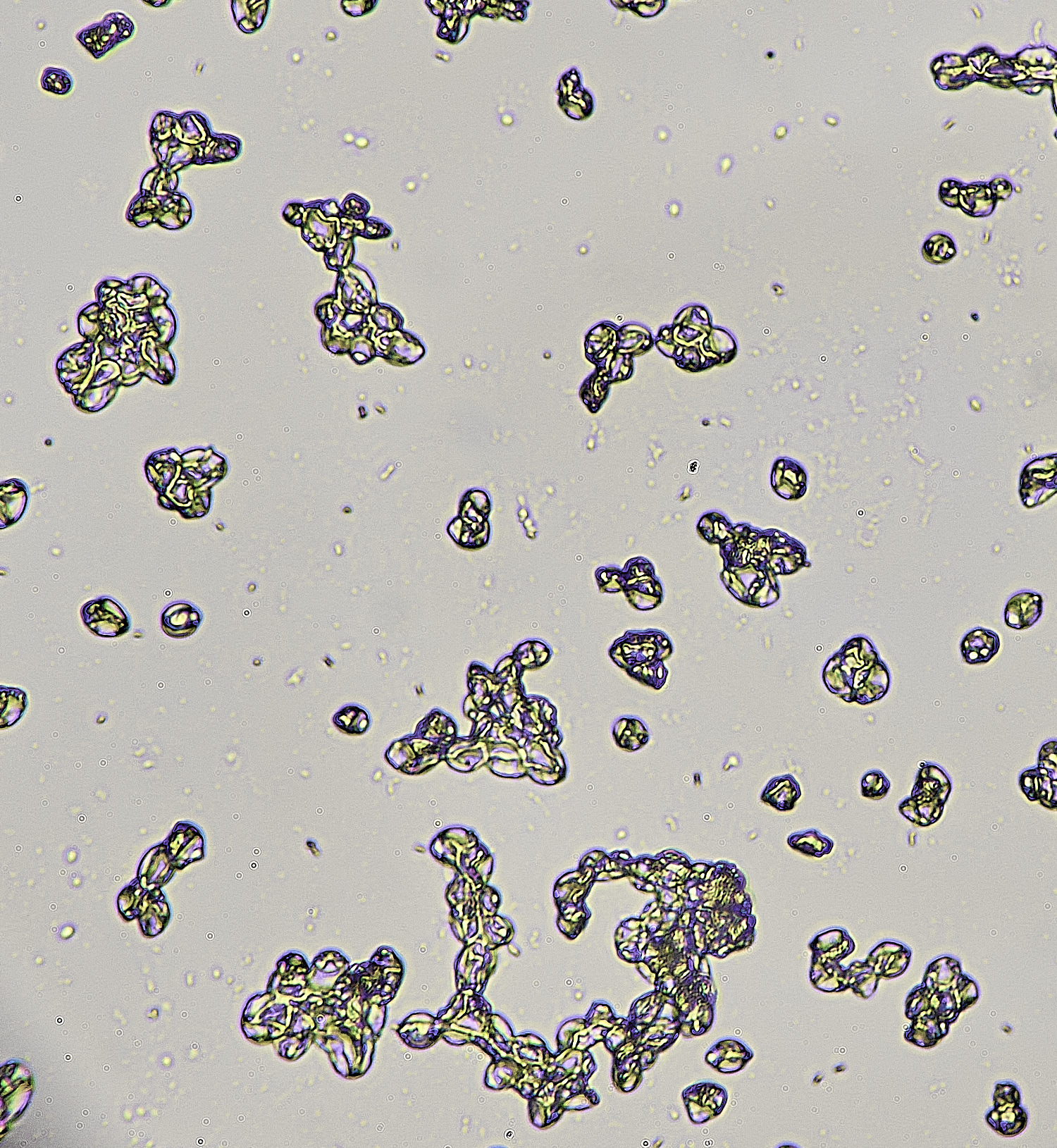
Monilinia padi
An old description found by Stewart
From Mycologia 5(2): 51 (1913) as Oospora hinhartiana
Effused, thin, grey-white, spreading along petioles and veins of leaves, mycelium scanty, septate, hyaline; sporophores short
simple or branched, with chains of spores; spores globose, sub globose or ellipsoid 10-12 x 12-28
Wonderful
But
sadly the writer forgot
the
Heavenly Scent
Stewart has since completed more detailed research on this species.
There appears to be no doubt that Monilinia padi is a good name. It is given as the preferred name for the species on Species Fungorum and all references on the genus seem to include it.
There are records from the USA (It is described in Seaver, The North American Cup-fungi (Inoperculates, which references the original description under that name by Honey, American Journal of Botany 23: 105 (1936)) : 52 (1951) as Monilinia padi)
and mainland Europe, but it is not on the NBN Atlas and I can't find any reference to it having been seen here.
It seems surprising that it hasn't been recorded here and I wonder if perhaps it has been lost due to a rather confusing choice of nomenclature.
Saccardo described this fungus on Prunus padus using the name Monilia linhartiana. (Saccardo, Sylloge fungorum omnium hucusque cognitorum 4: 33 (1886)
Later Dennis proposed the new name of Monilinia linhartiana f(Monilinia linhartiana on Cydonia in Mycological Papers 62: 141 (1914)or the similar fungus on Quince,
acknowledging that linhartiana had already been used by Saccardo for a different fungus,
This seems to me to be an unnecessary source for potential confusion and I wondered if there might be records of M. hinhartiana on Prunus padus.
But there are no records of M. linhartiana on the NBN Atlas at all, so perhaps it is just a neglected genus.
and
in a note to L
I think that I have exhausted all of the references available to me, so I would love to know what you think.
No records of M. linhartiana on the NBN Atlas at all, so perhaps it is just a neglected genus.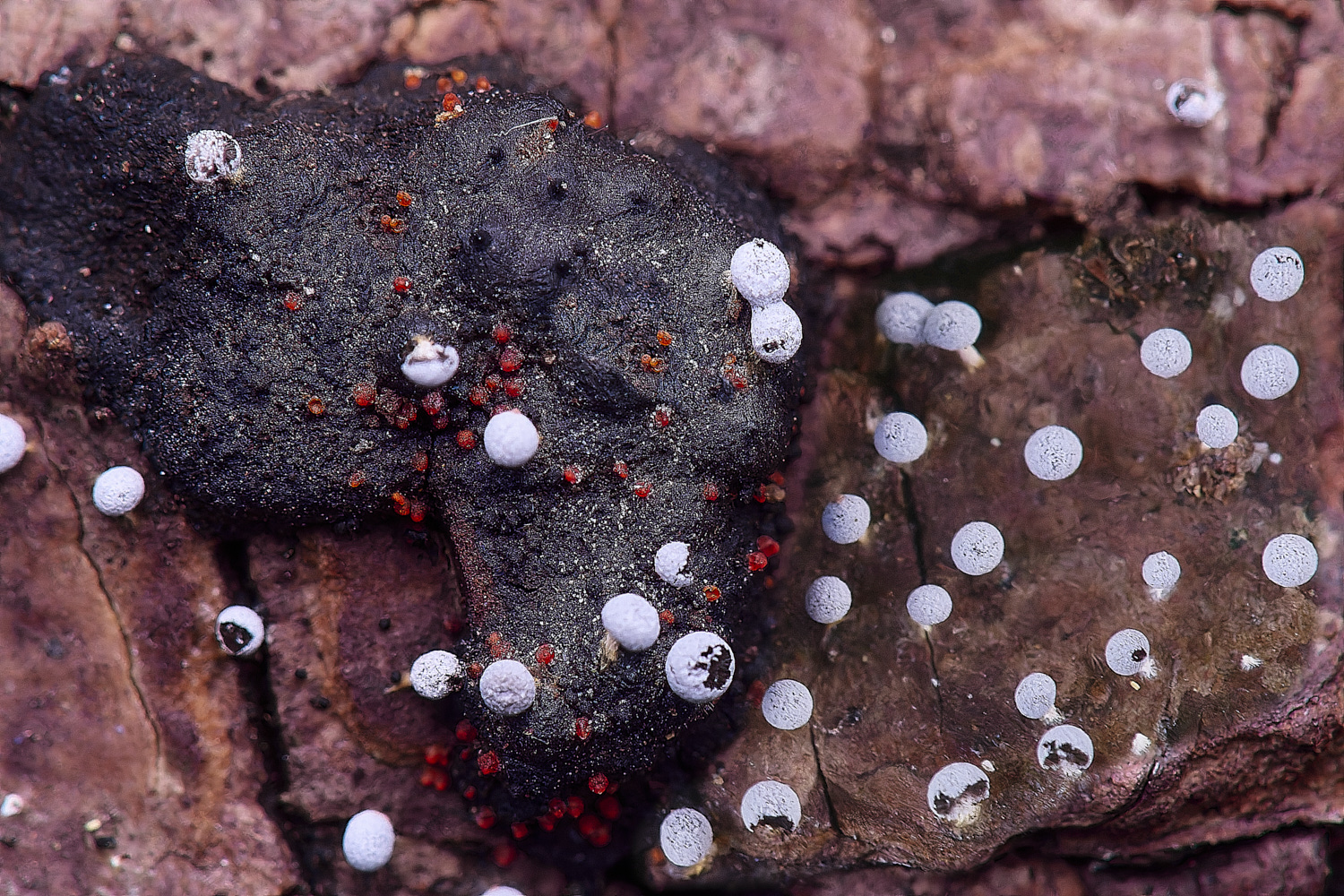
Dialonectria episphaeria on Birch Woodwart (Jackrogersella multiformis)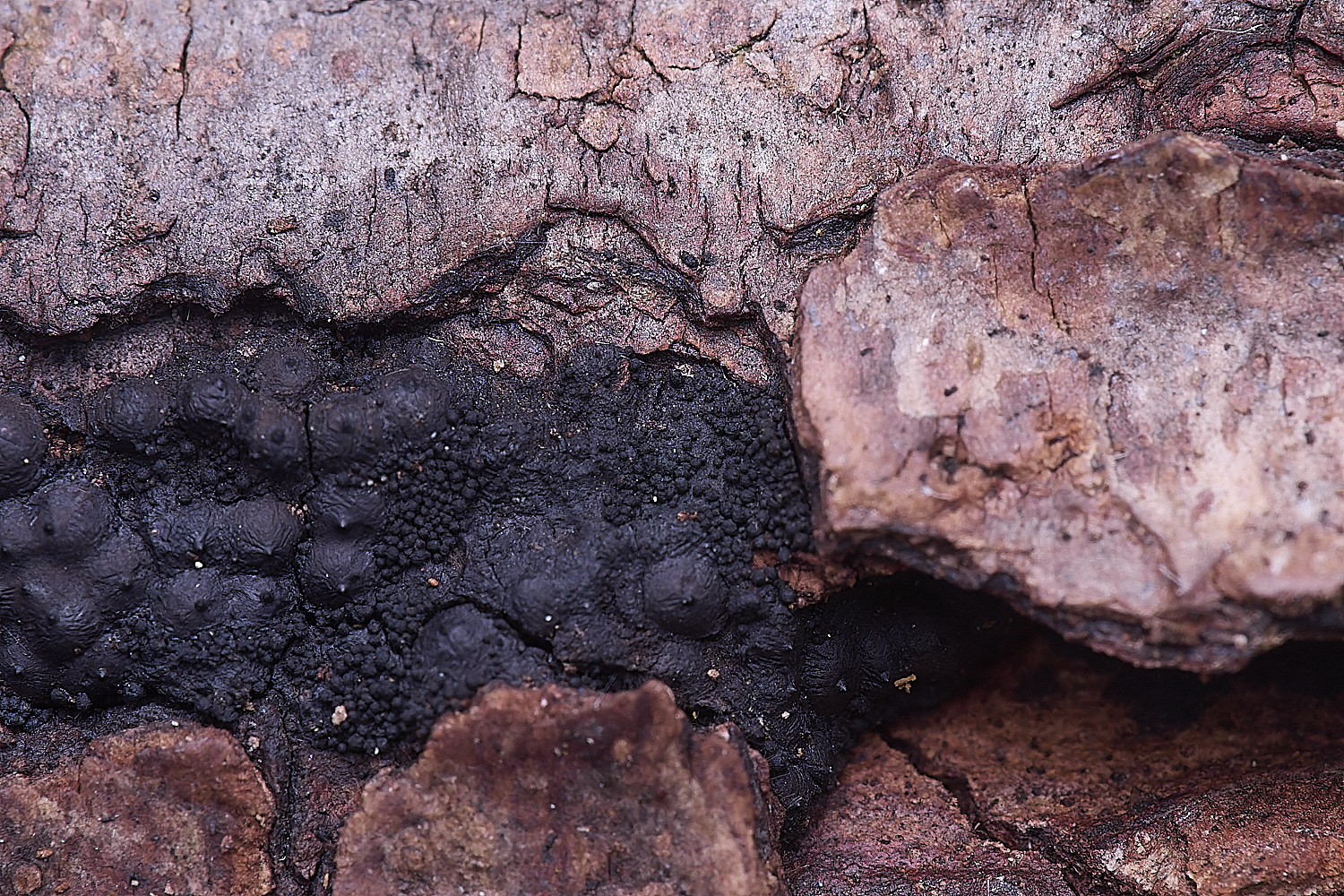

Berlesiella nigerrima on Birch Woodwort (Jackrogersella multifprmis)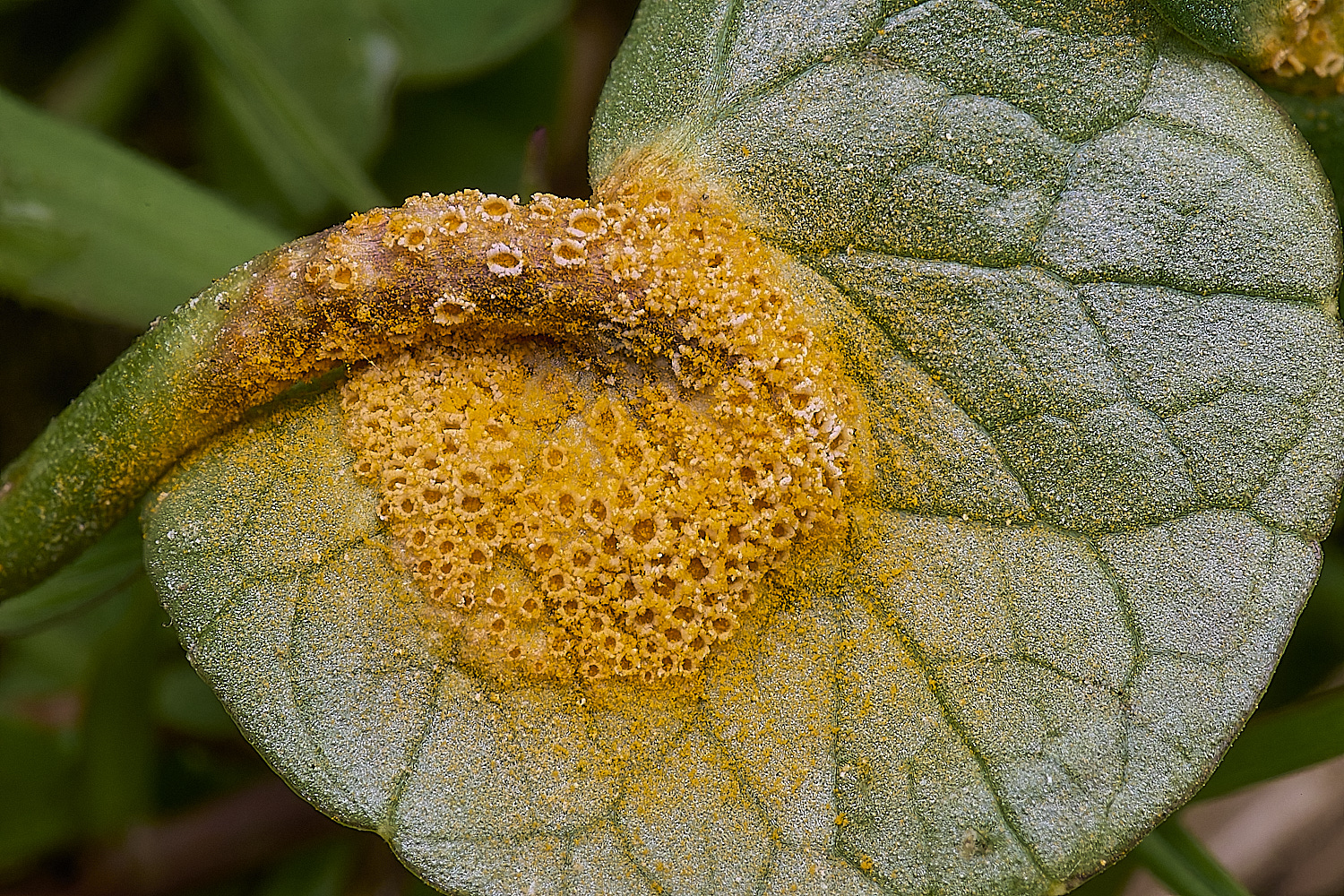
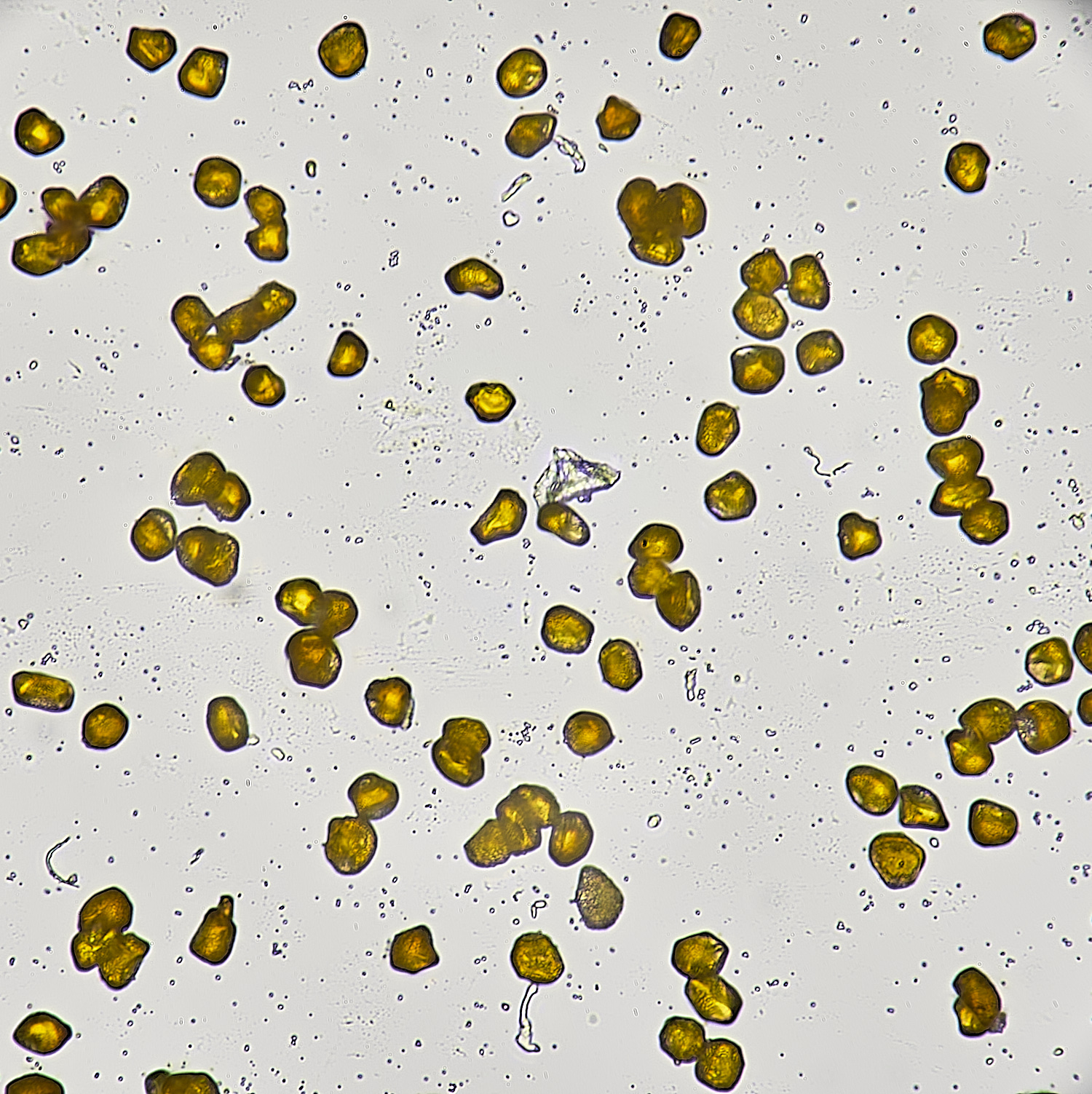
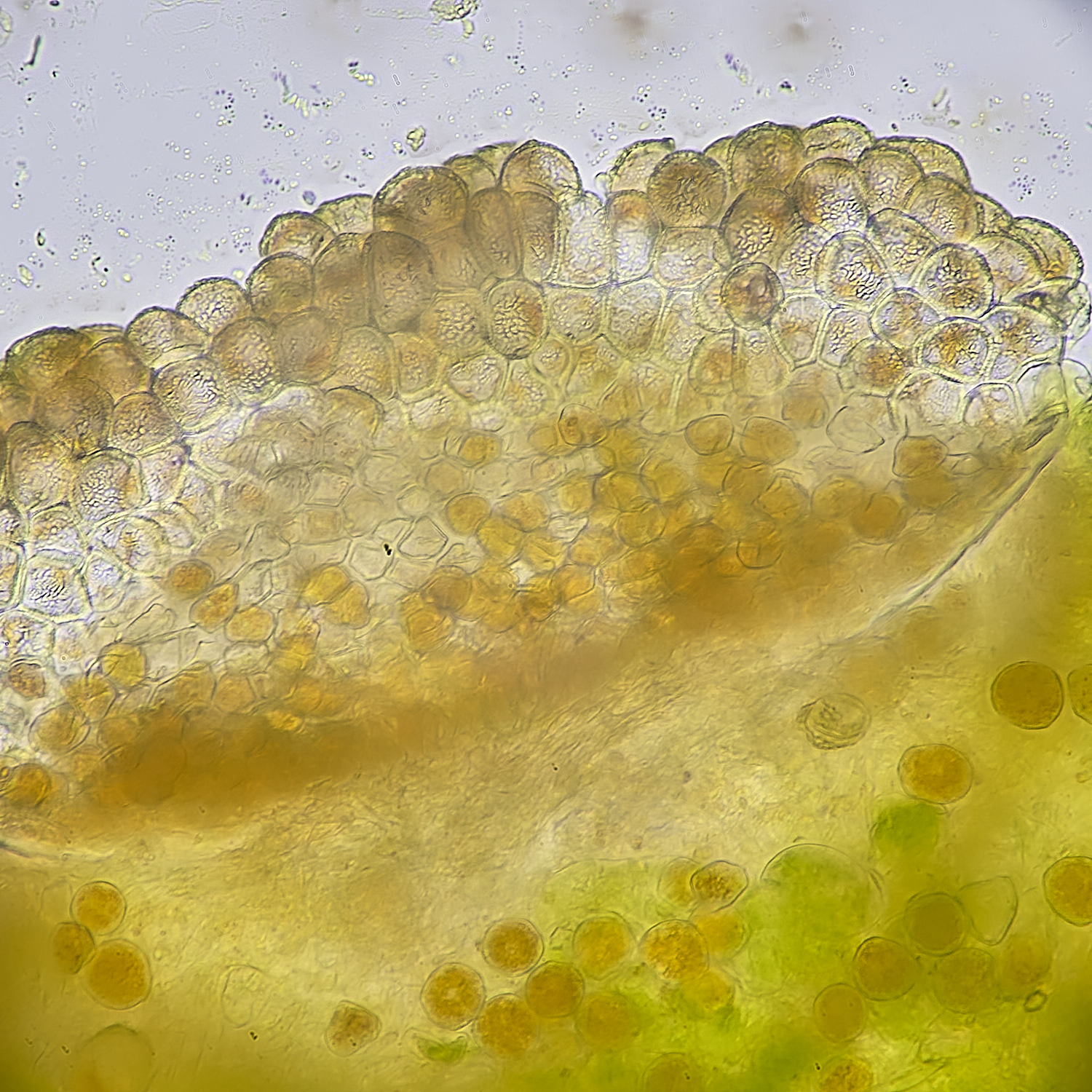
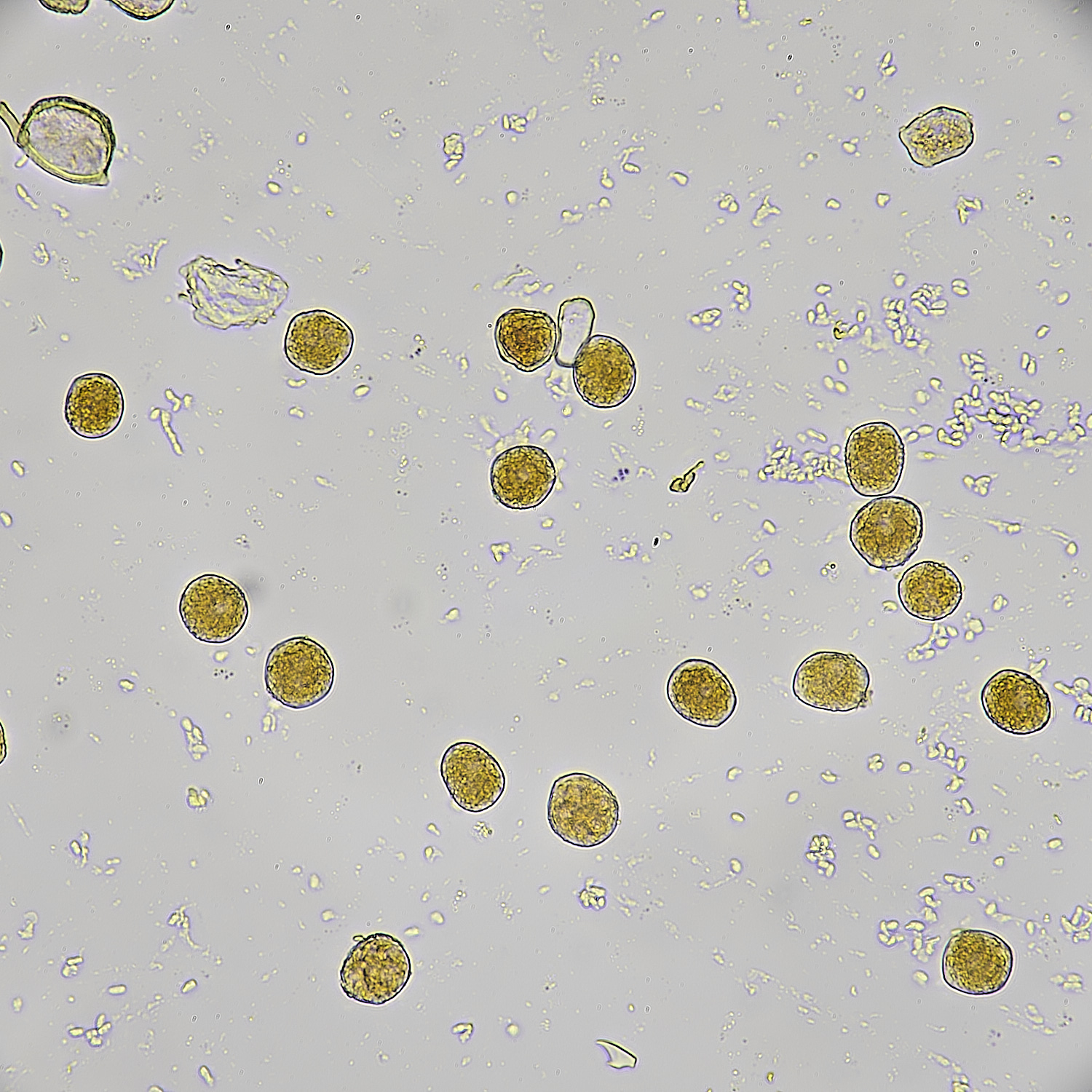
Lesser Celandine (Ficaria verna) Rust (Uromyces dactylidis)
Bog Stitchwort (Stellaria alsine)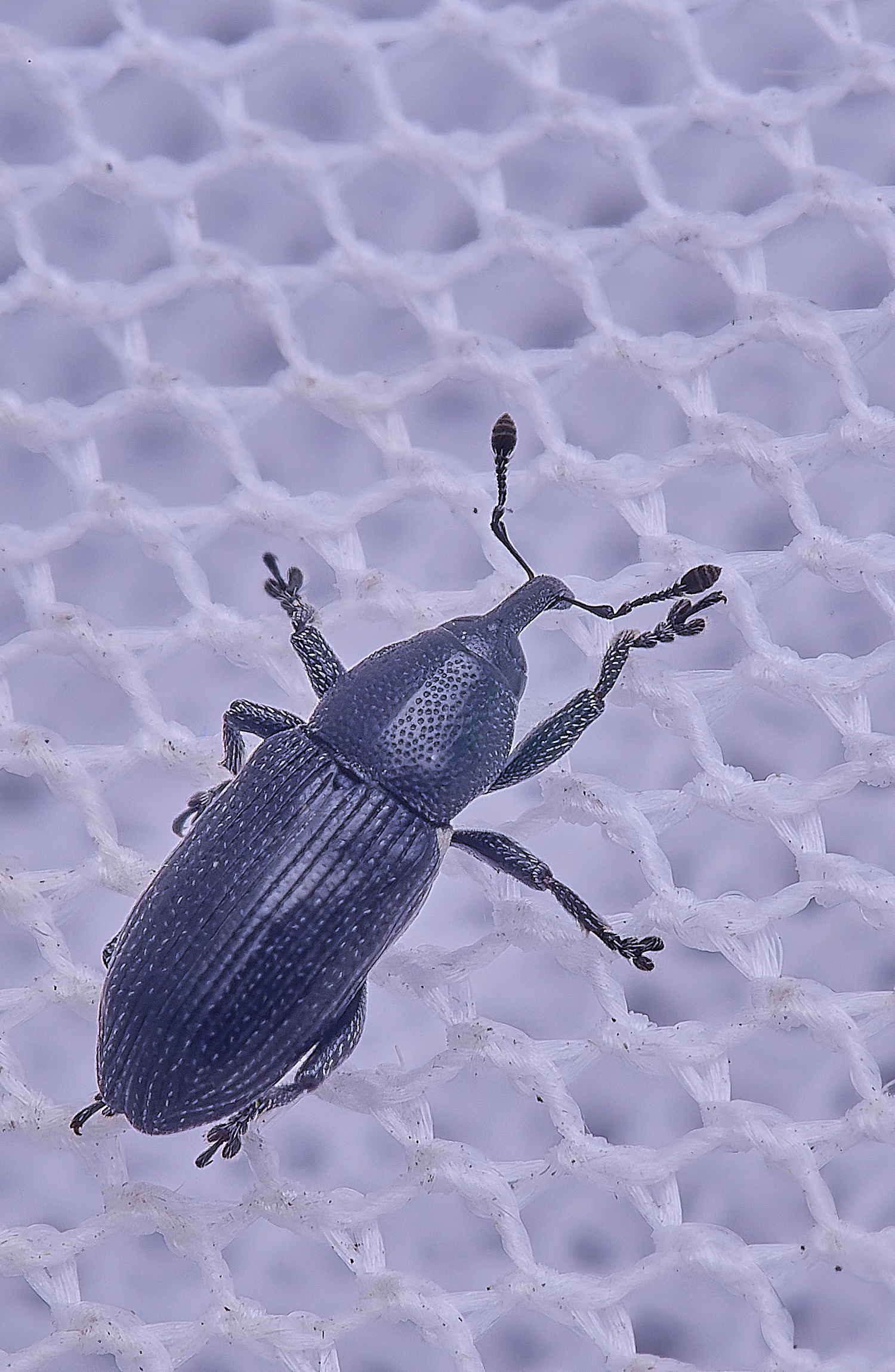
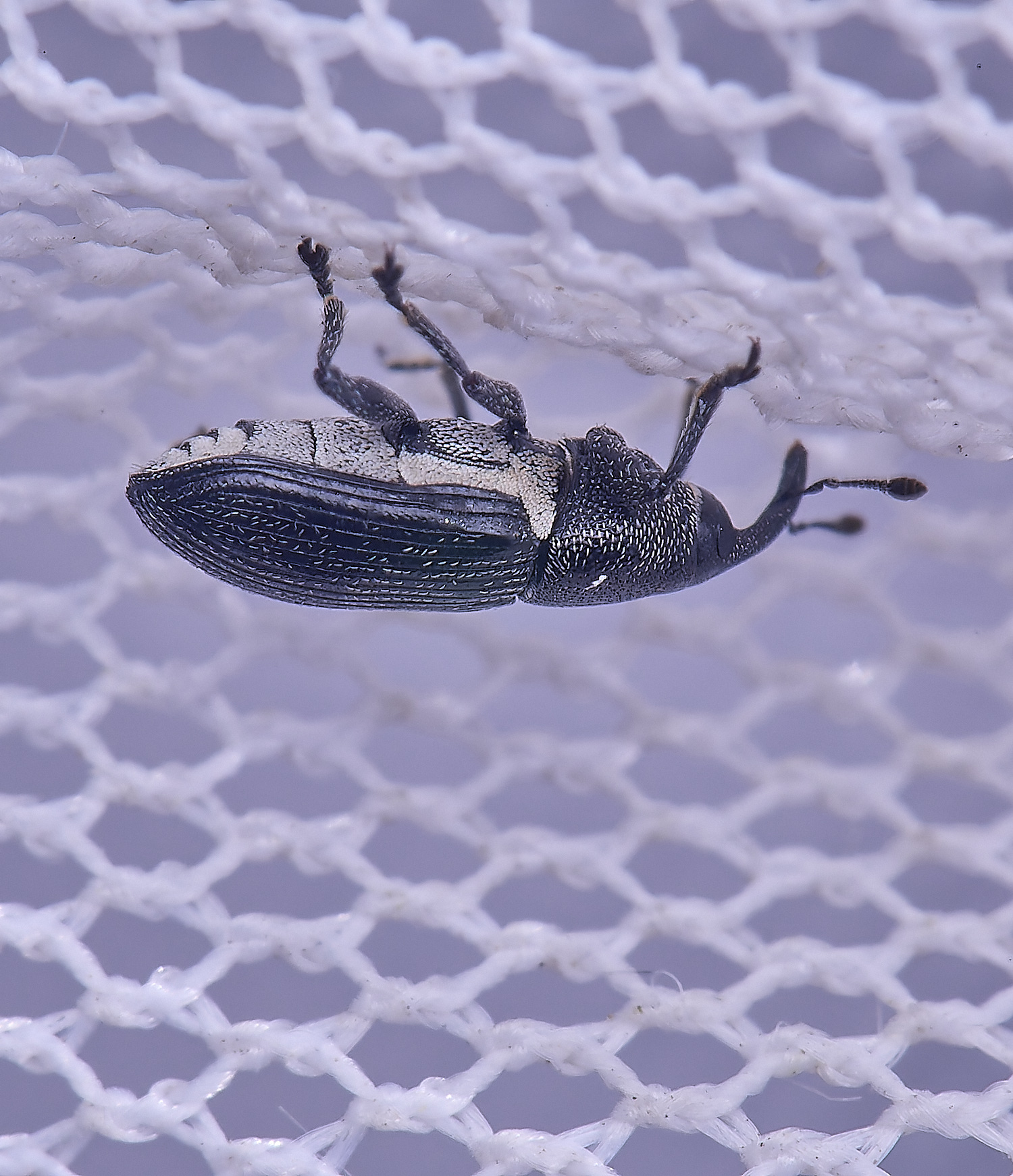
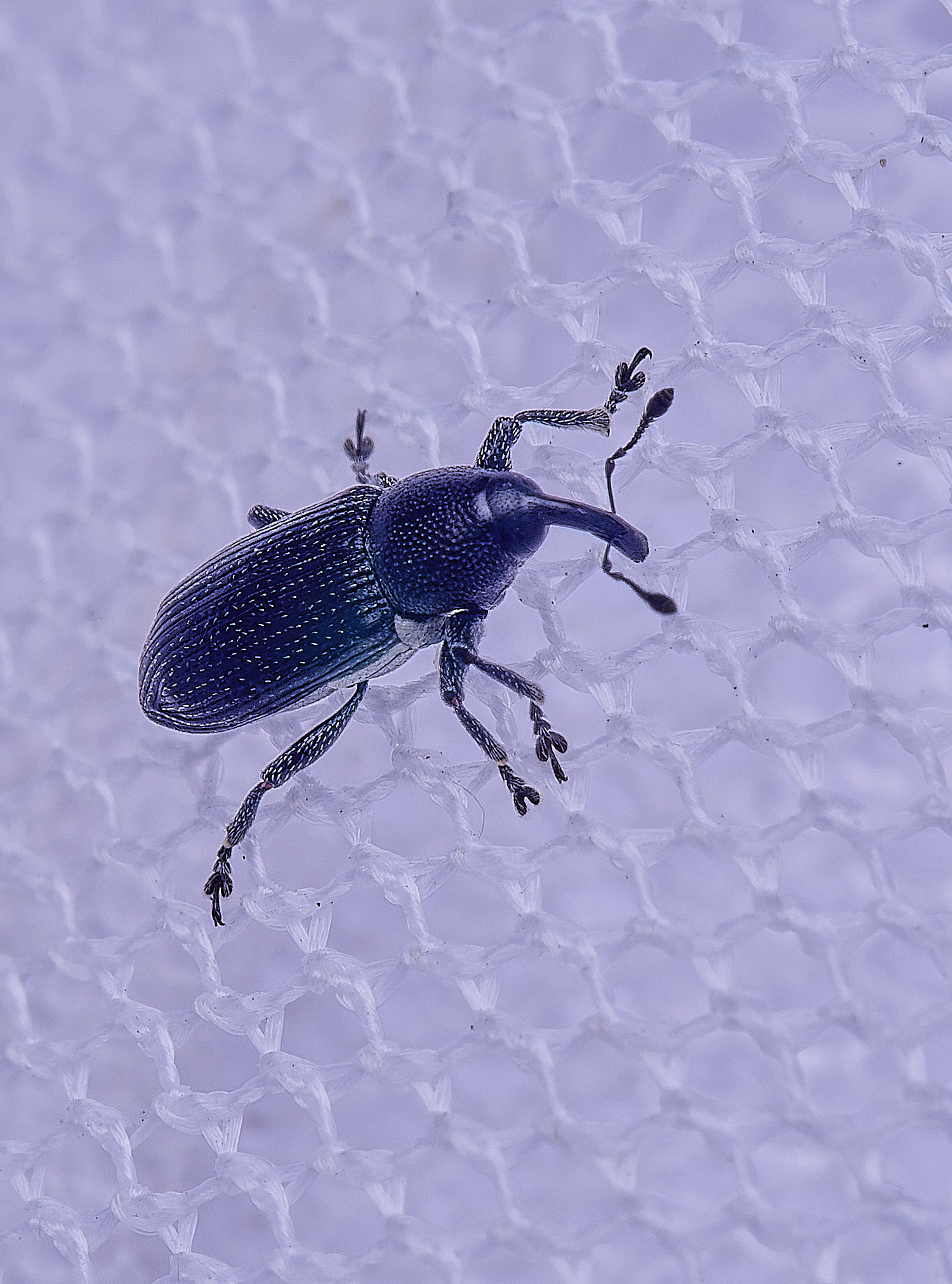
Weevil Sp
Limnobaris dolorosa
or
L t-album
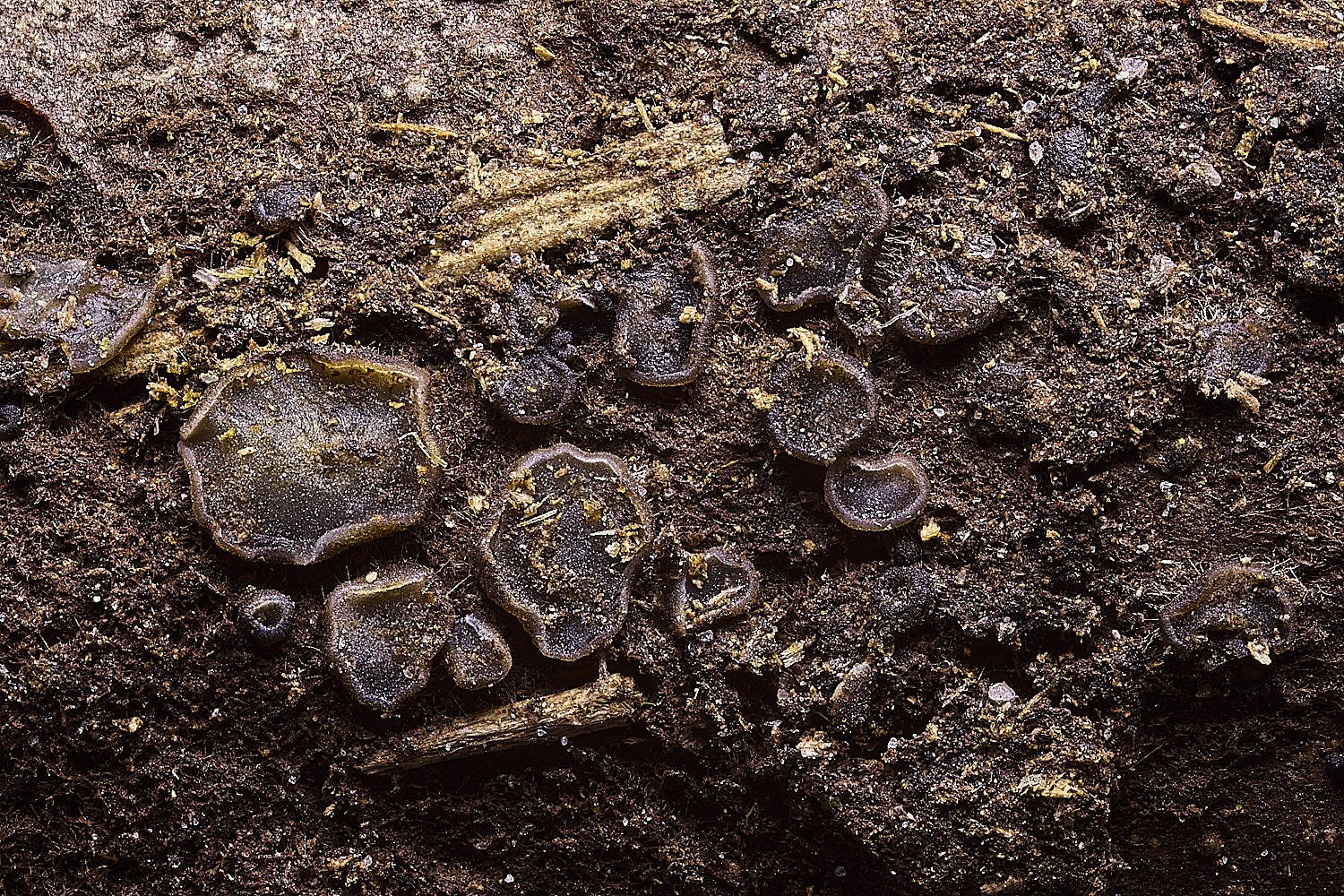
Tapesia fusca on Alder (Alnus glutinosa)
Growing on a brown felty mat?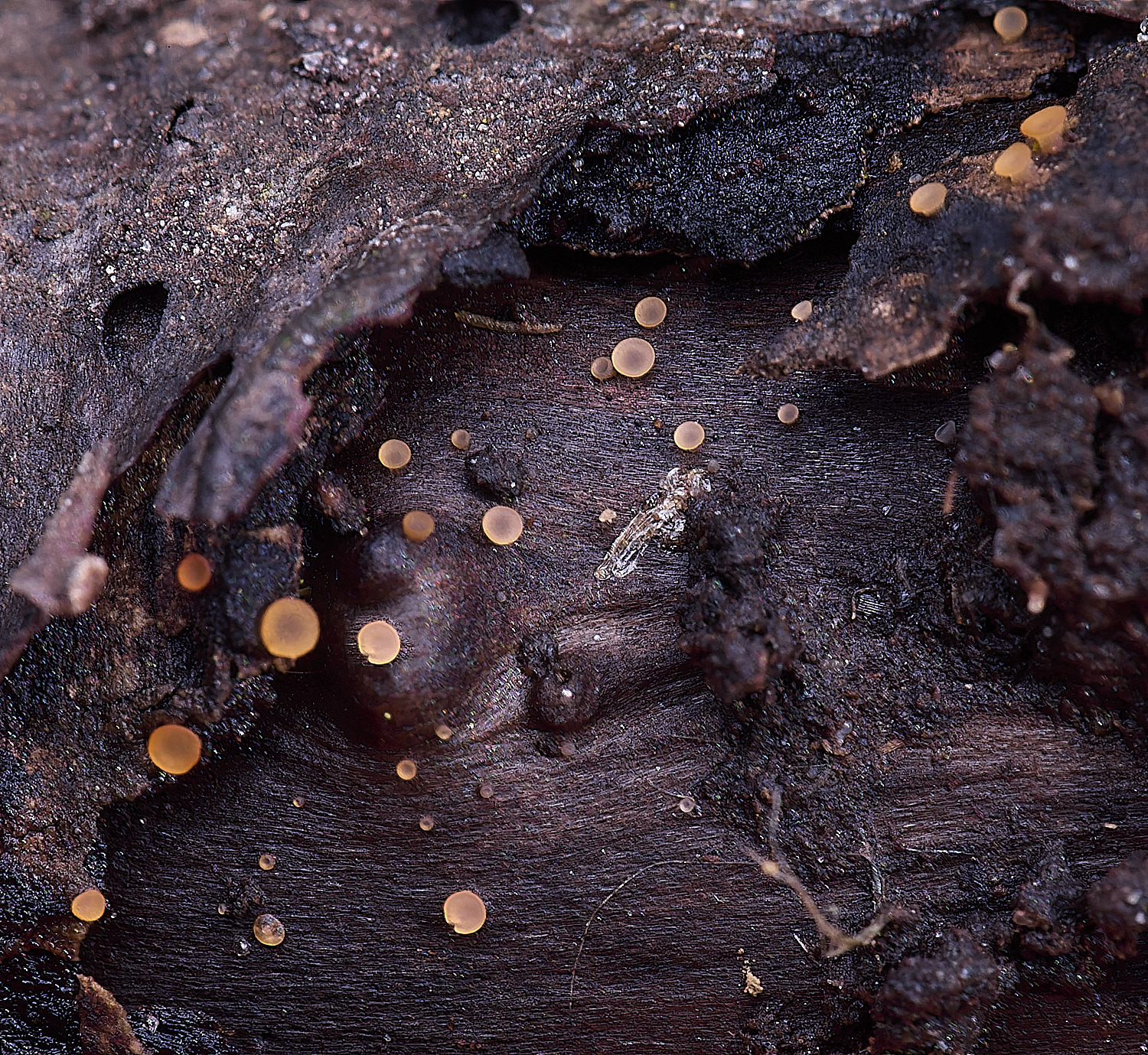
Orbillia eucalypti on Alder (Alnus glutinosa)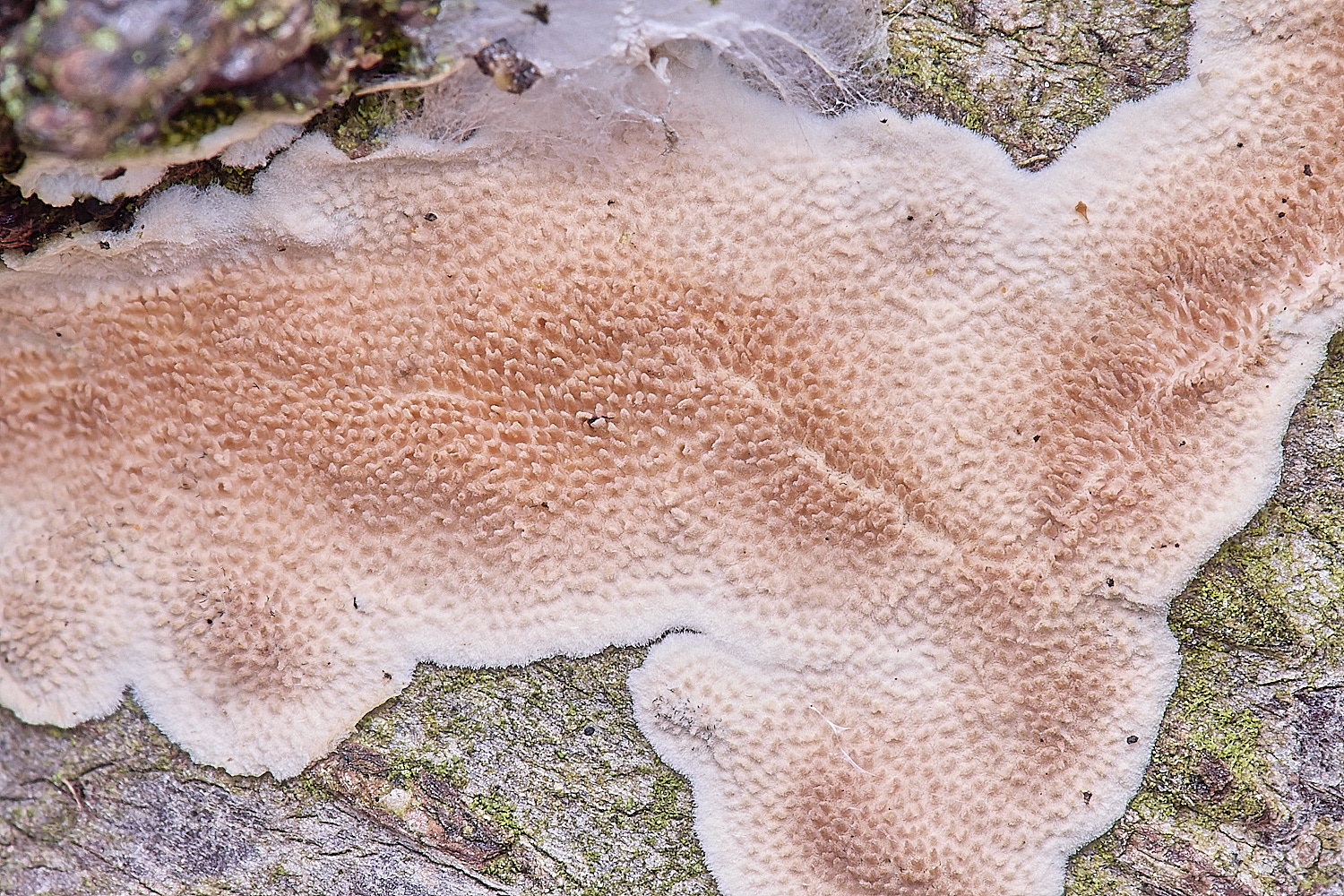
Ochre Spreading Tooth (Stecherrinum ochraceum)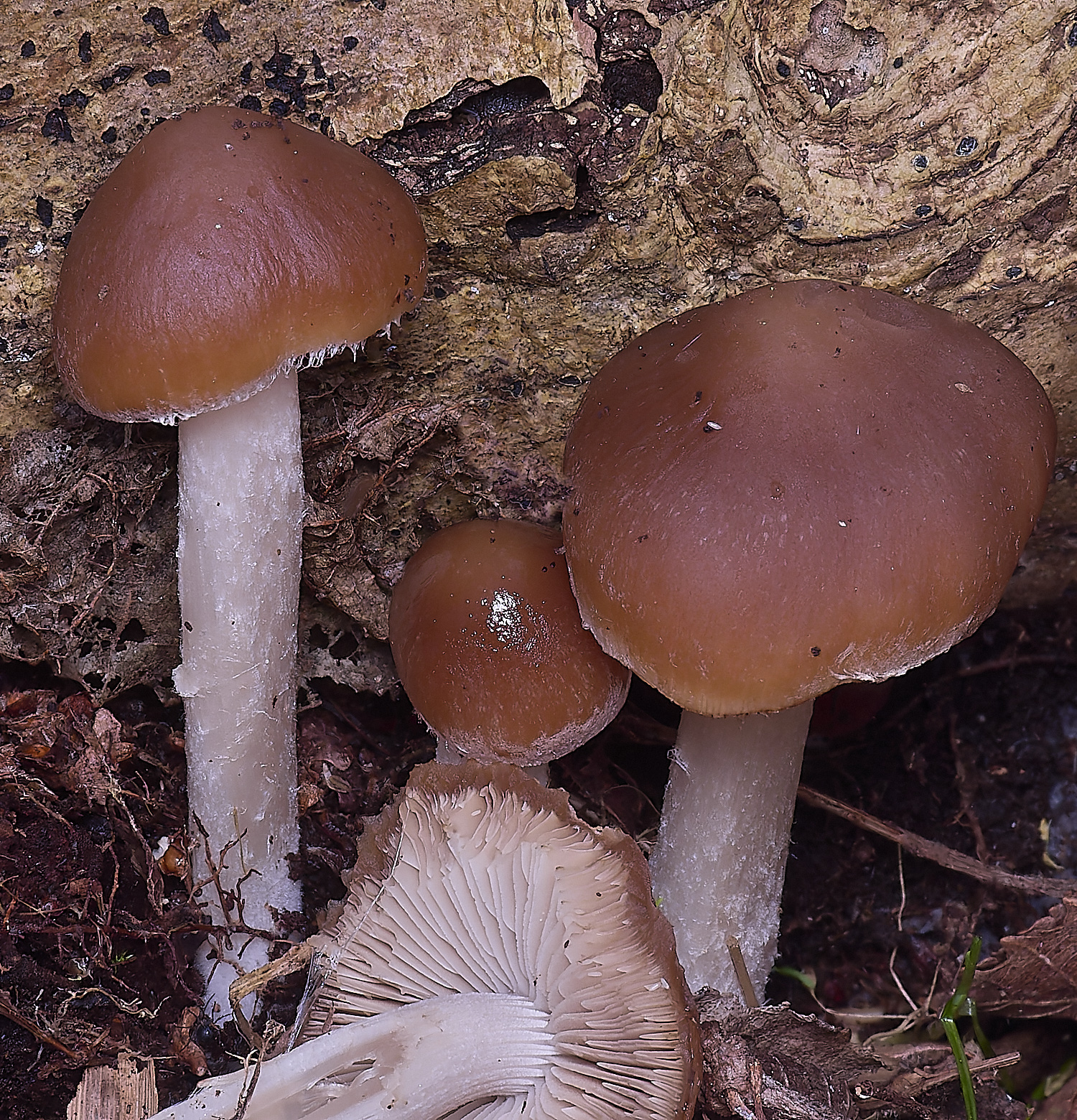
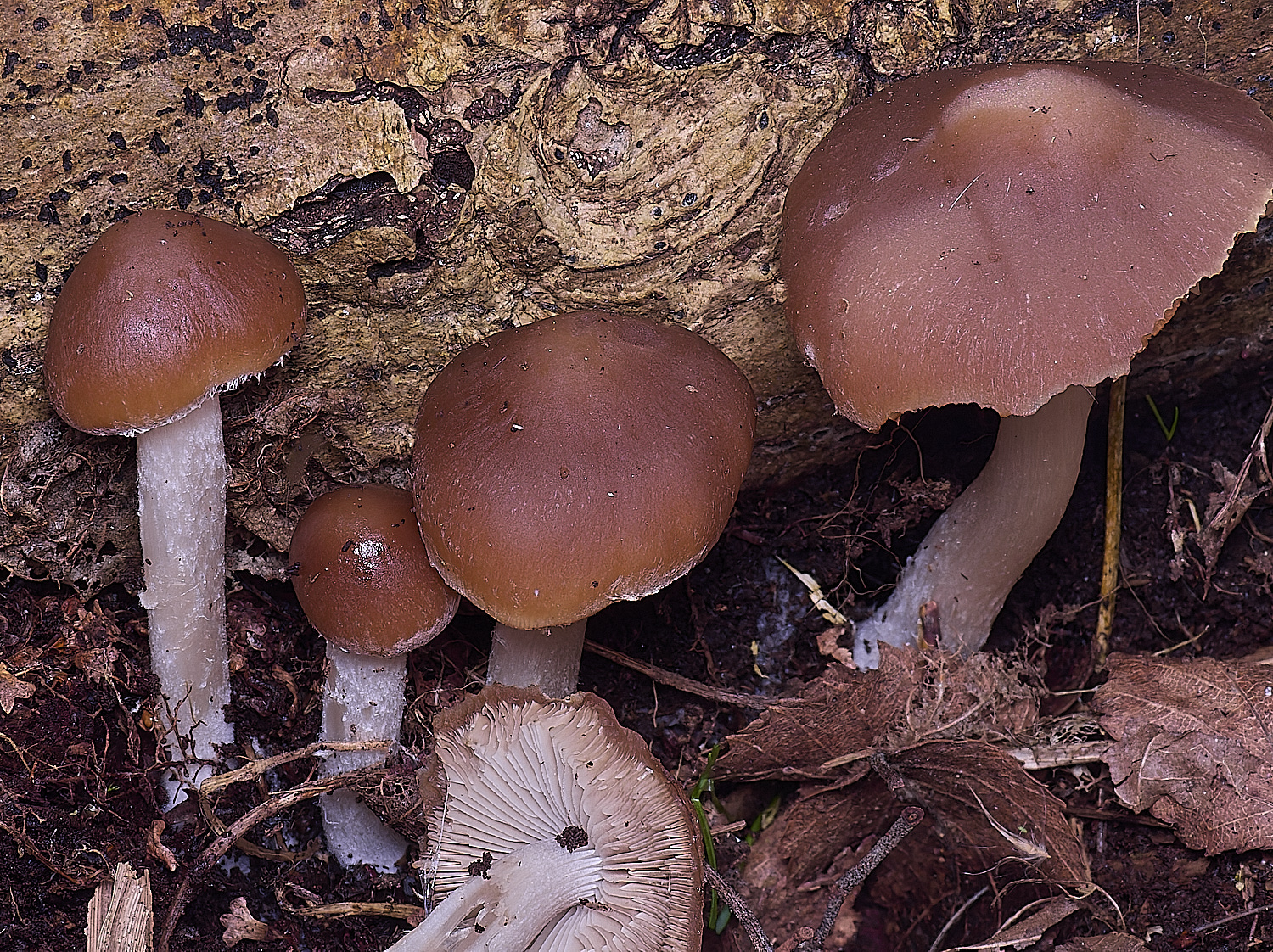
Psathyrella spadiceogrisea
from Yvonne
The Psathyrella wasn't candolleana as it had pleurocystidia 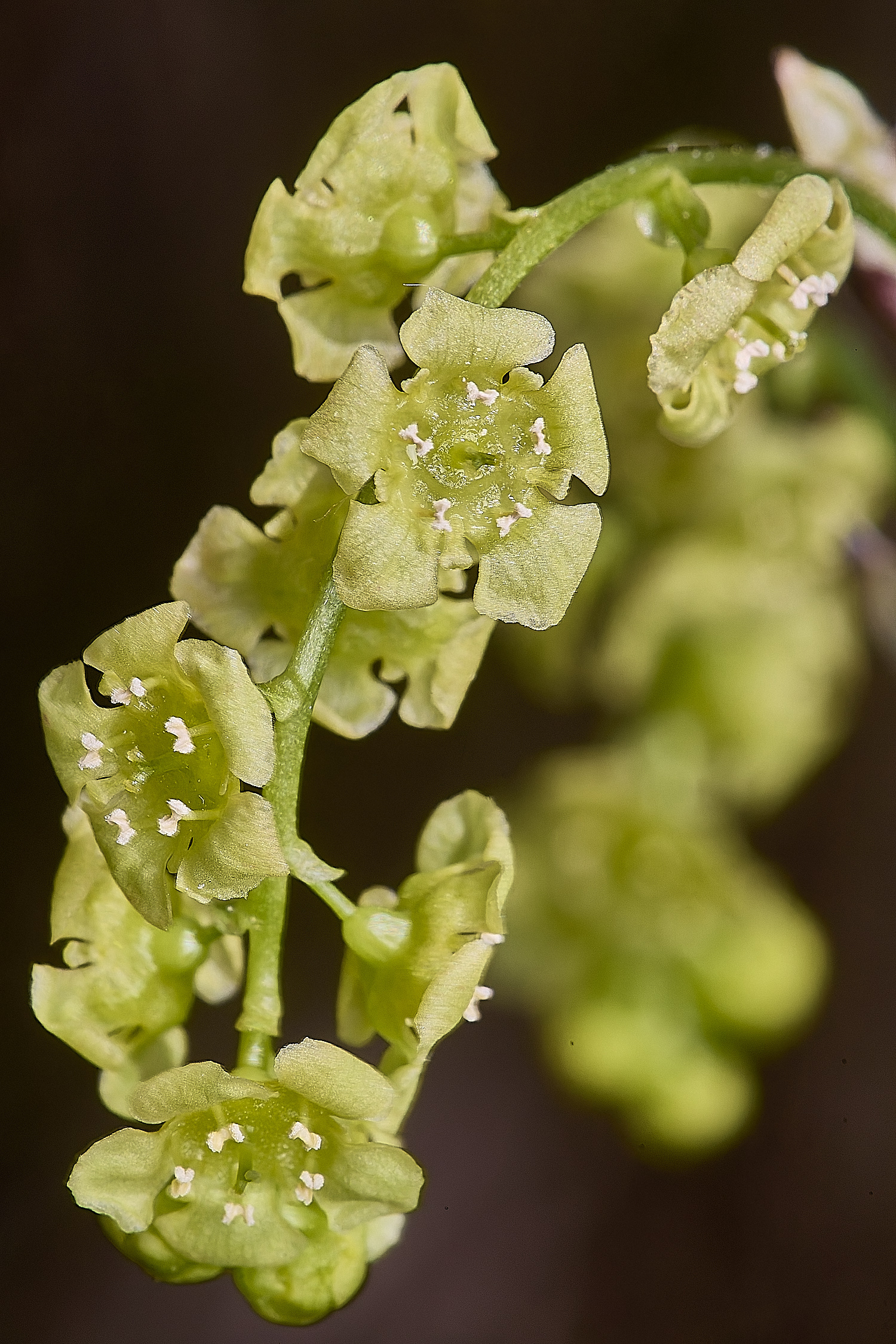
Wild Currant (Ribes rubrum)?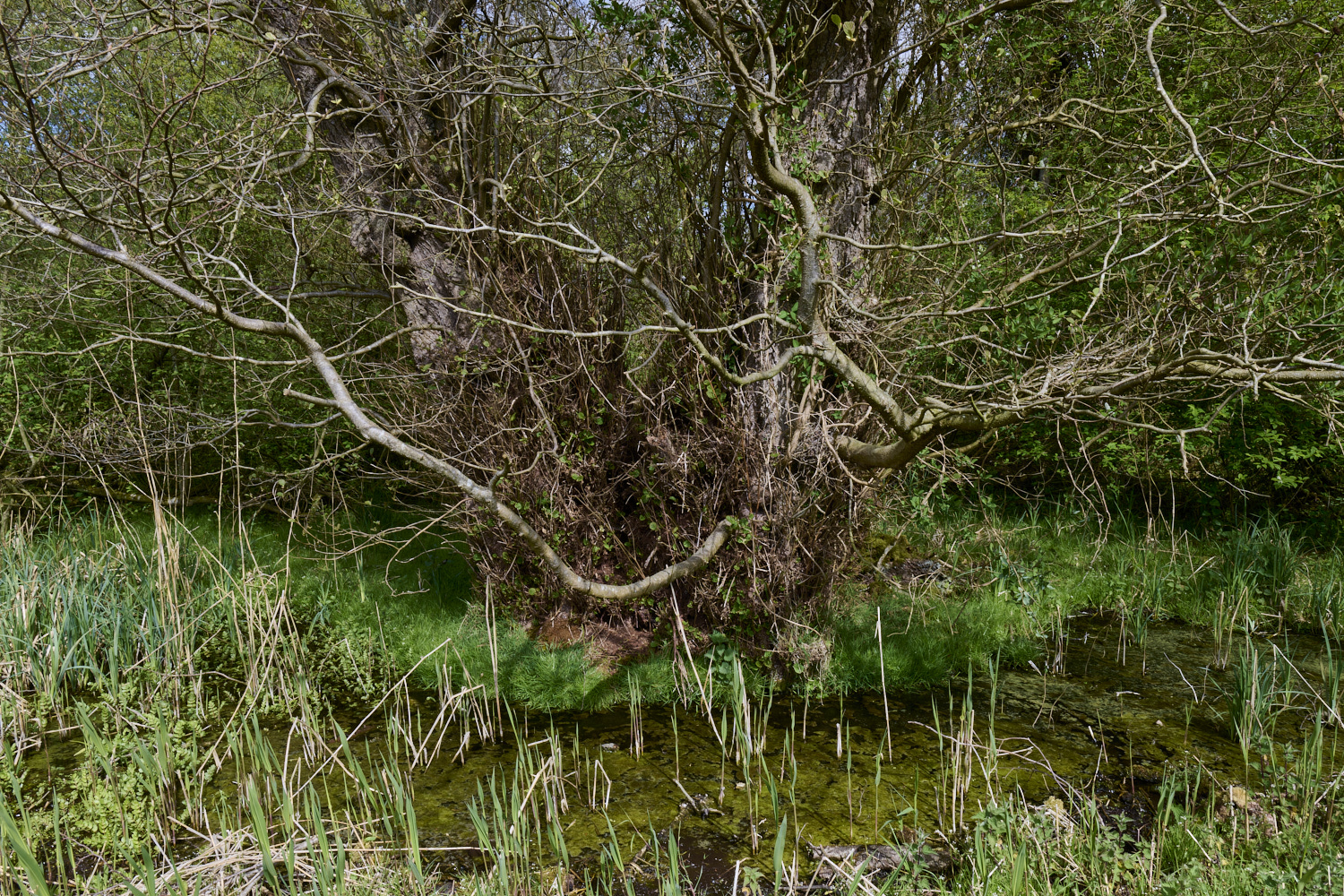
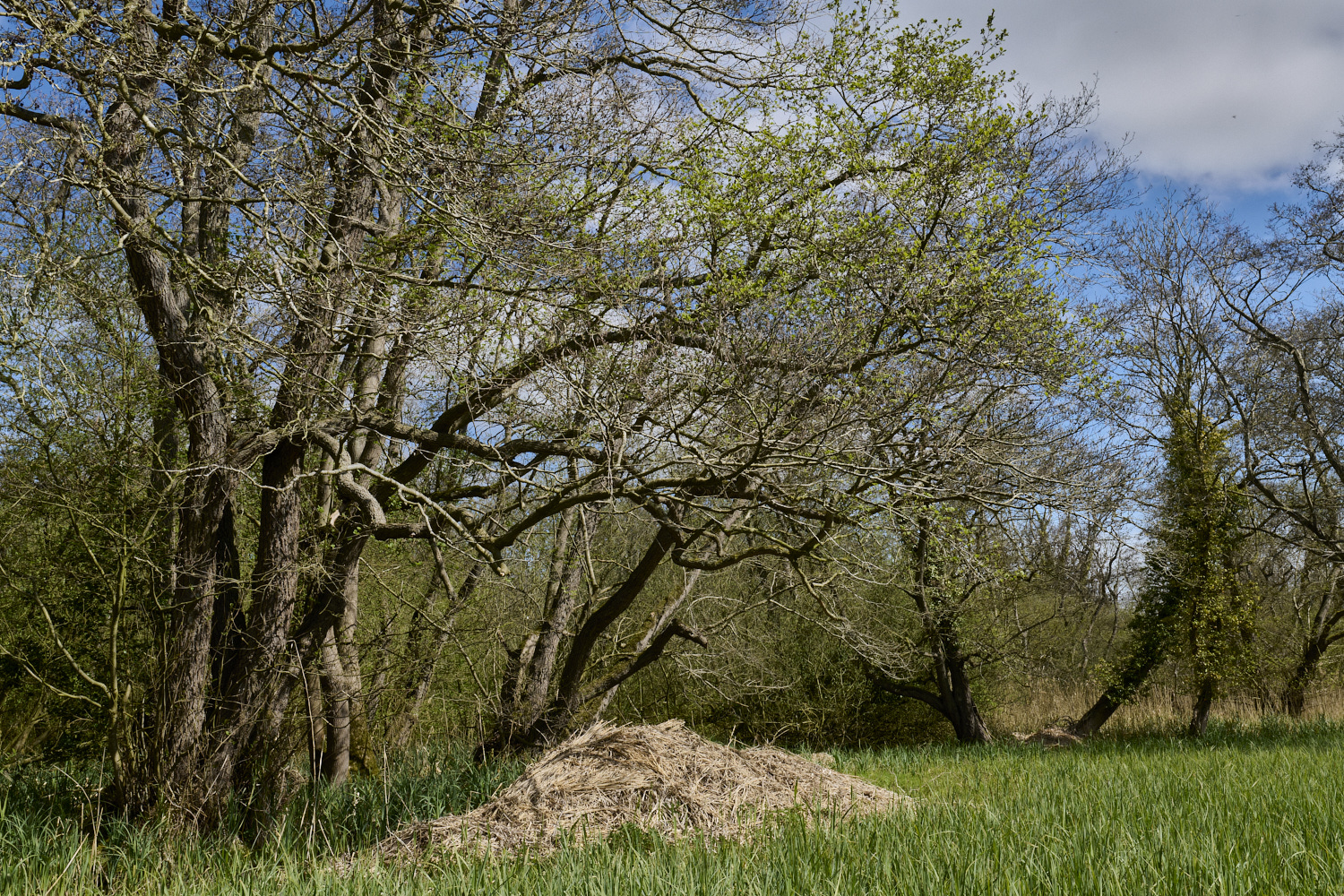
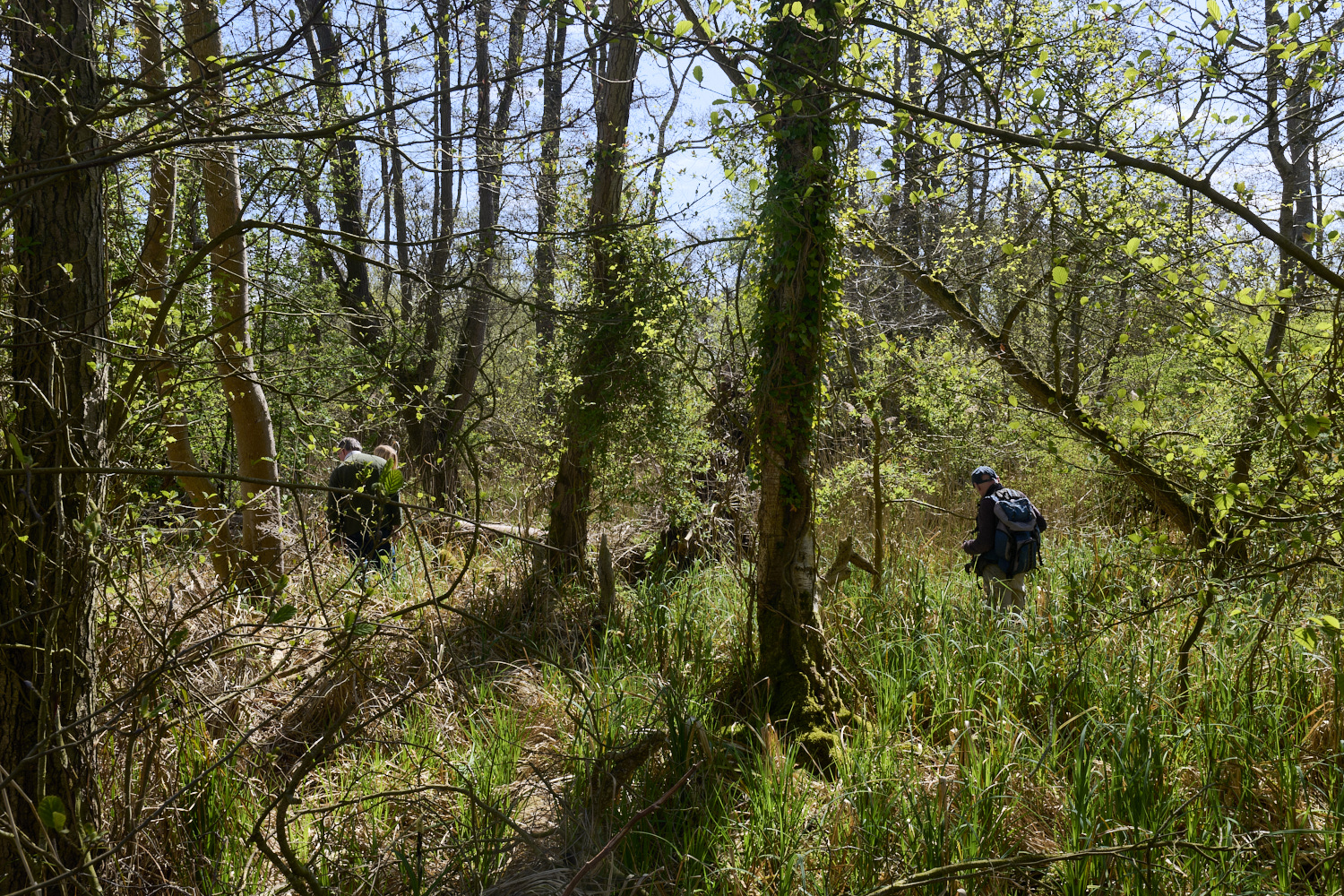
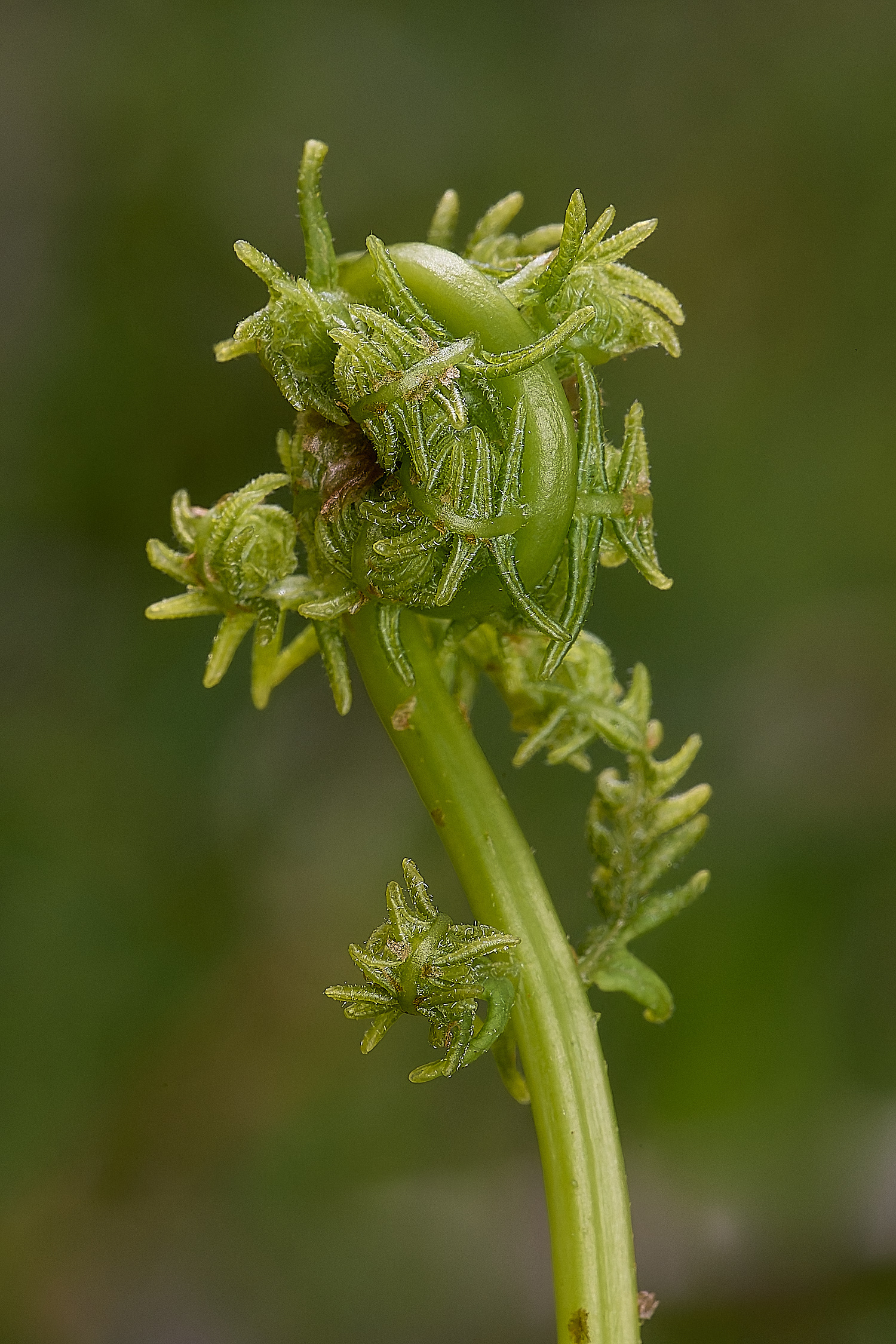
Unfurling Marsh Fern (Thelypteris palustris)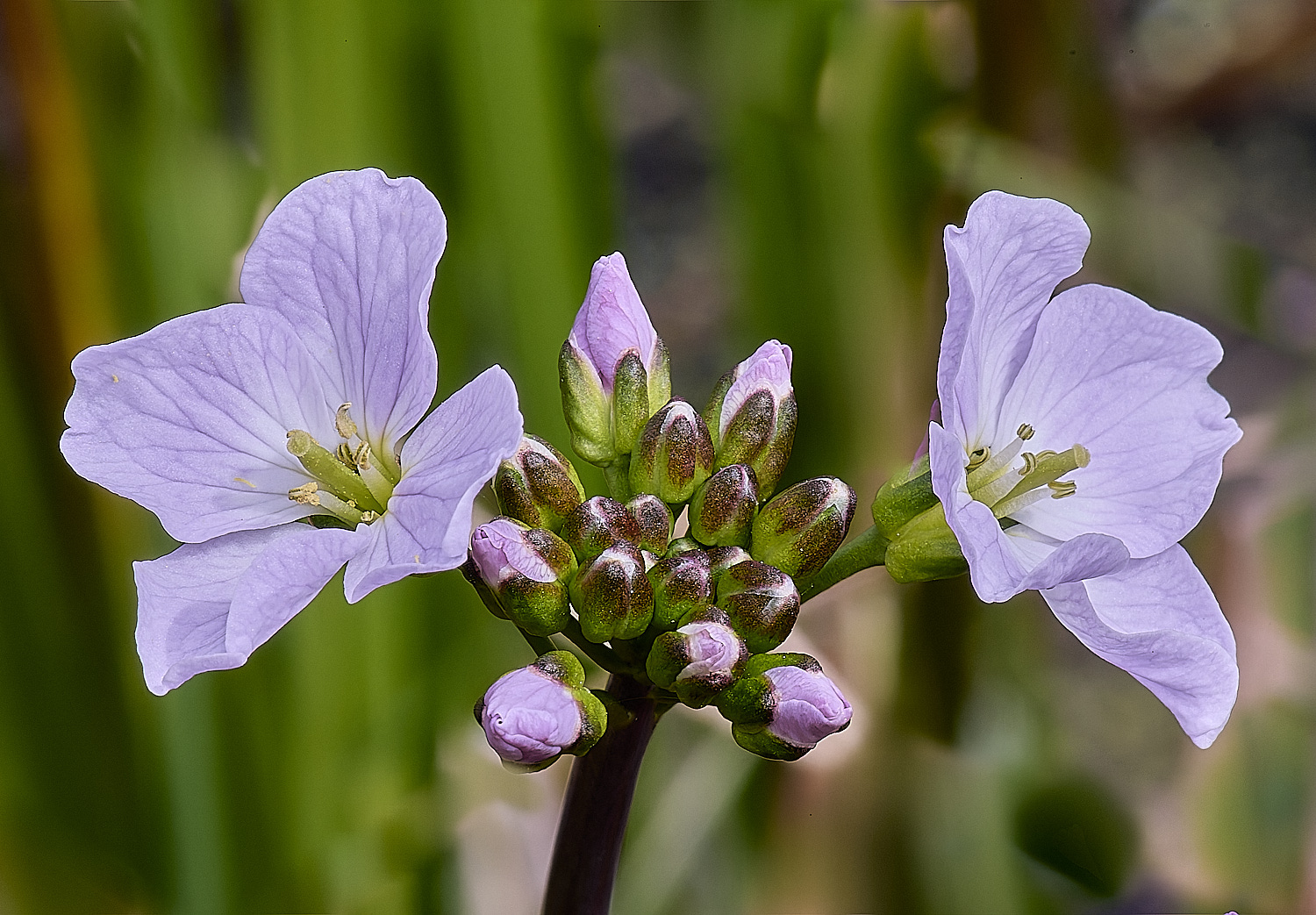
Cuckoo Flower (Cardamine pratensis)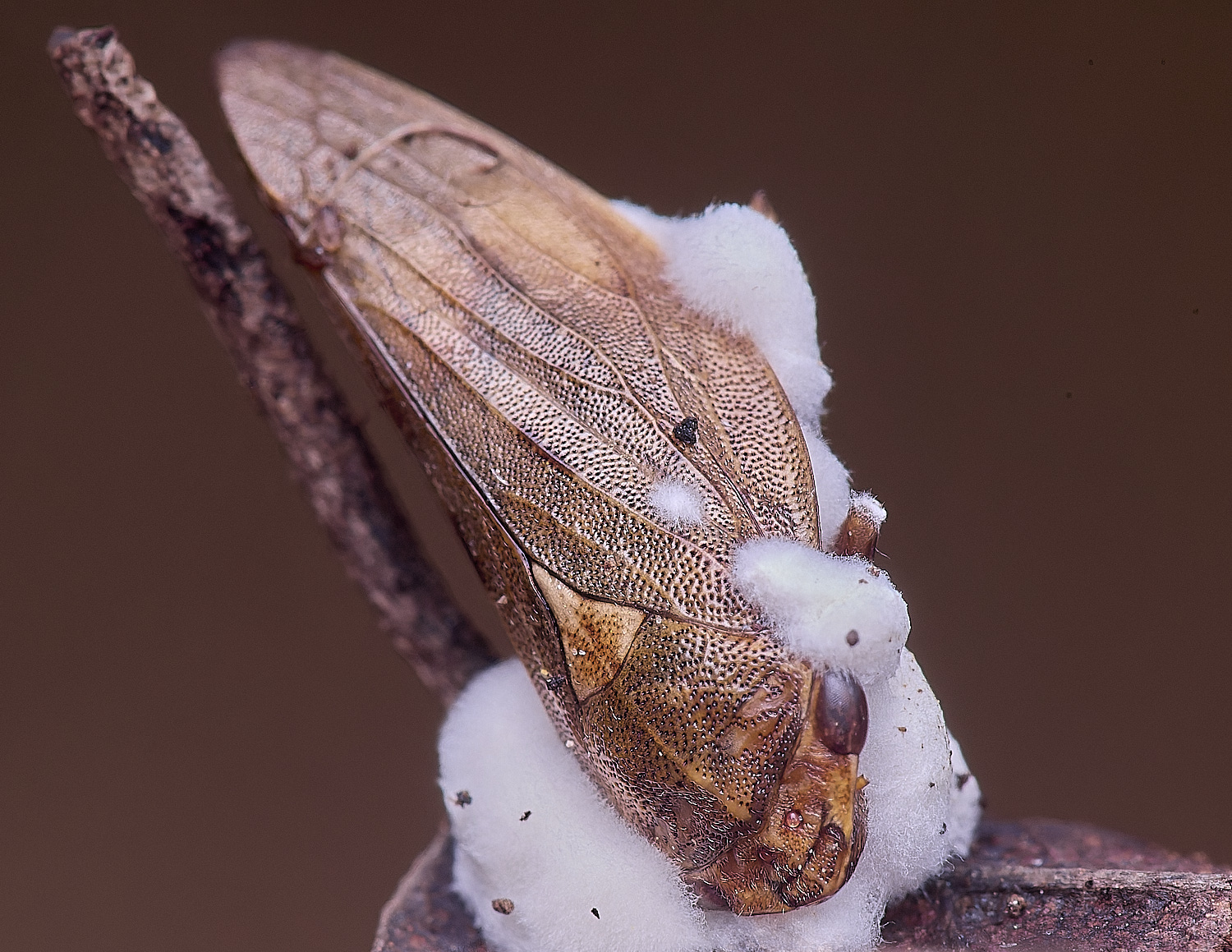
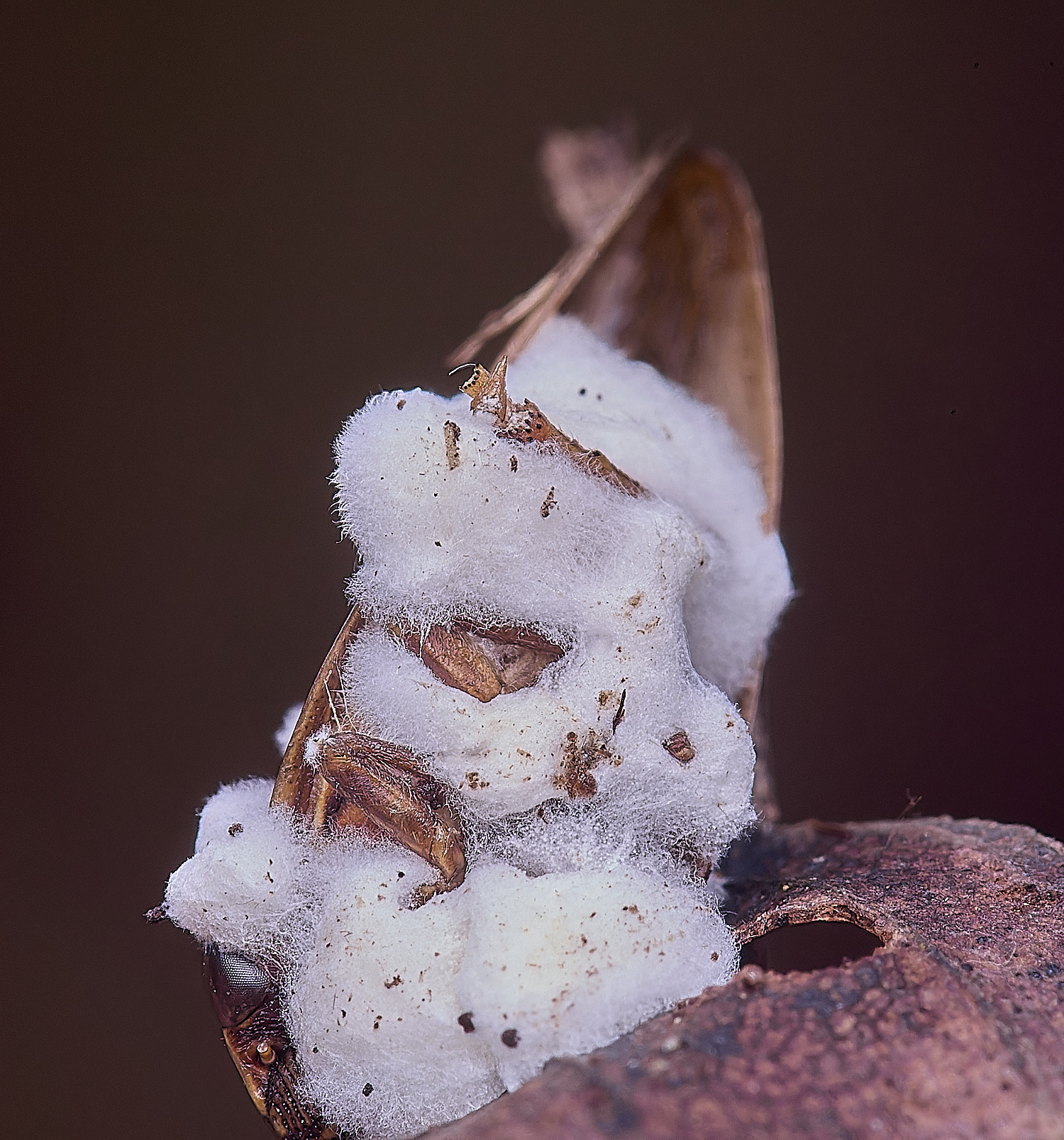
Alder Spittlebug (Aphrophora alni) succumbed to Beauvaria bassiana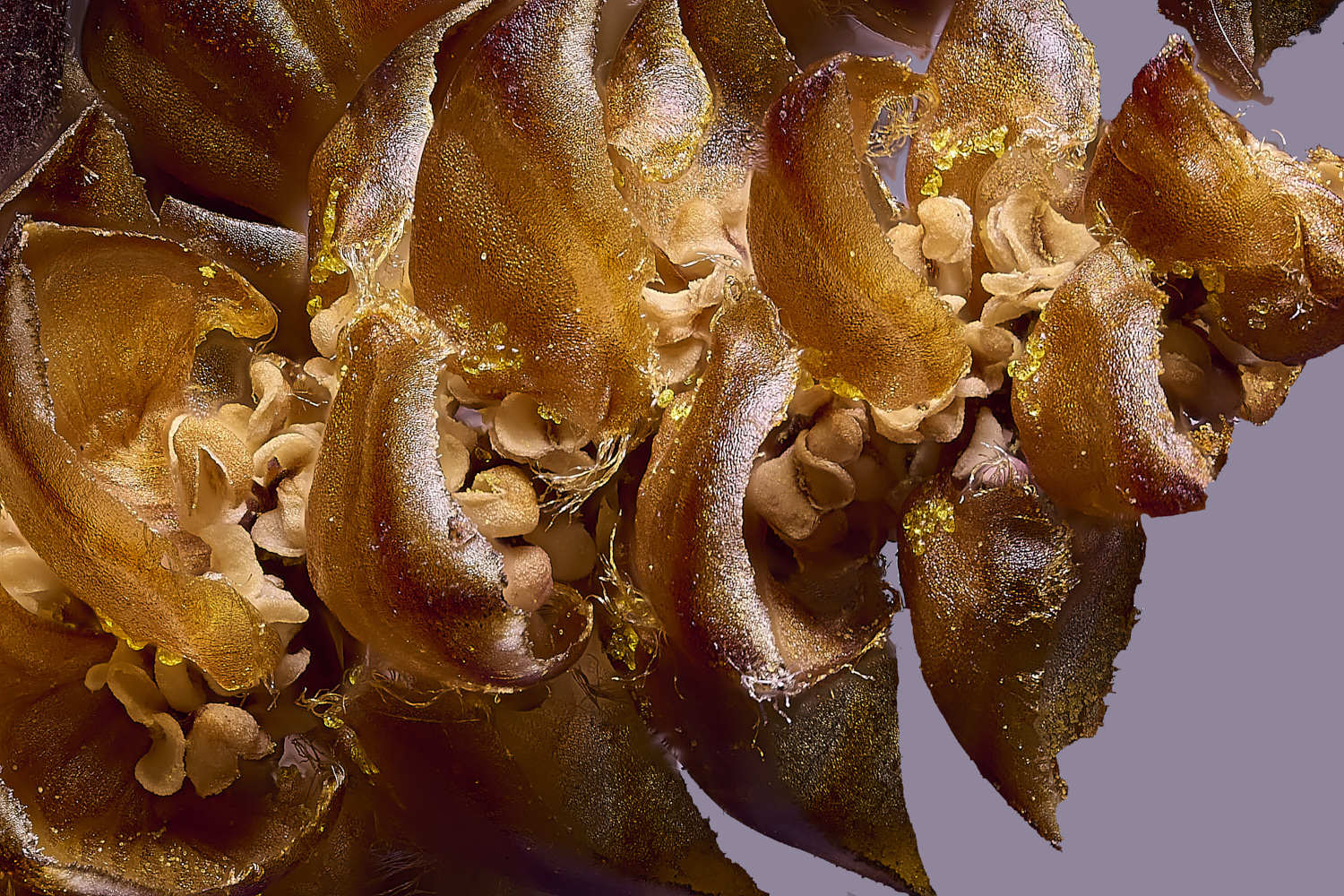
Bog Myrtle Flower (Myrica gale)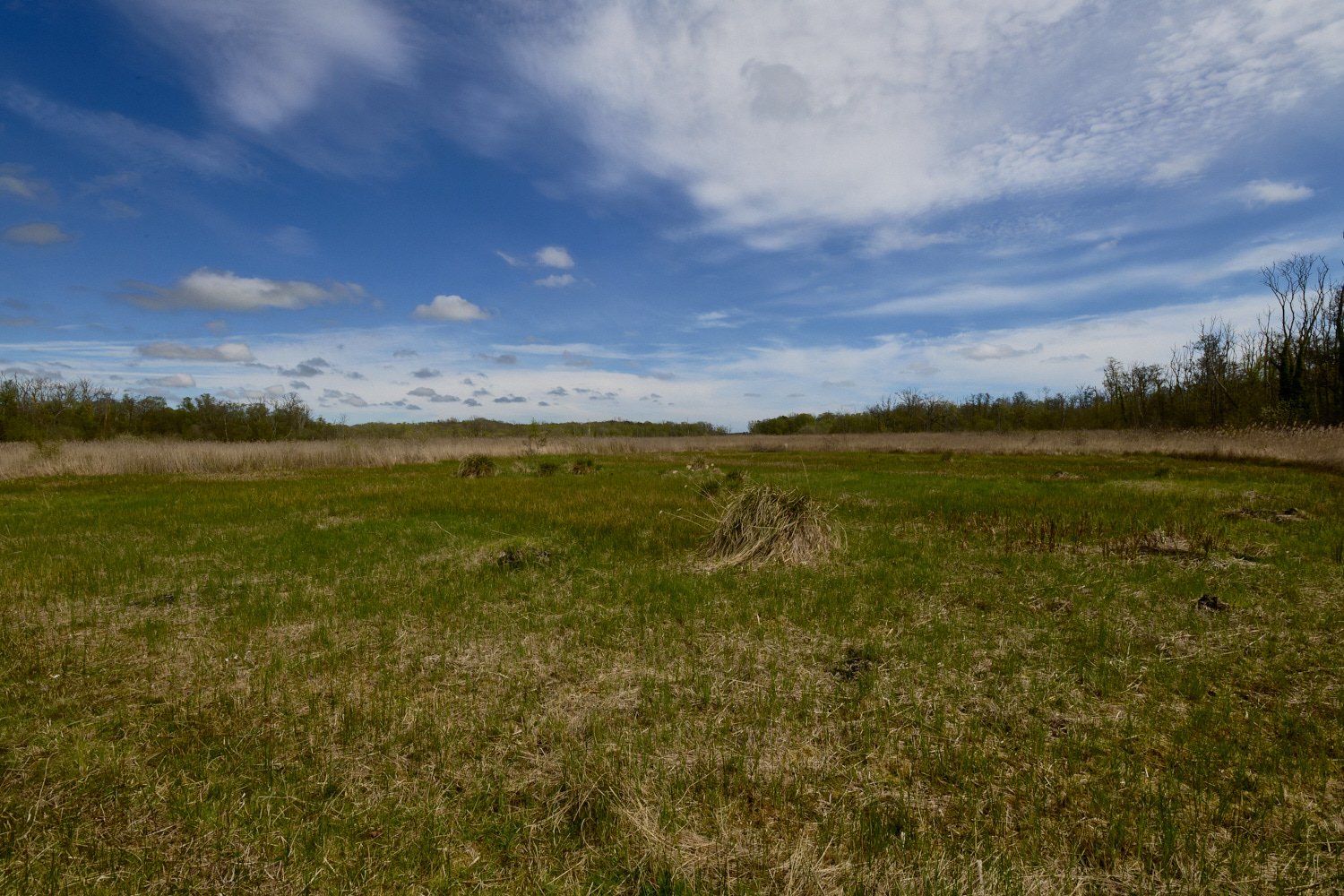
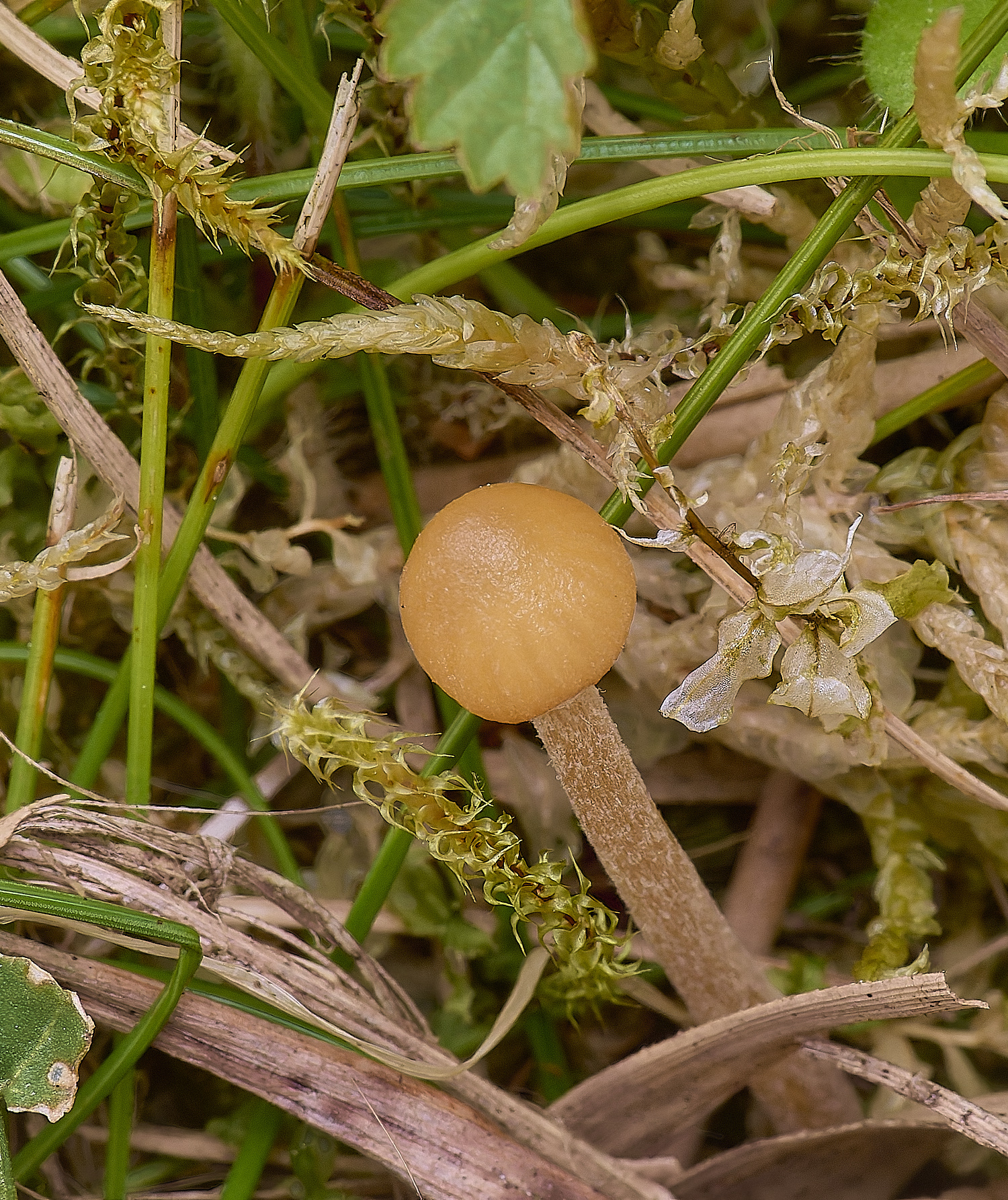
From Yvonne
The conocybe turned out to be a Galerina and I didn't think I would be able to do it but the cheilocystidia were very distinctive.
Thus Galerina clavata but never 100% sure with these.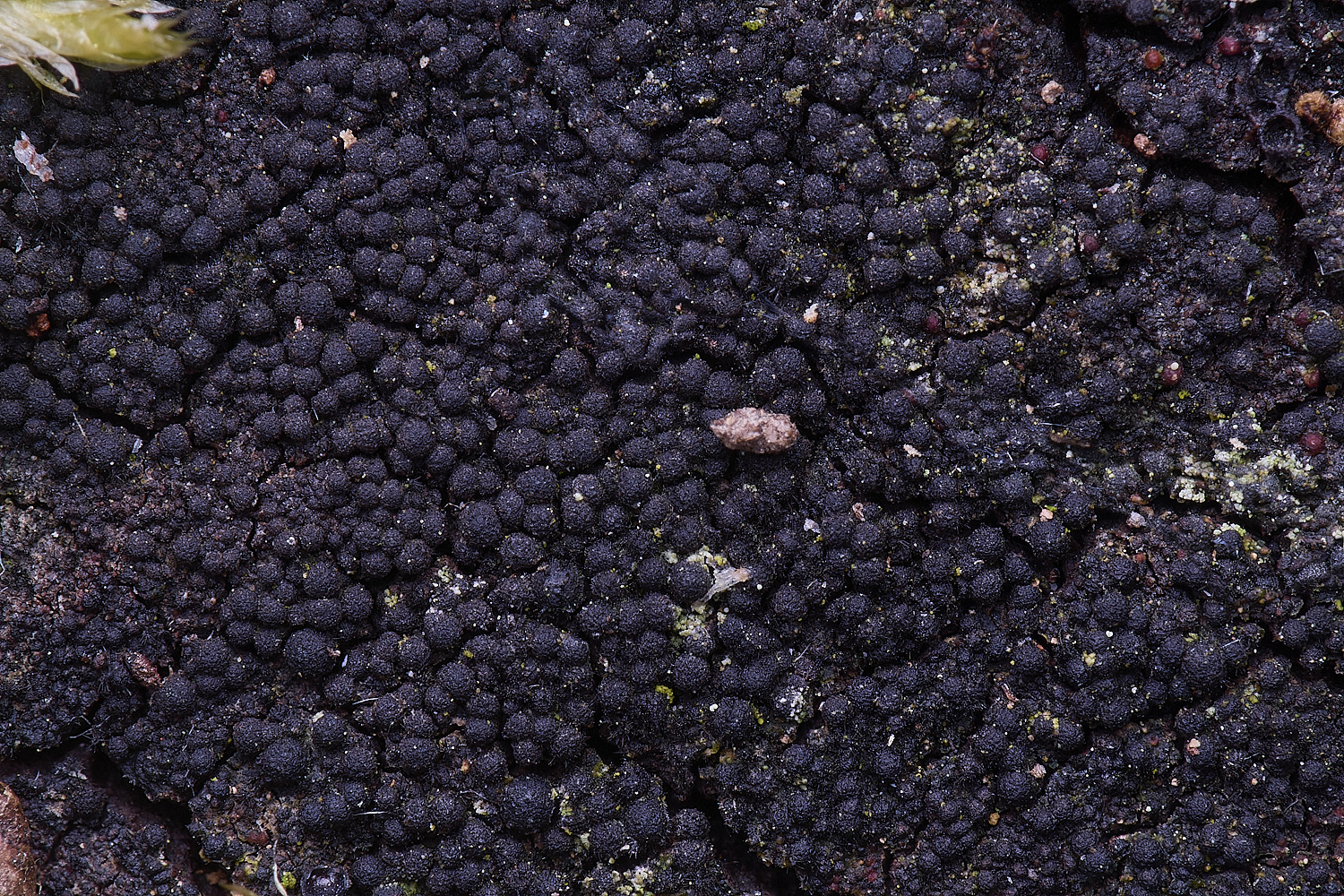
?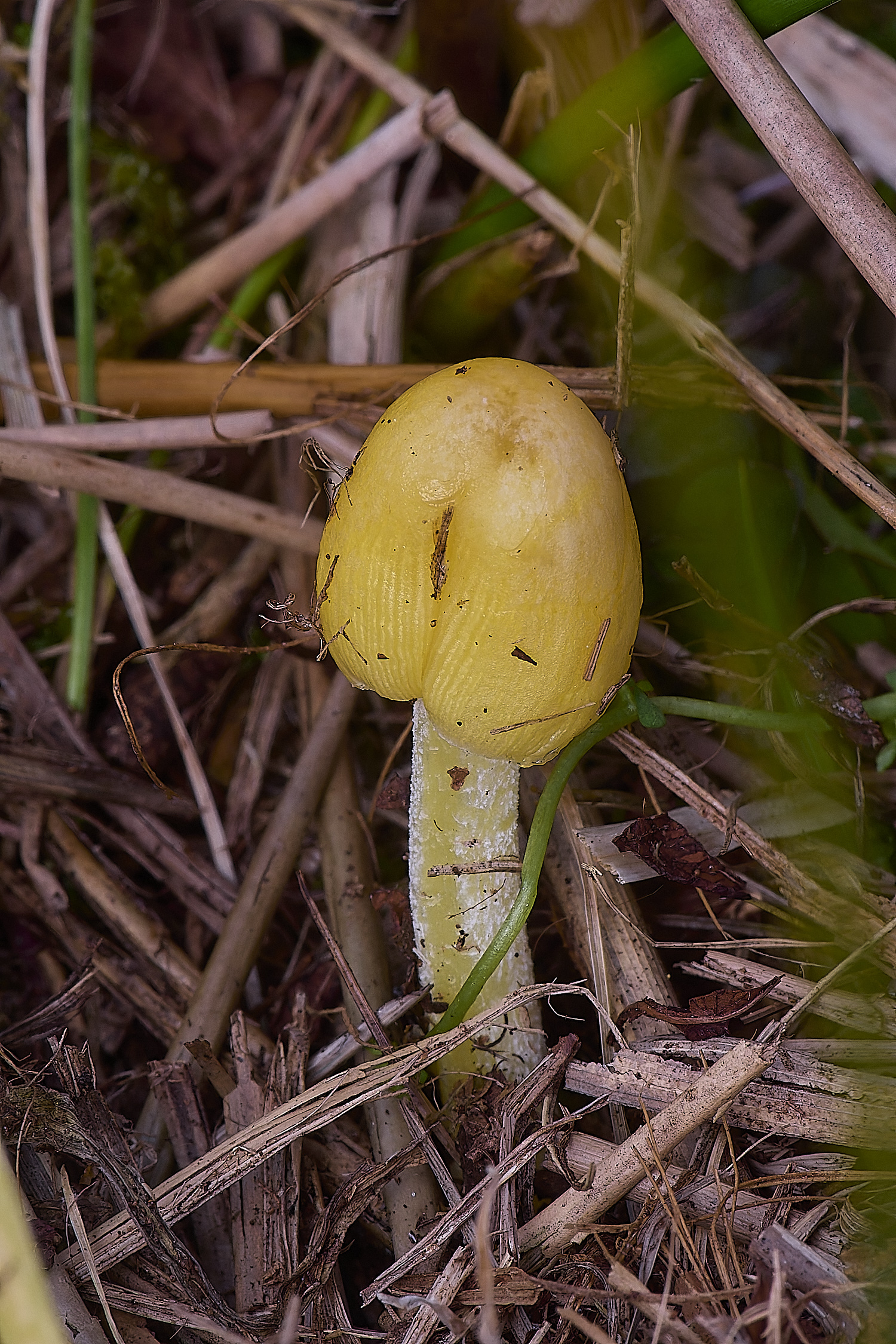
Yellow Fieldcap (Bolbitius titubans)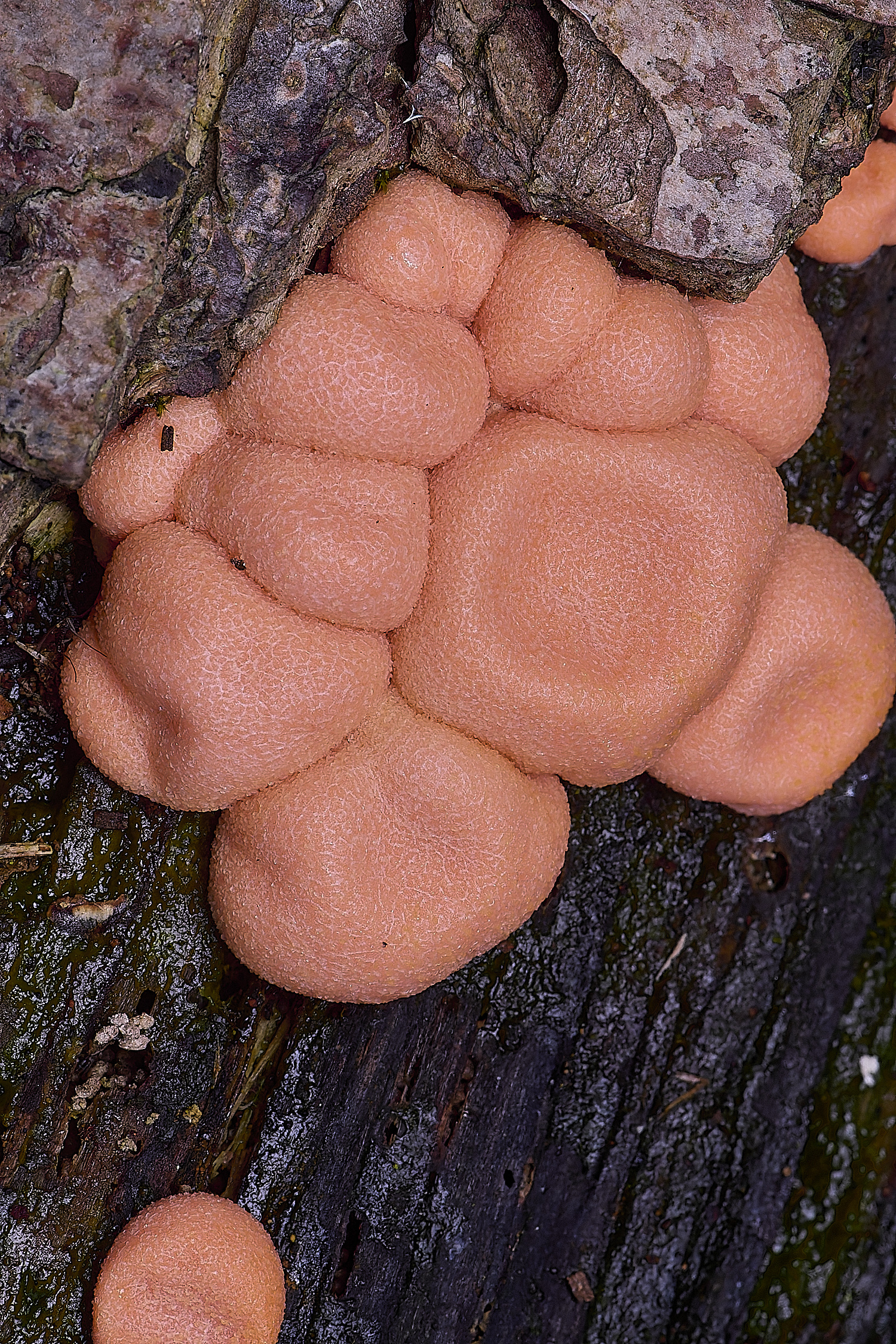
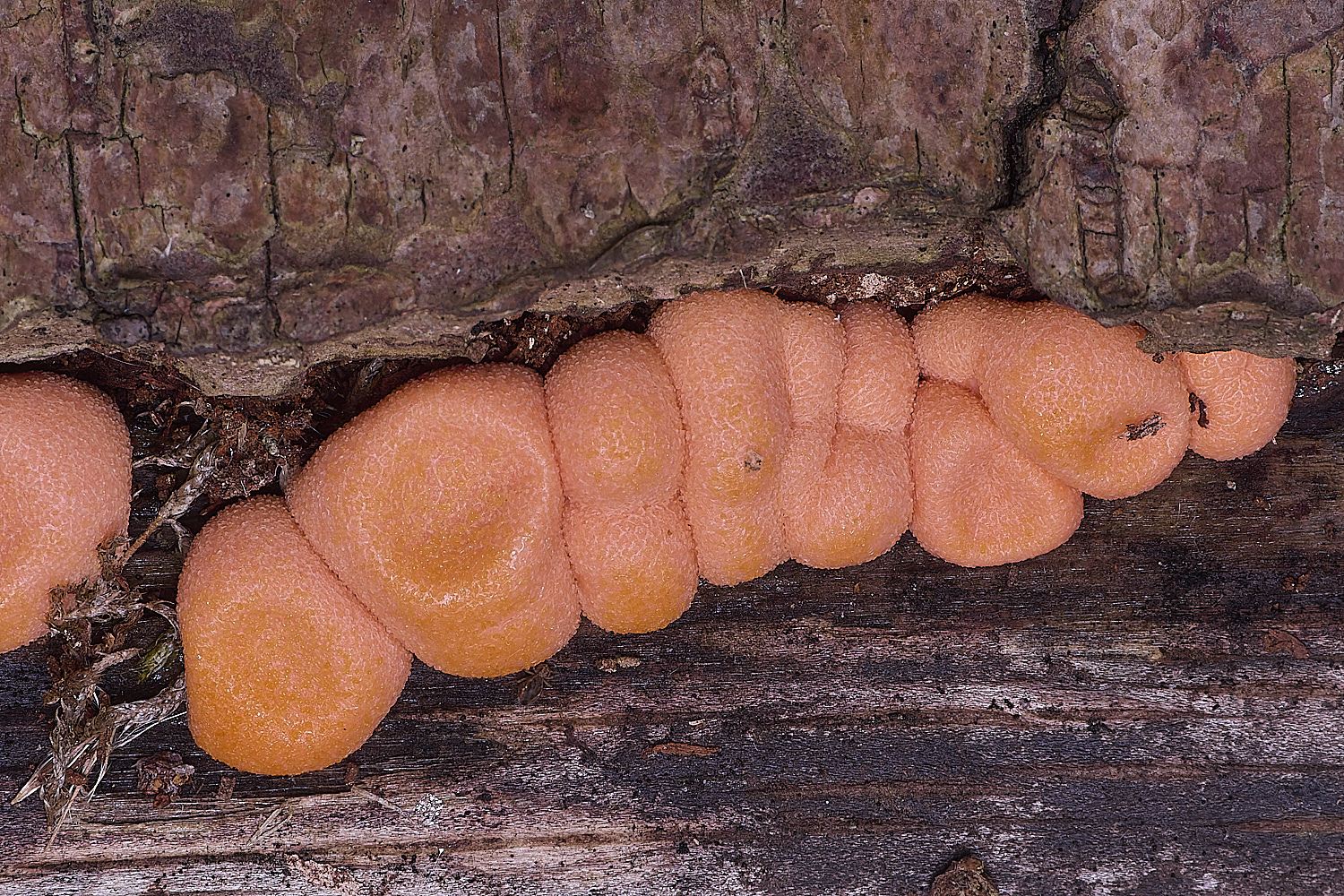
Lycogala terrestre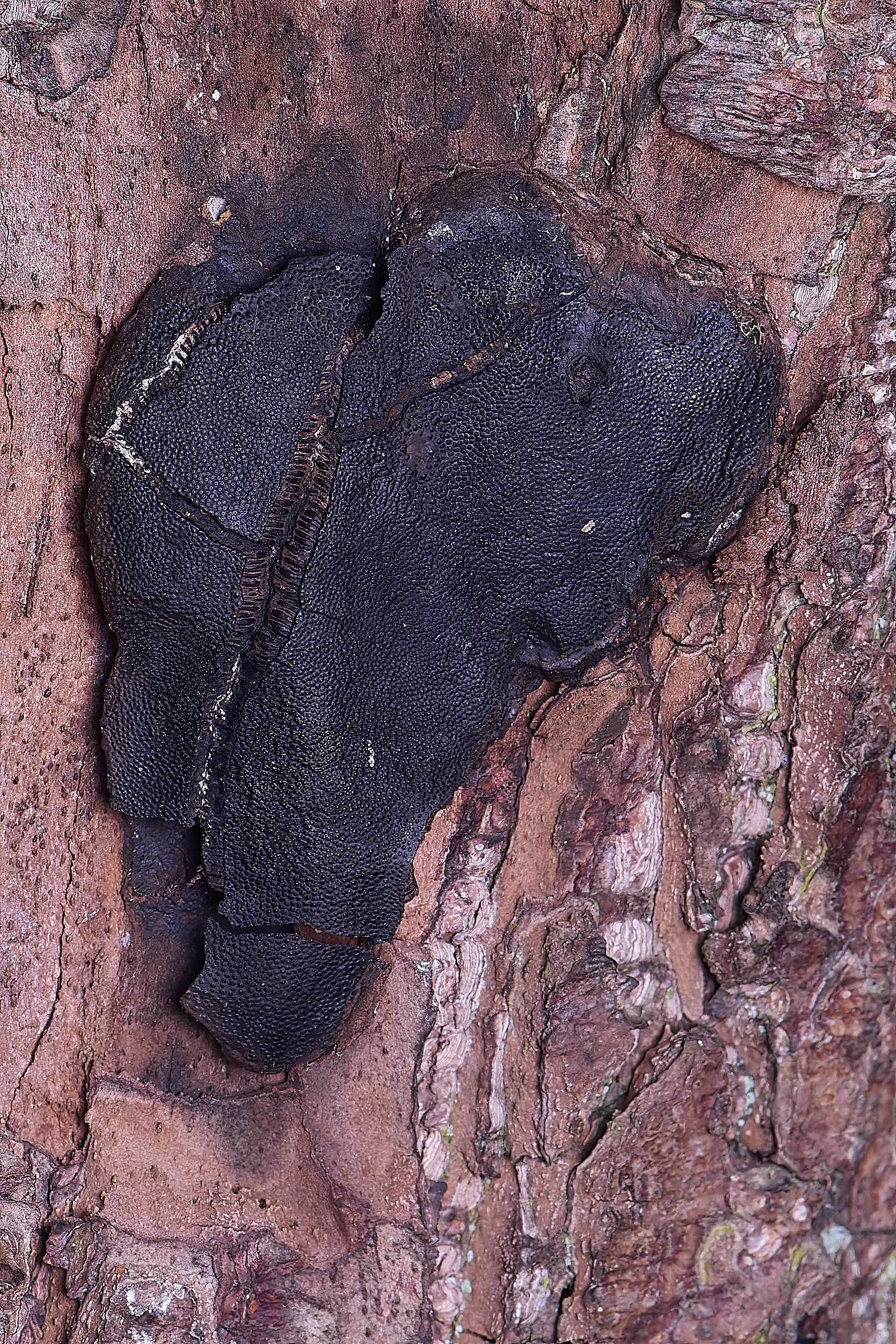
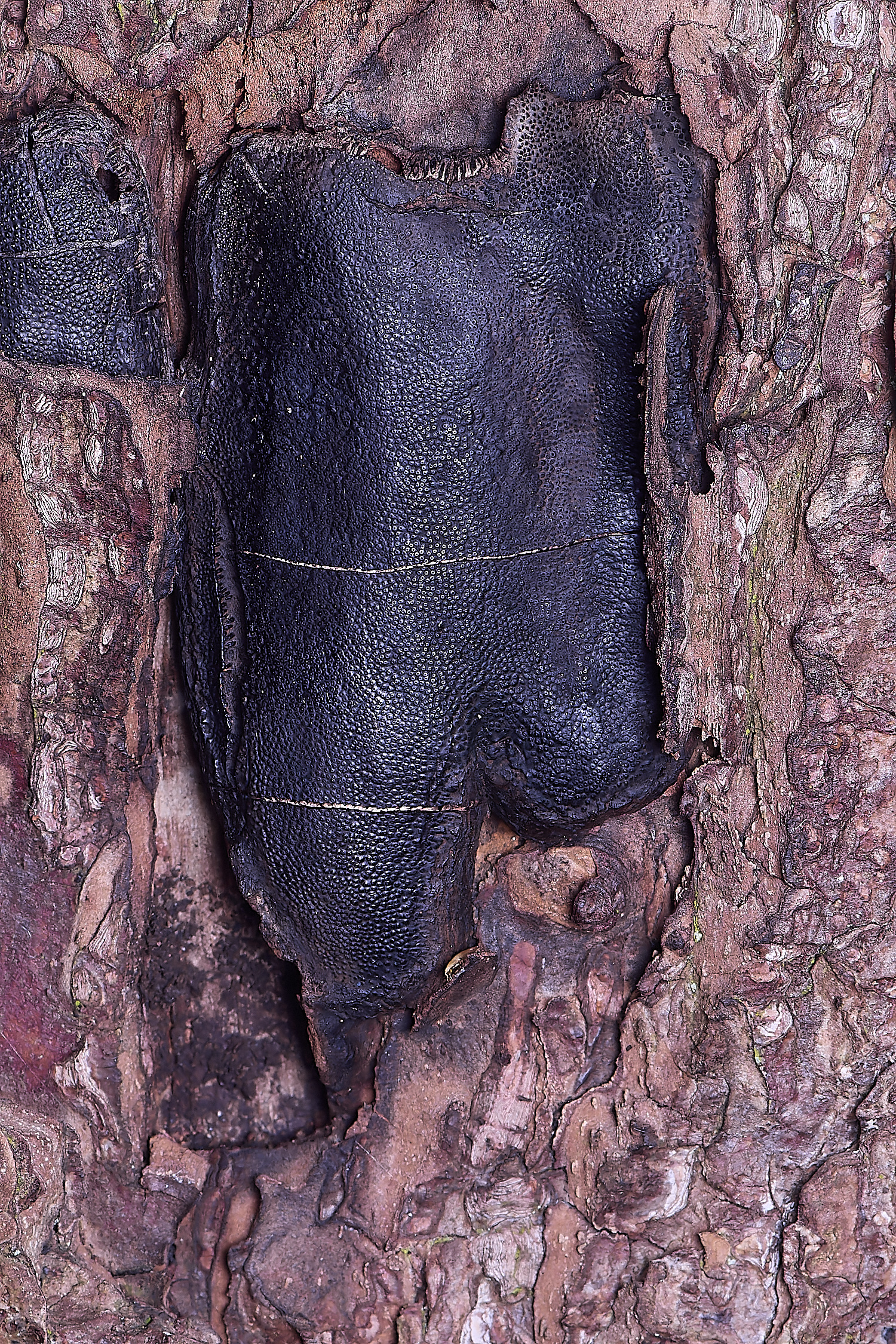
Thick Tarcrust (Camerops polysperma)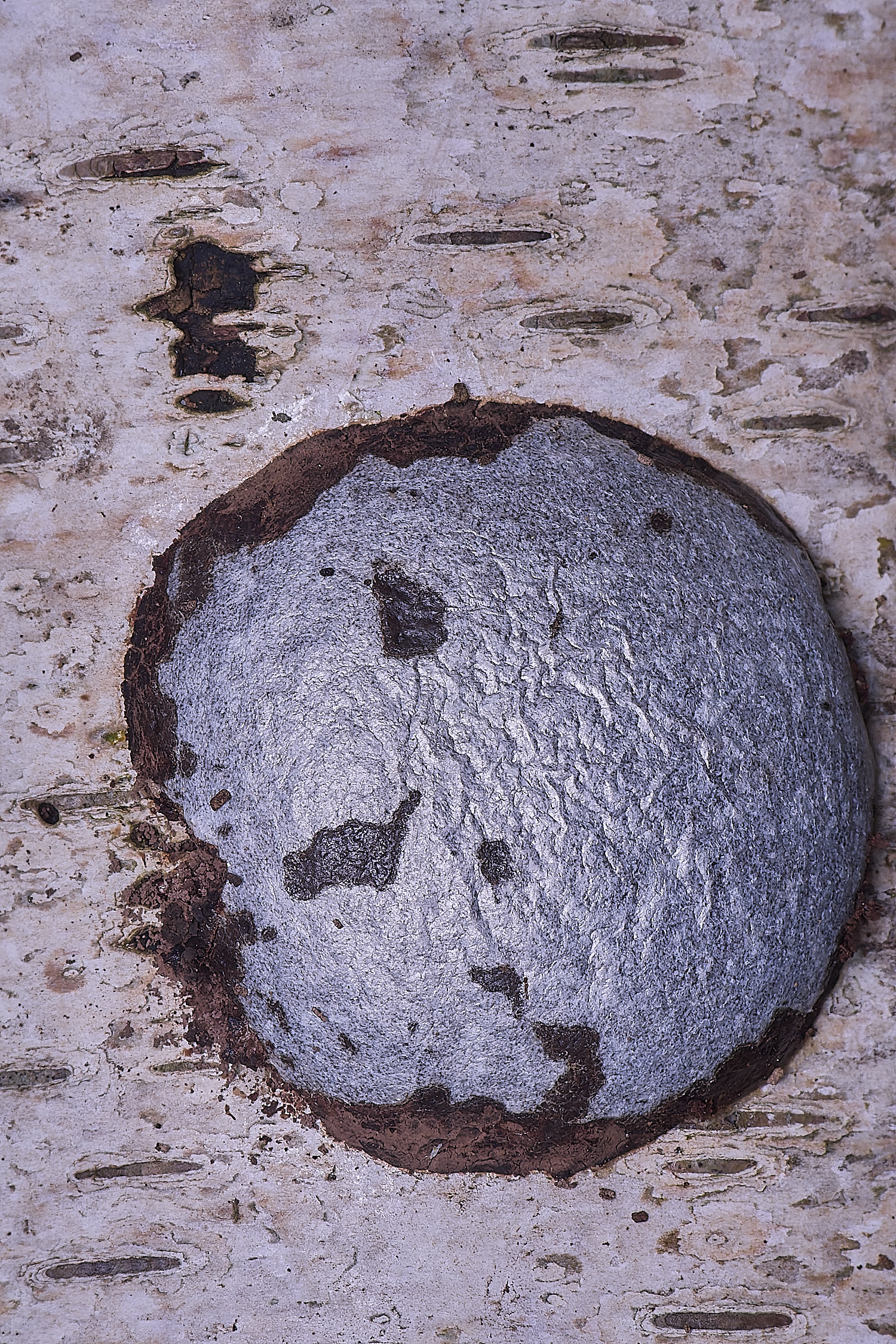
Slime Mold Sp
Reticularia lycoperdon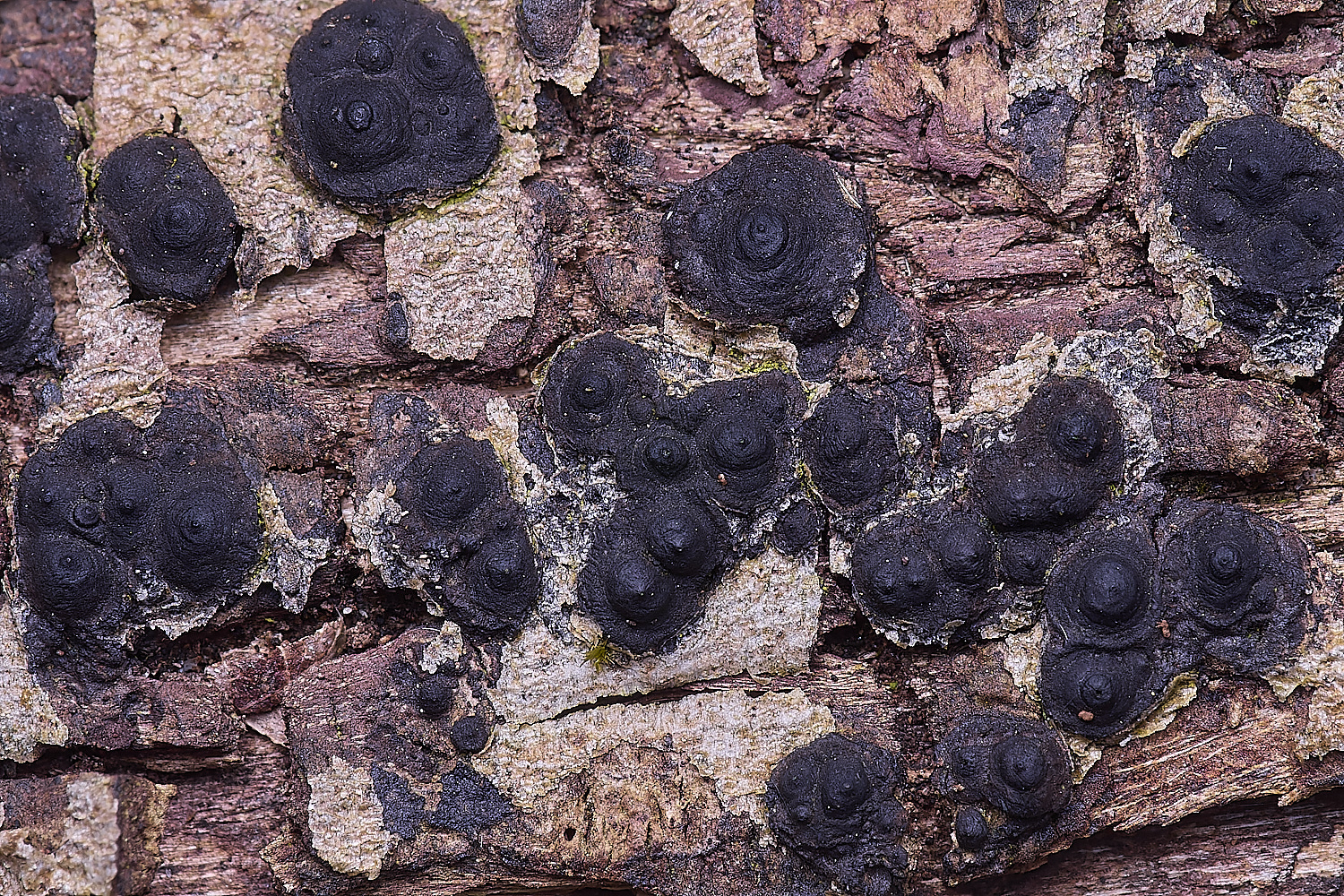
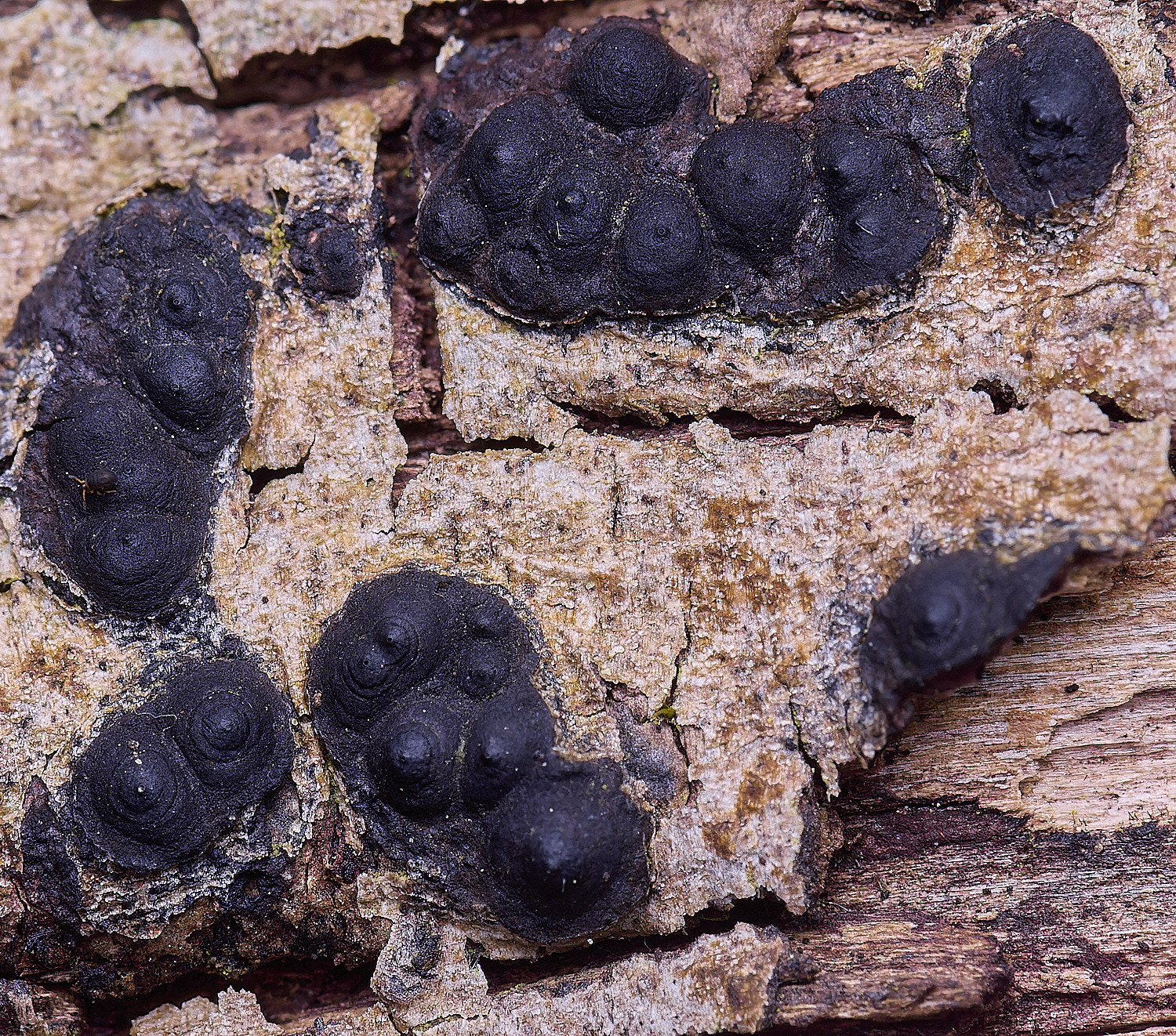
Nemannia confluens
A slightly confusing young colony of what could be either Physcomitrium or Funaria.
They are almost impossible to tell apart at this stage.
But in amongst them were the more obvious adult strands of Bonfire Moss (Funaria hygrometrica)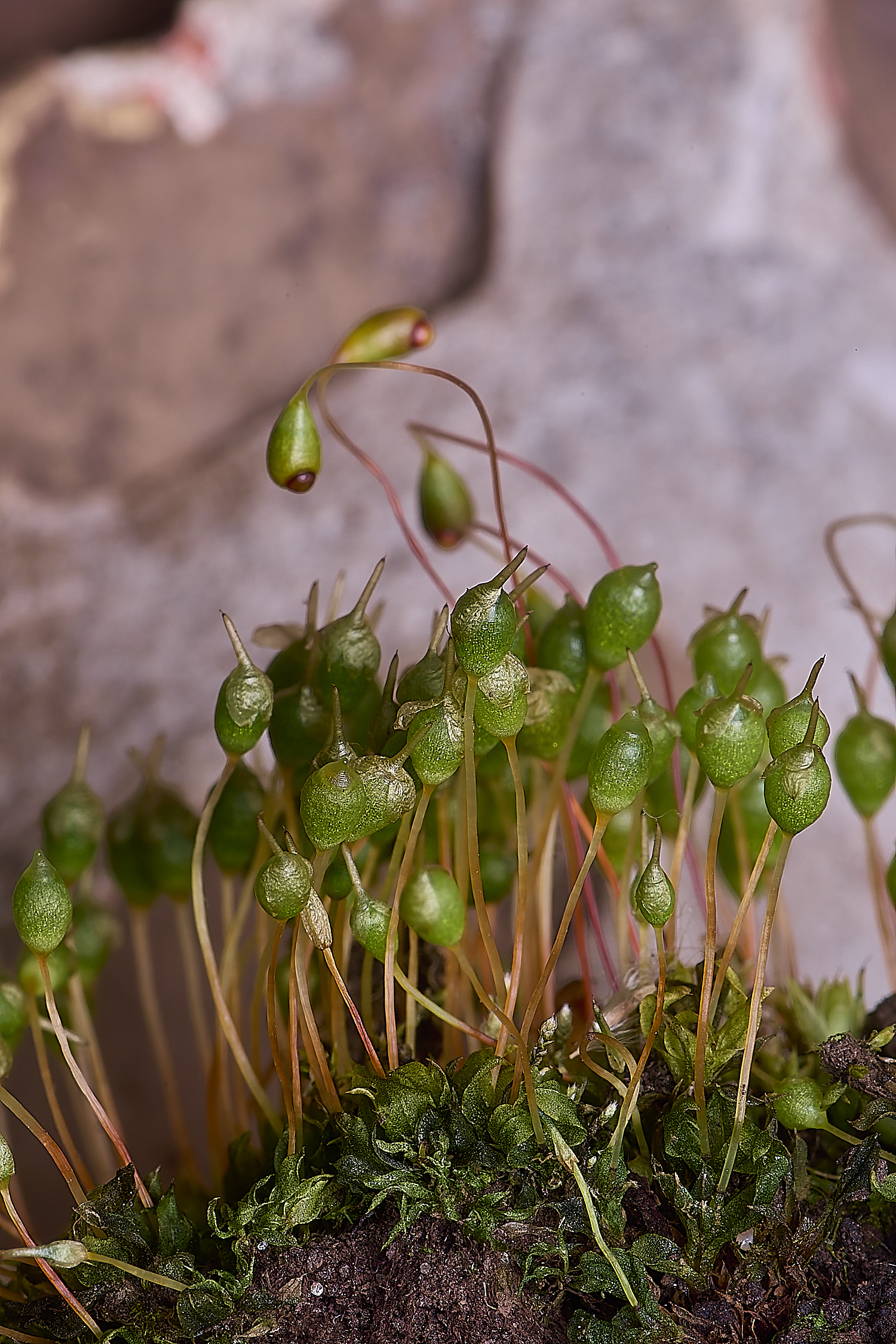
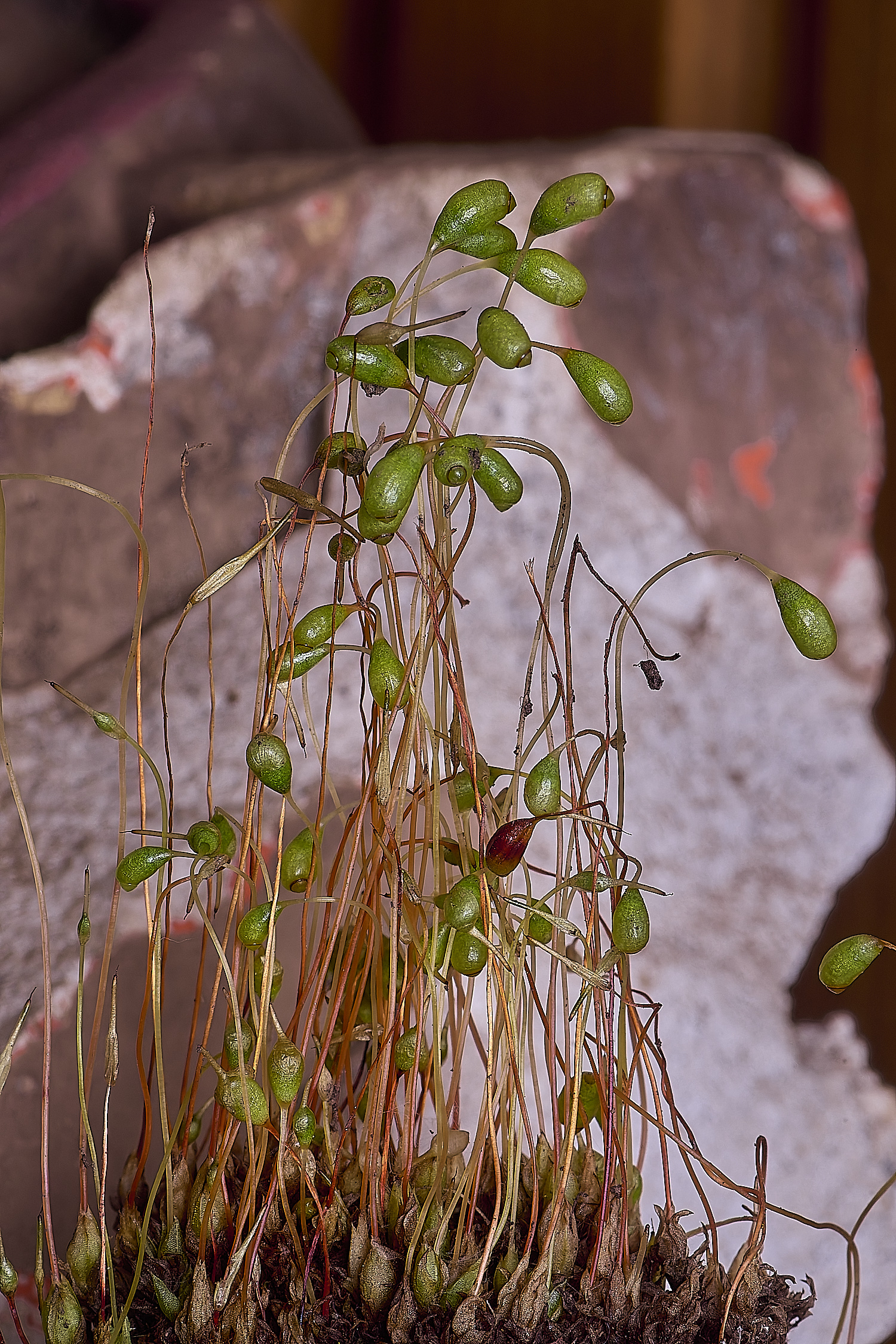
Bonfire Moss (Funaria hygrometrica)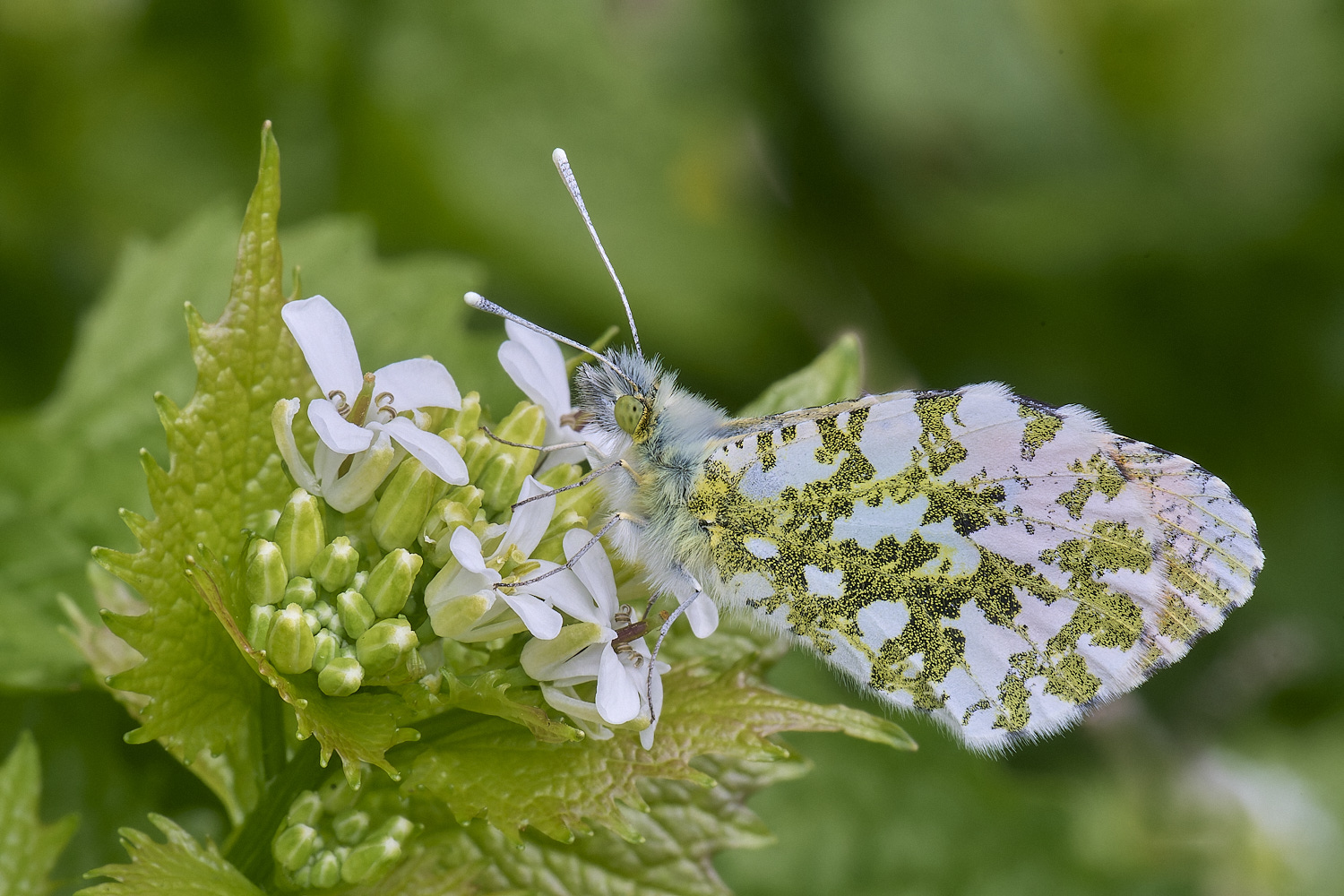
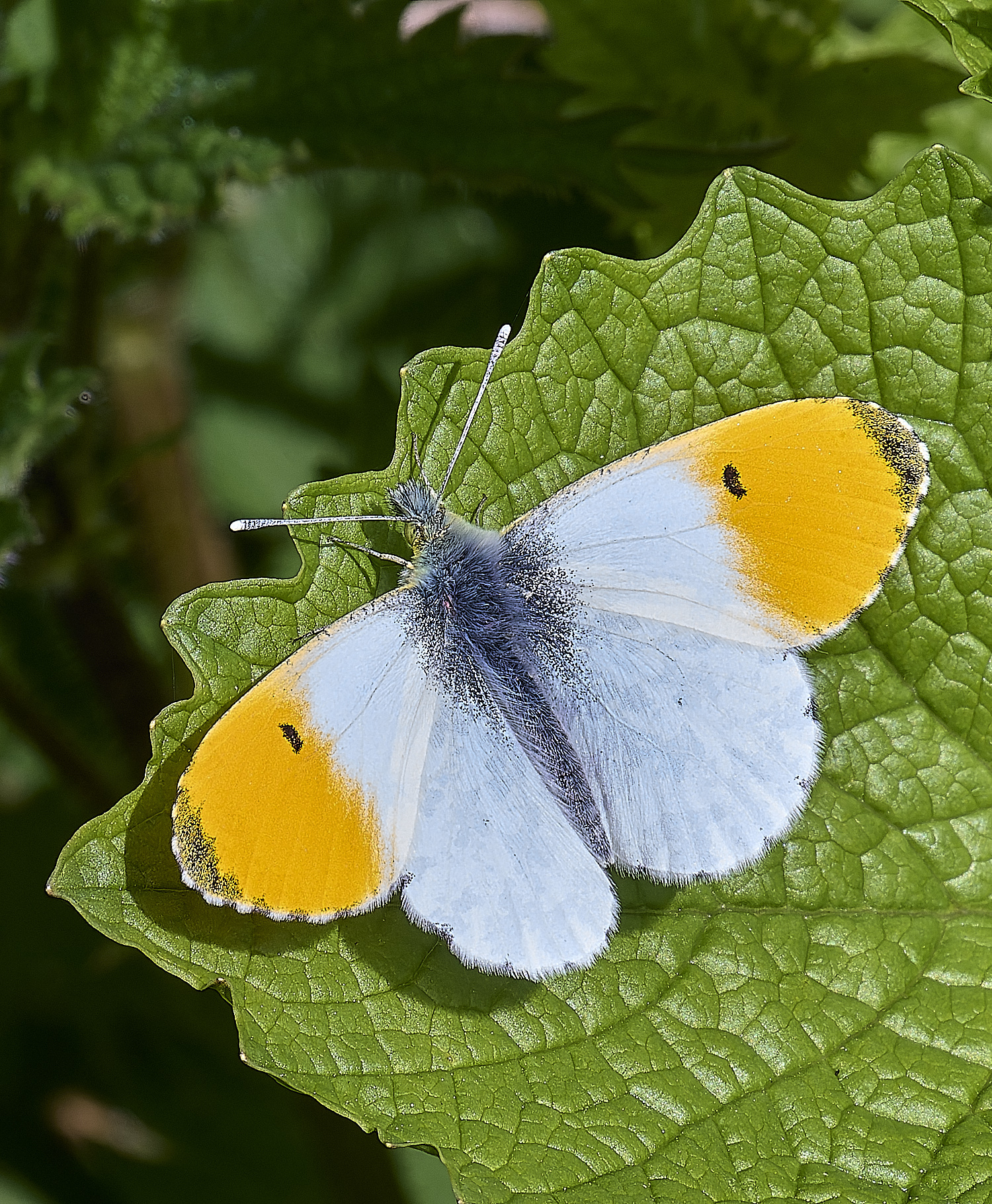
Orange Tip ♂︎ (Anthocaris cardamines)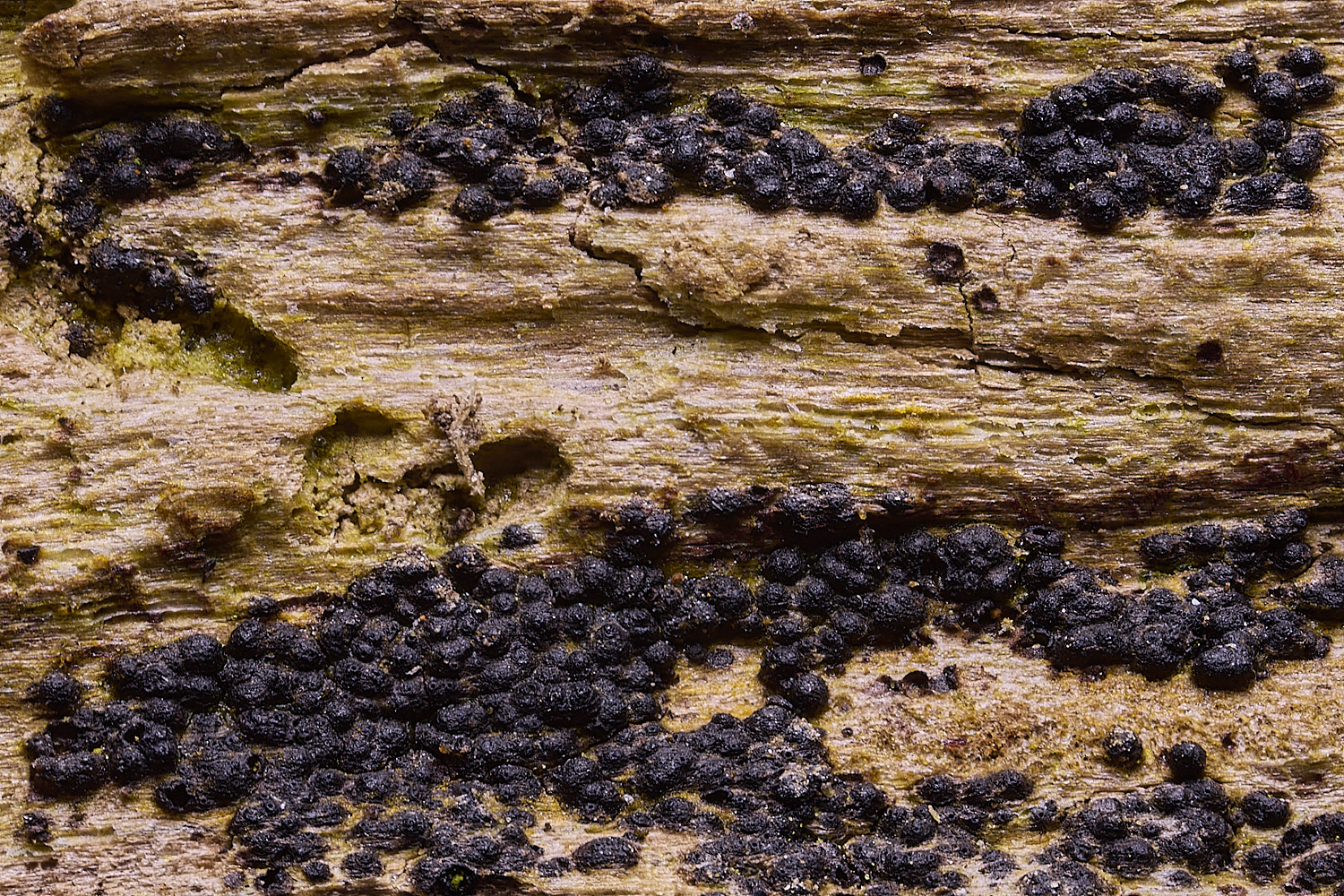
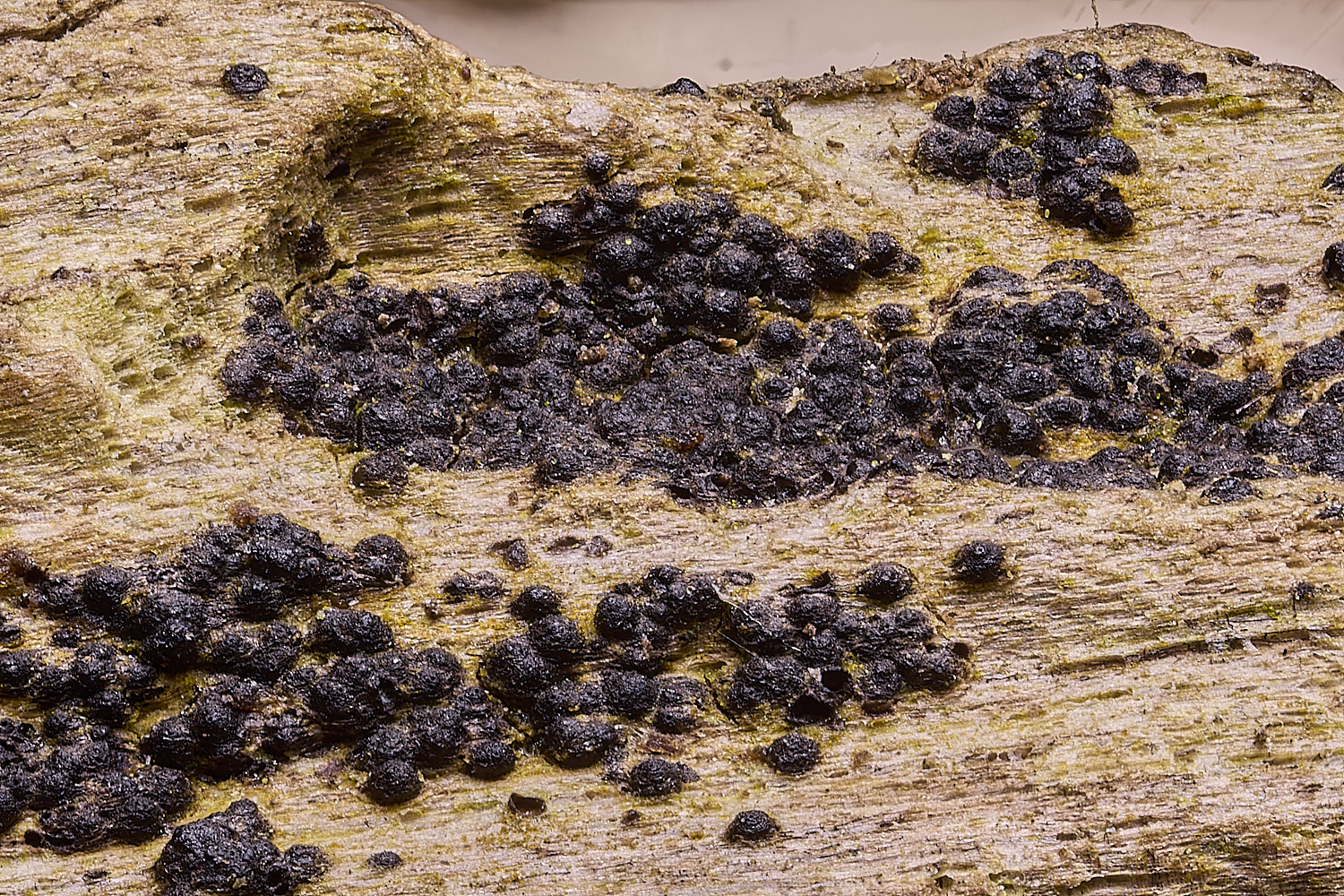
Melanopsamma pomiformis

40x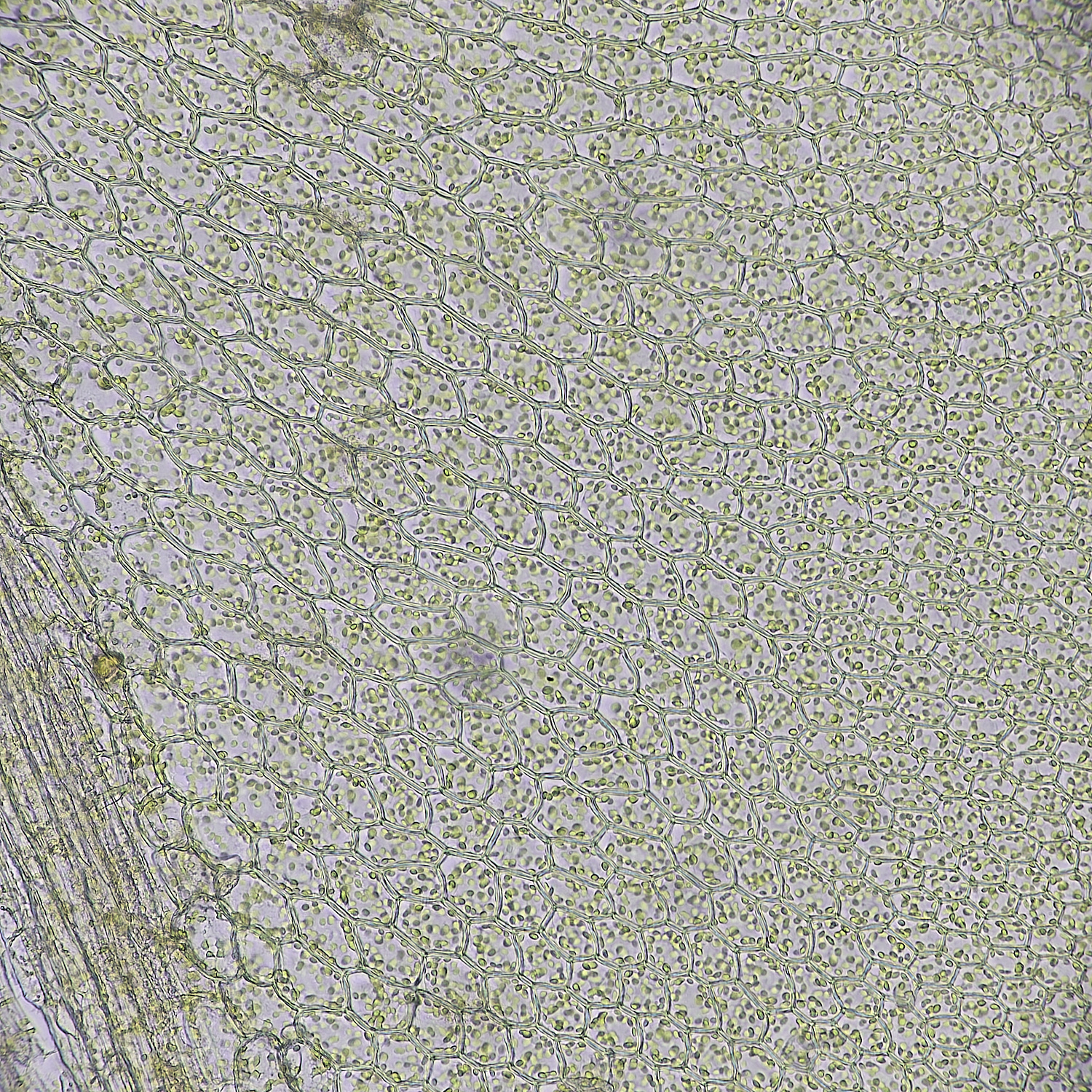
200x
Tall Thyme-moss (Plagiomnium elatum)
The leaf cells are longer than wide and arranged in diagonal rows.
The leaf base runs broadly down the stem.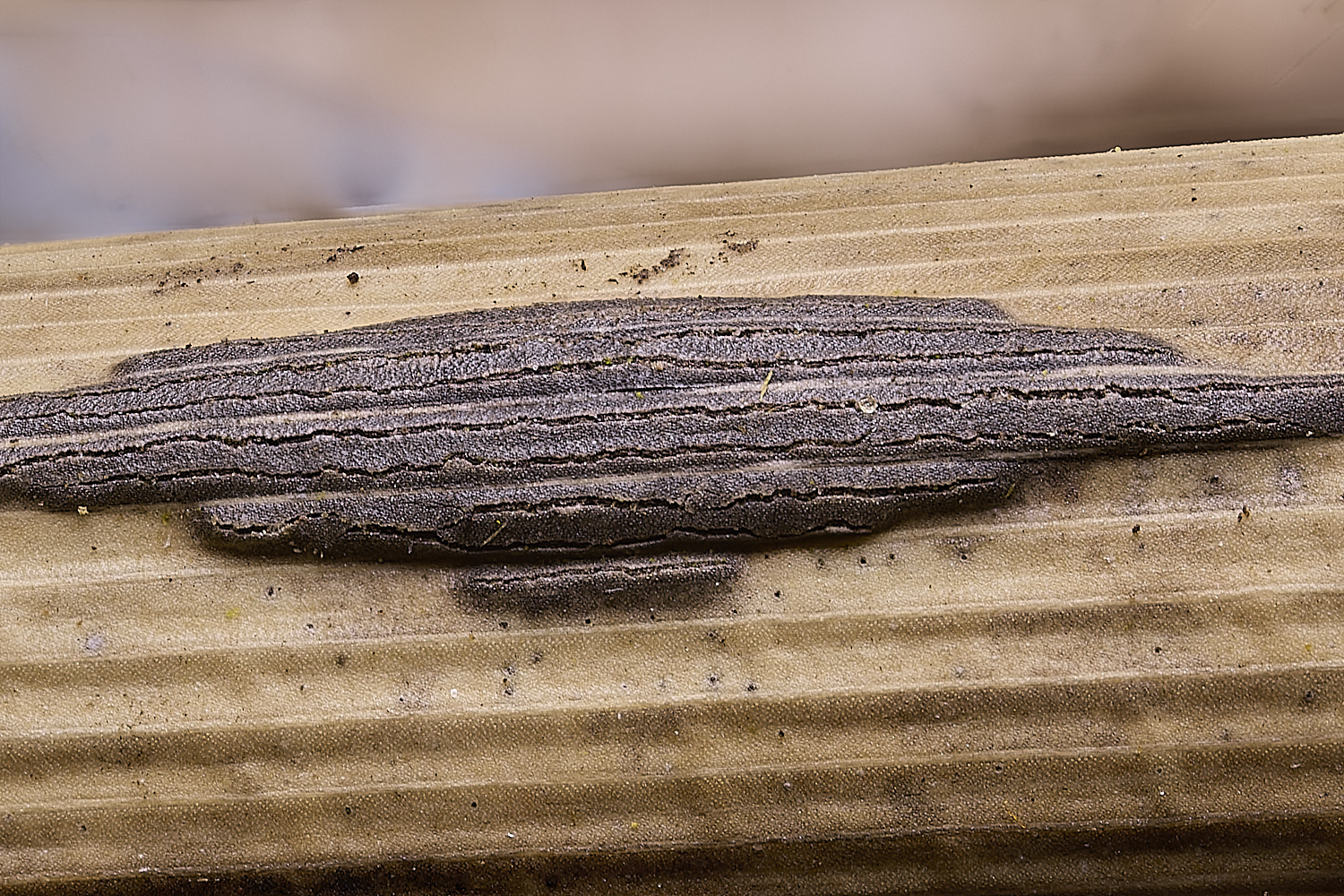
Scirrhia rimosa on Phragnites australis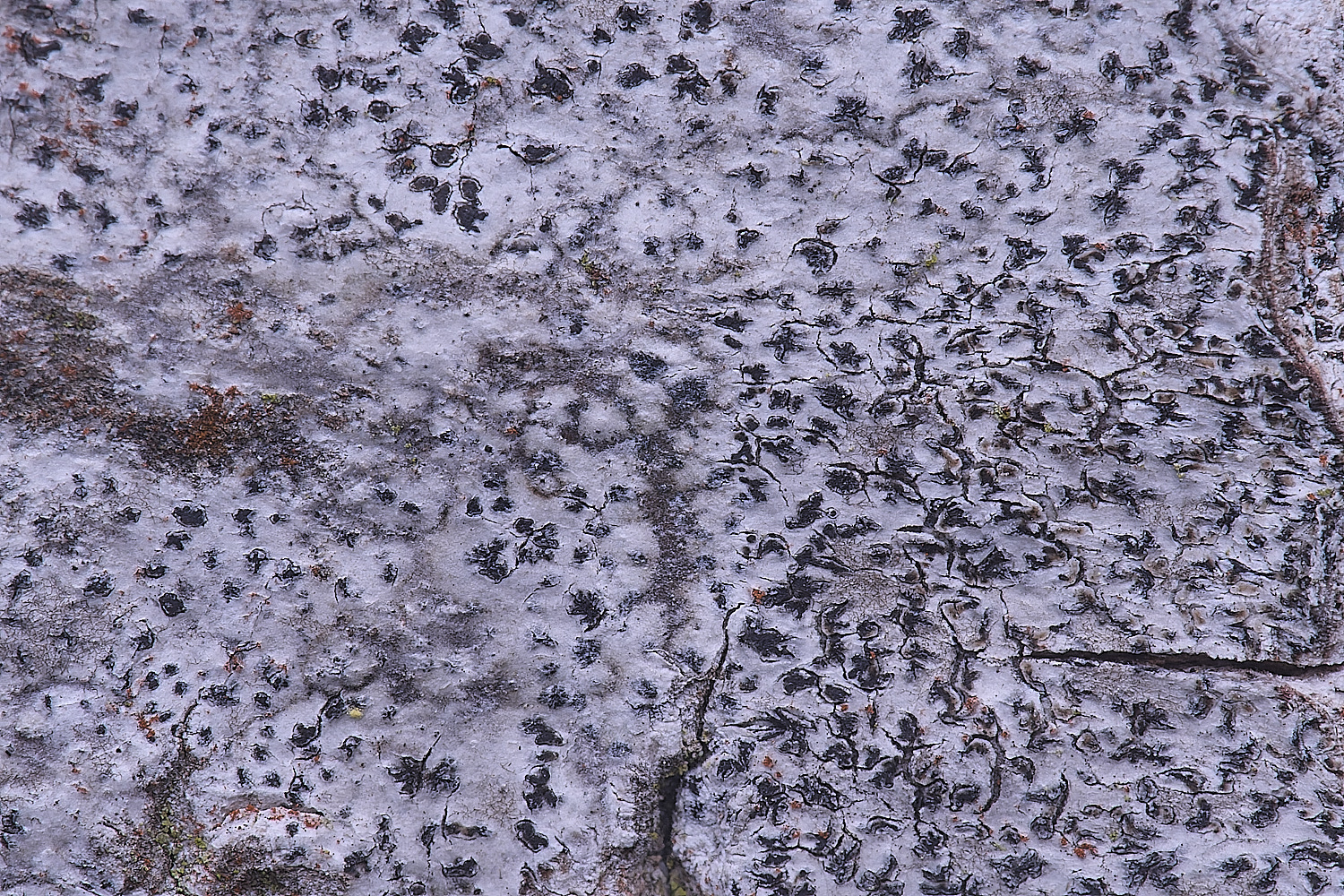
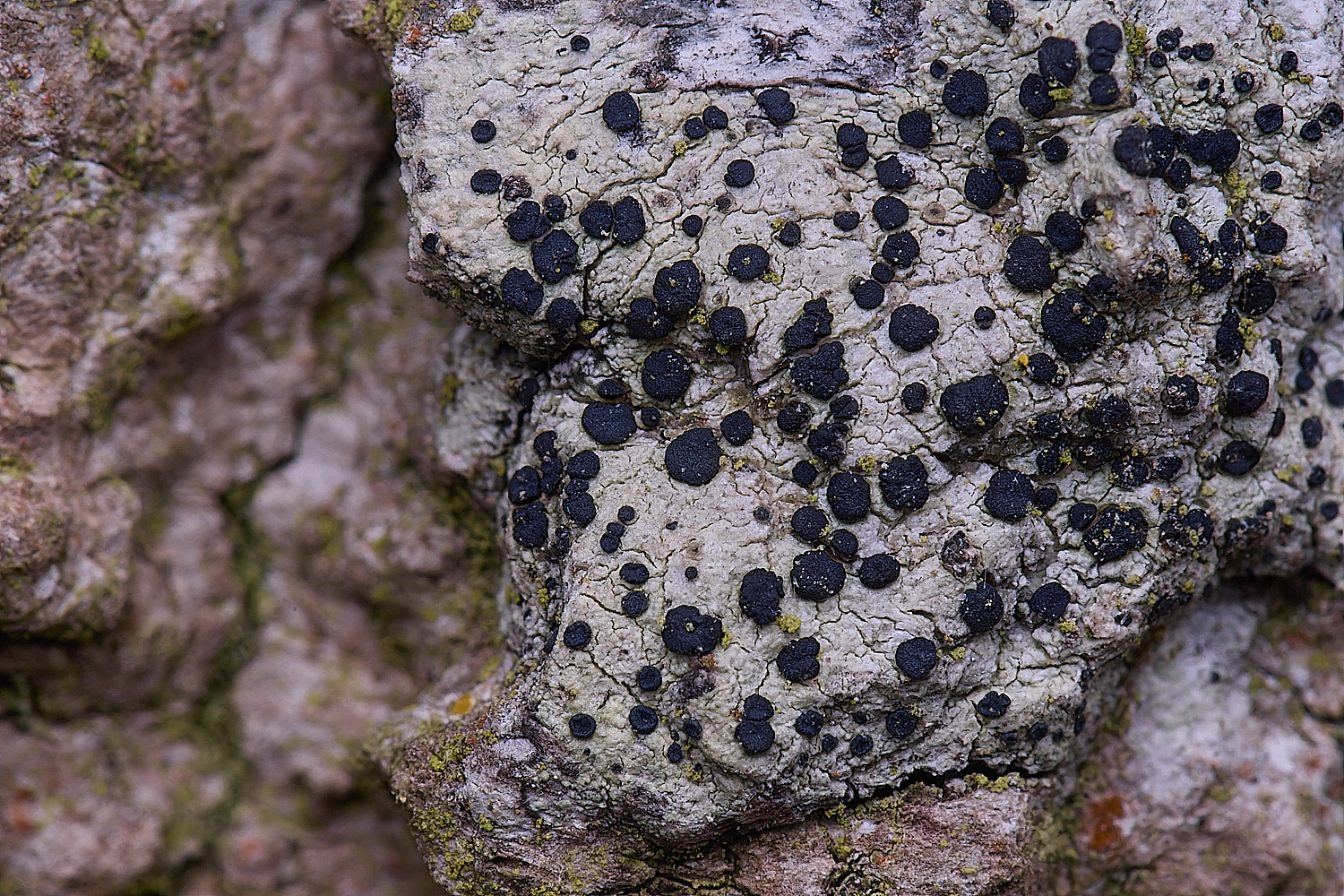
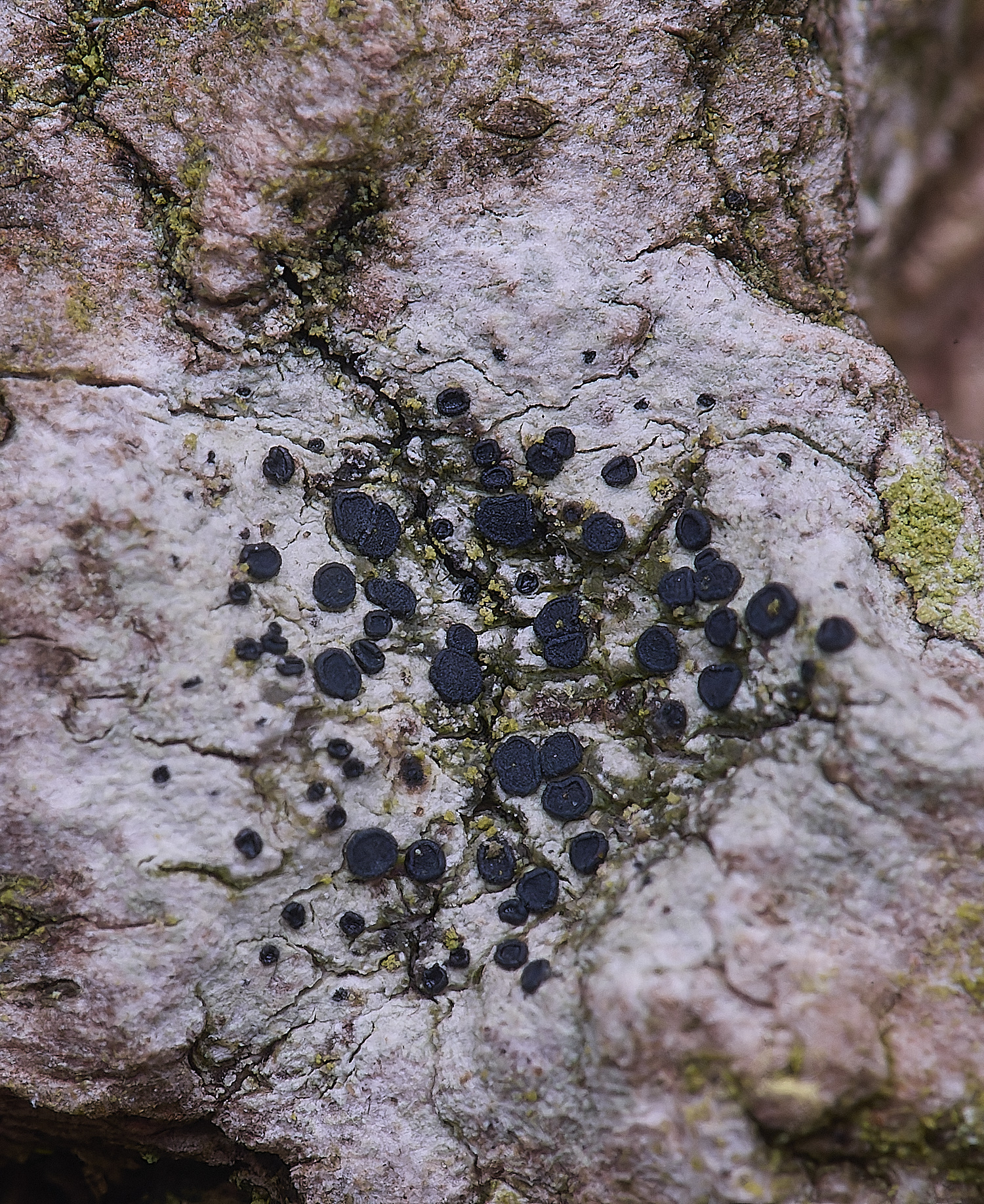
Lichen Sp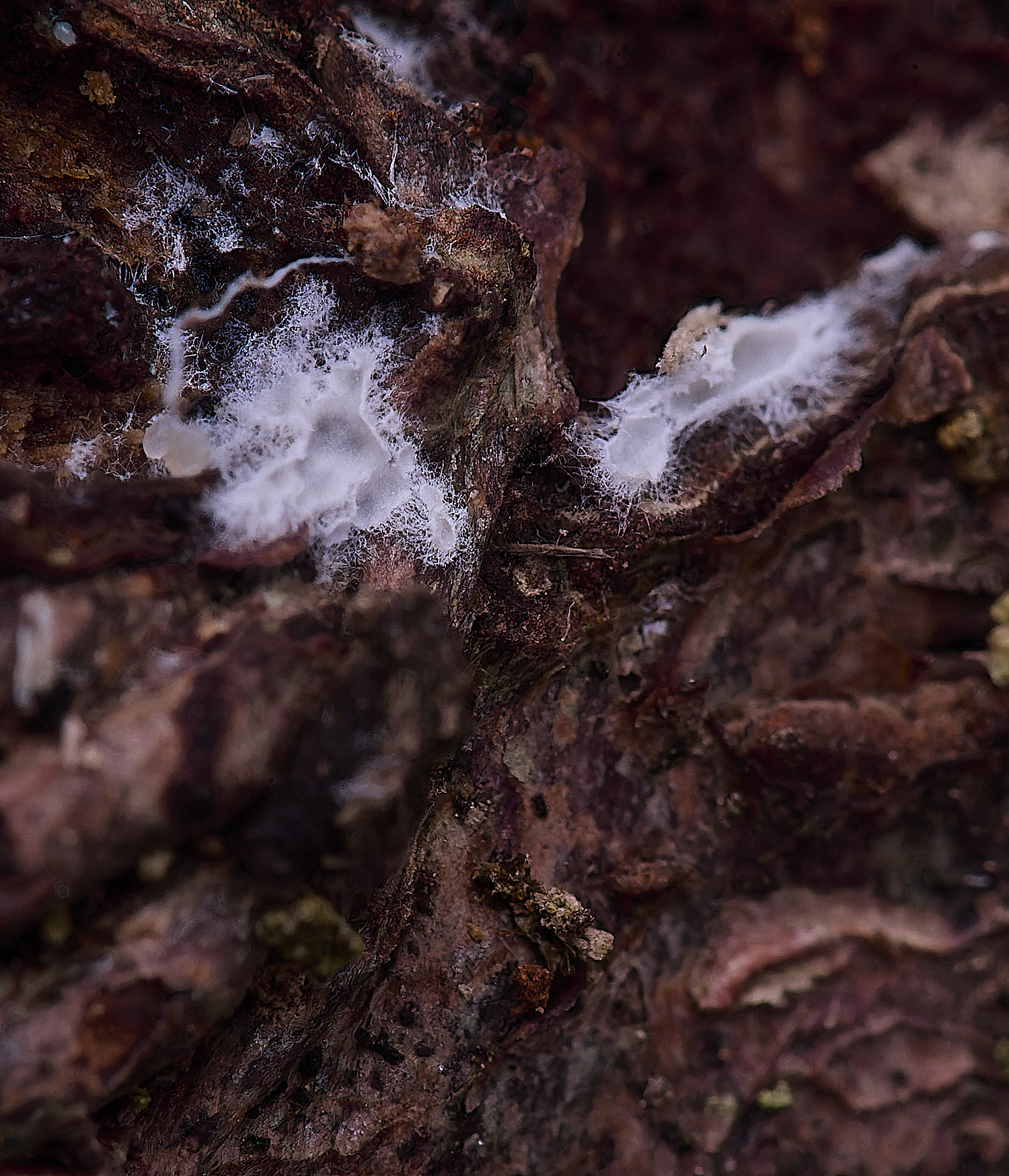
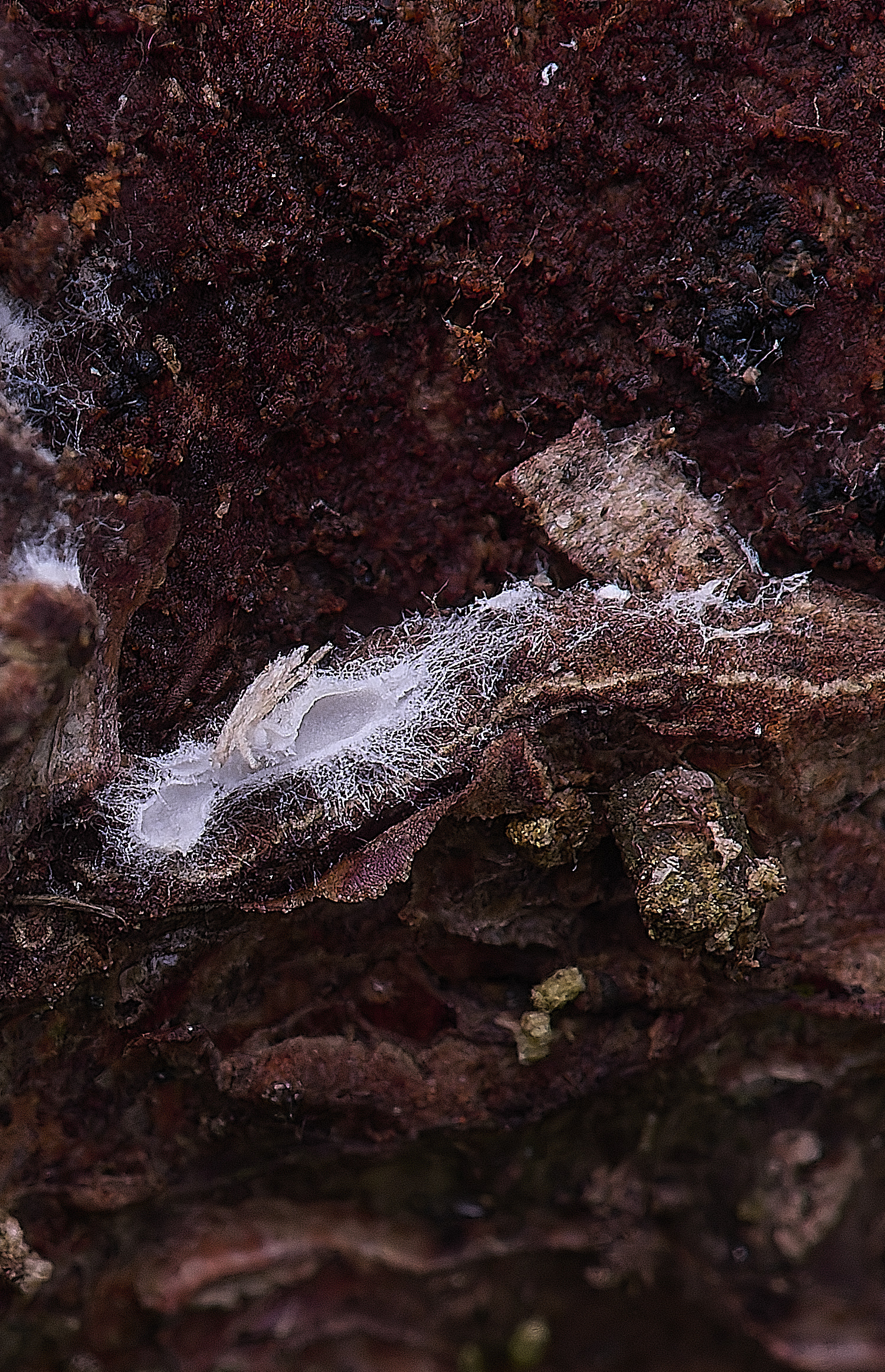
Arachnopeziza auranta on a cobwebby subiculum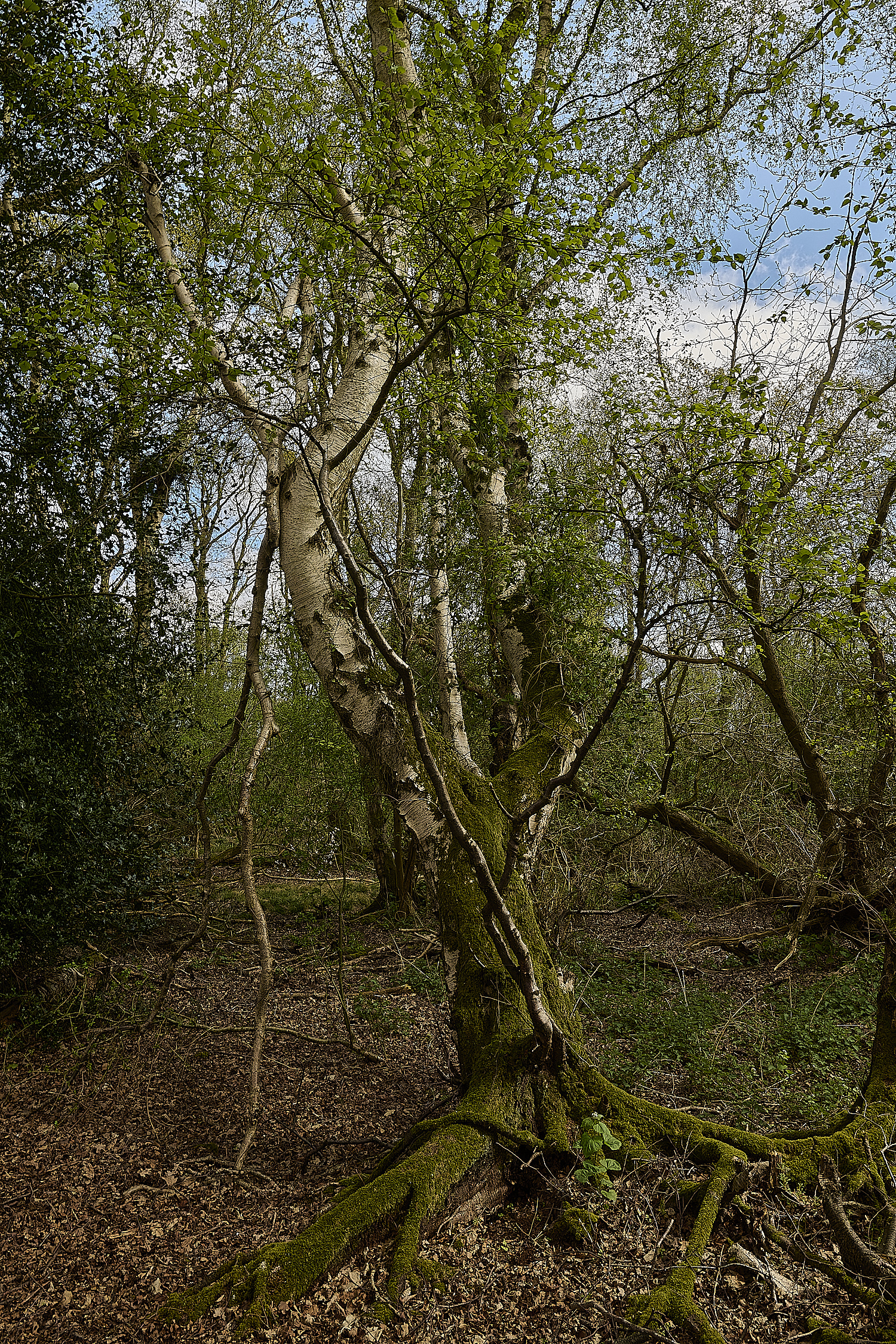
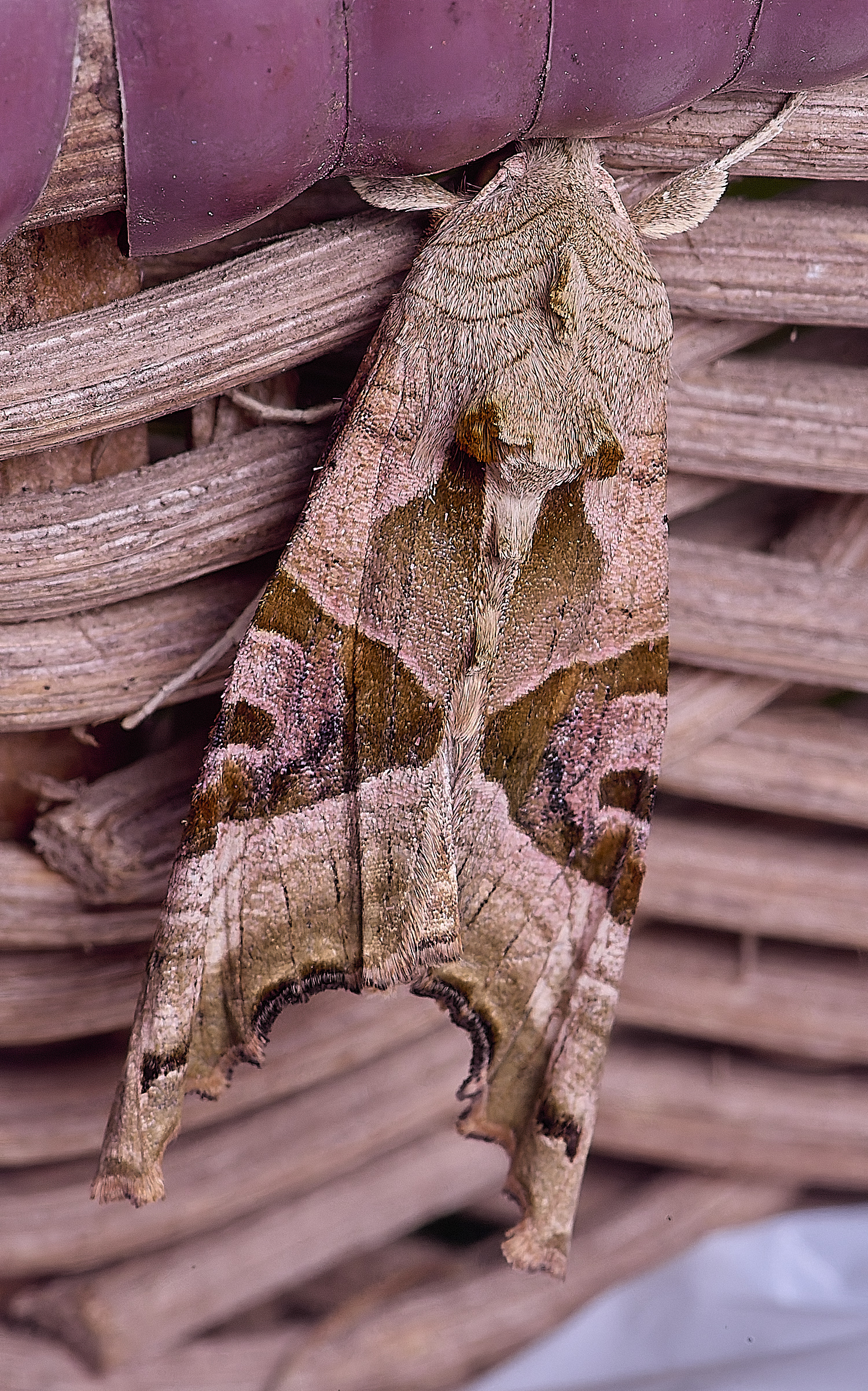
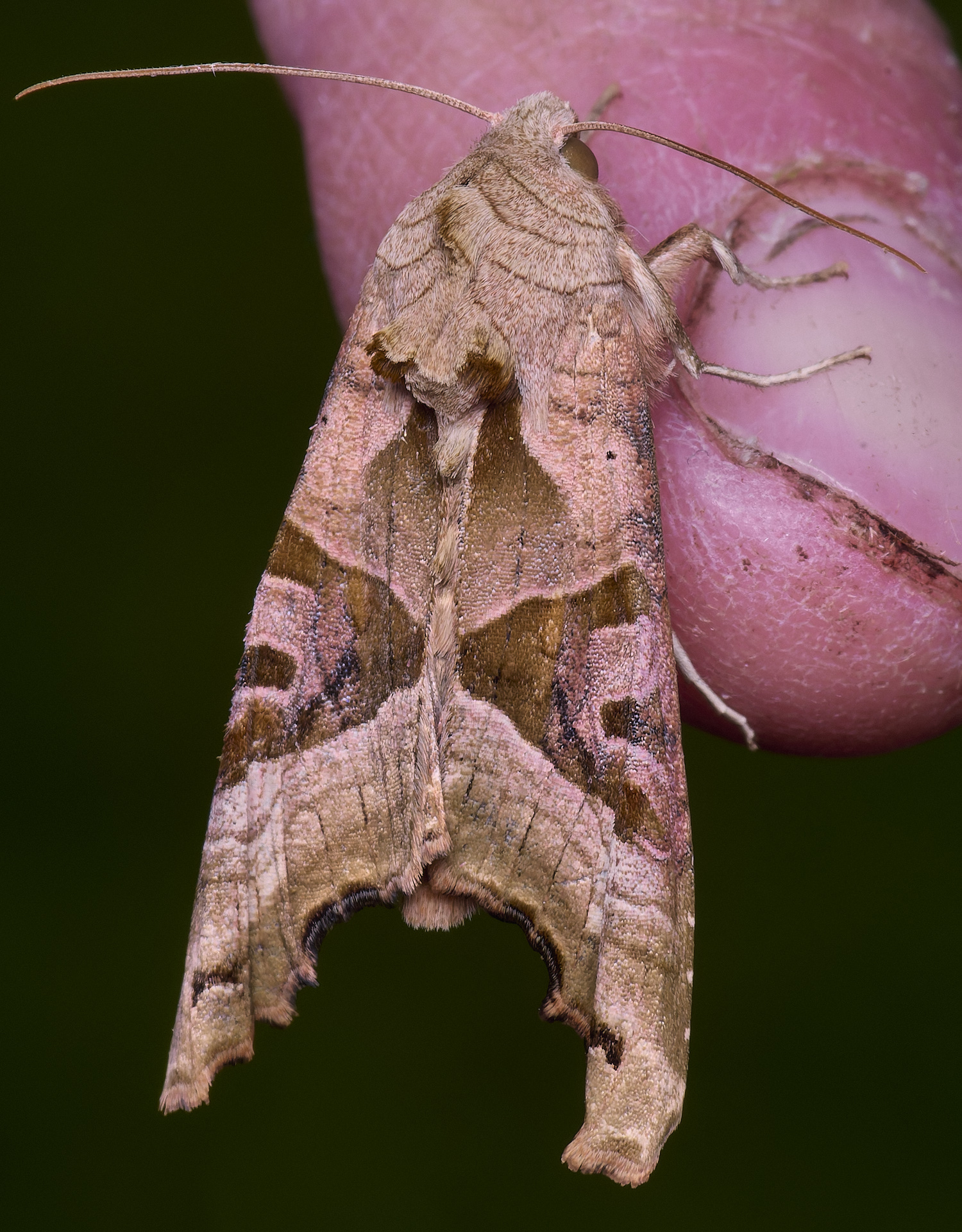
Angle Shades (Phlogophora meticulosa)